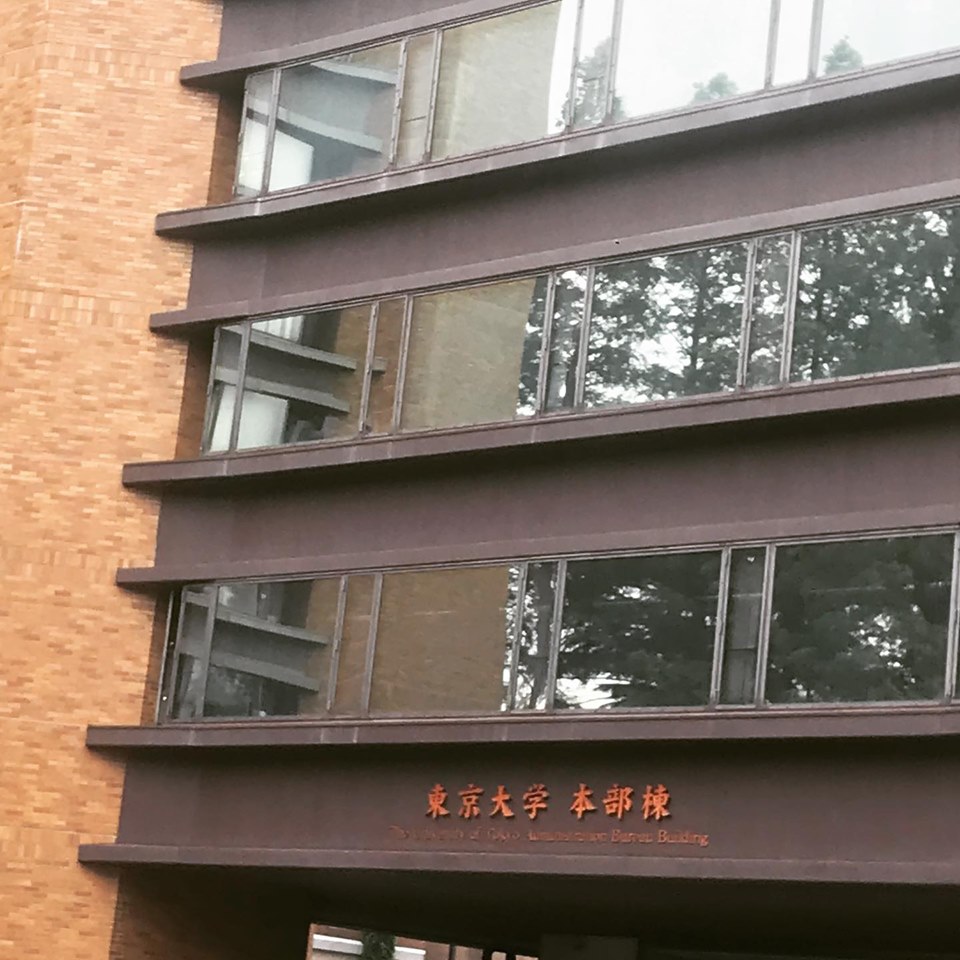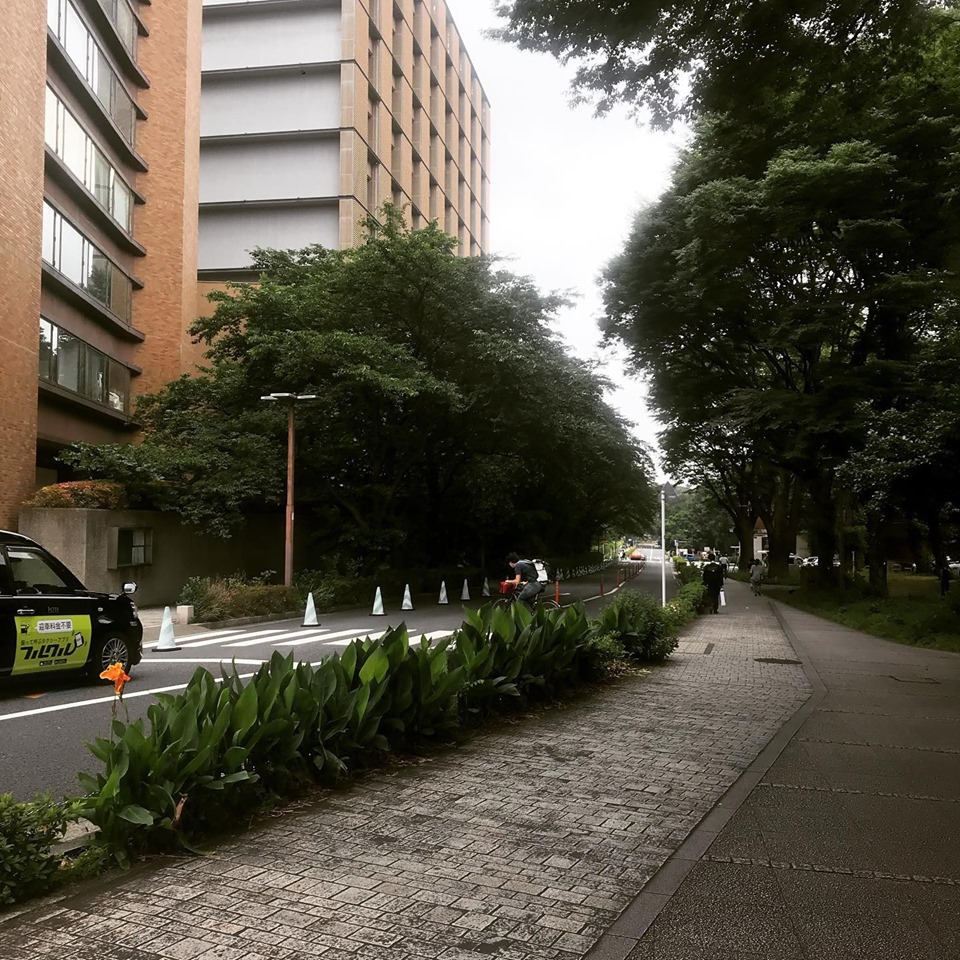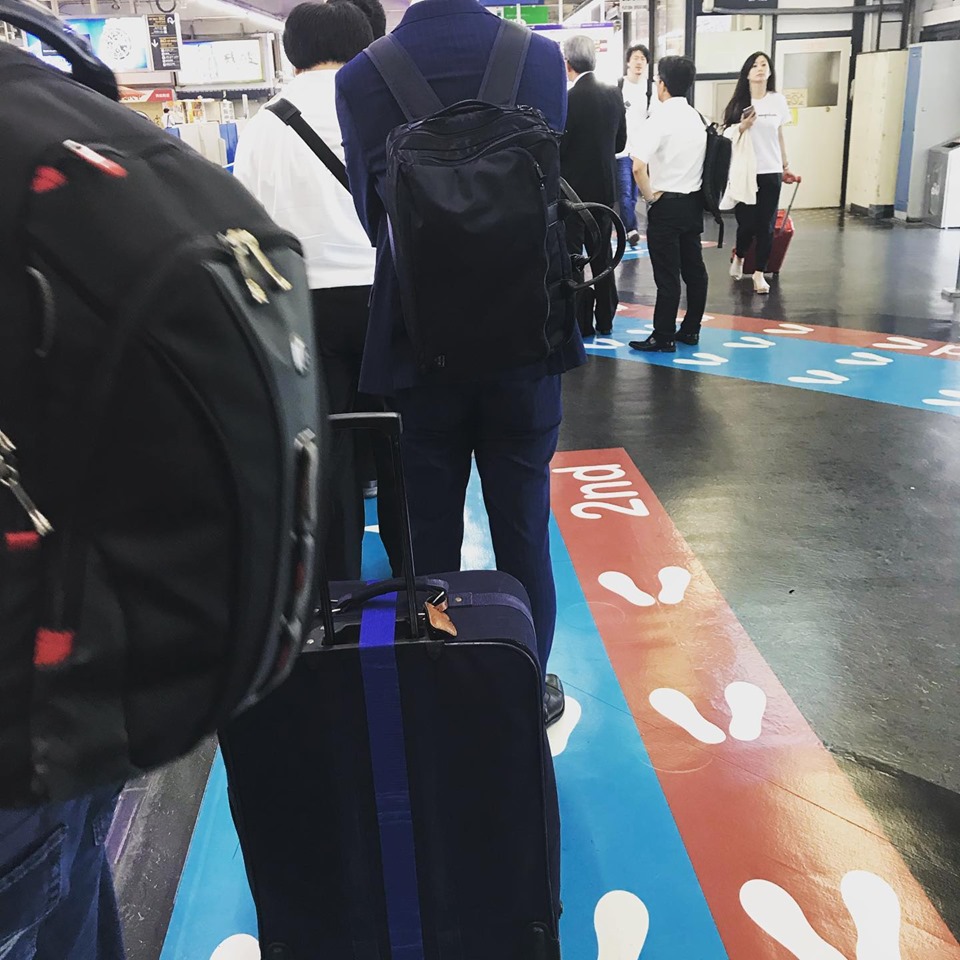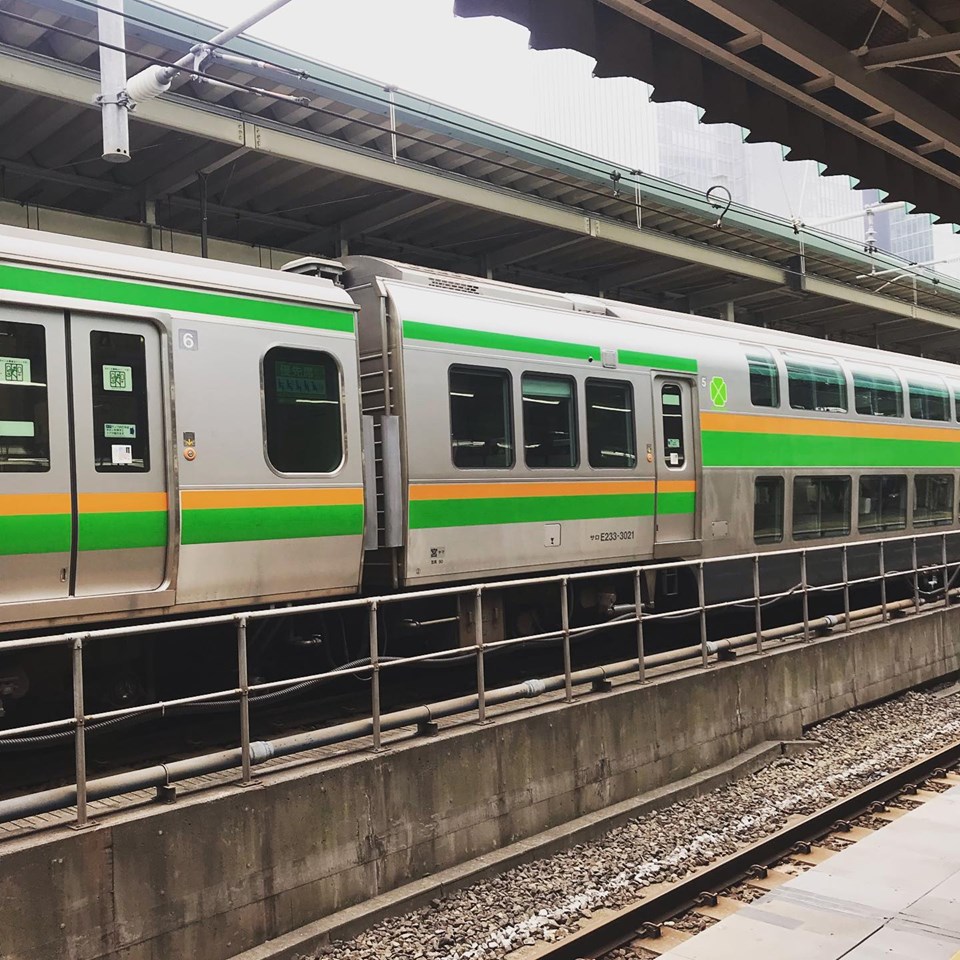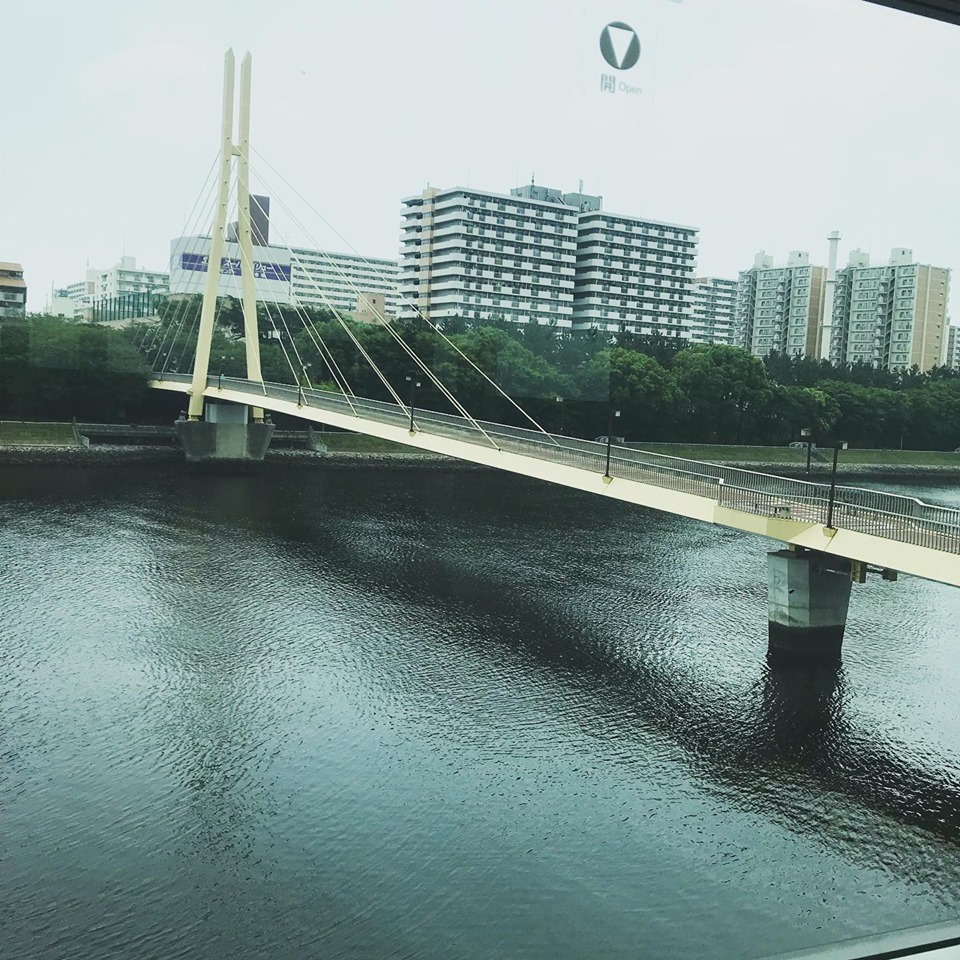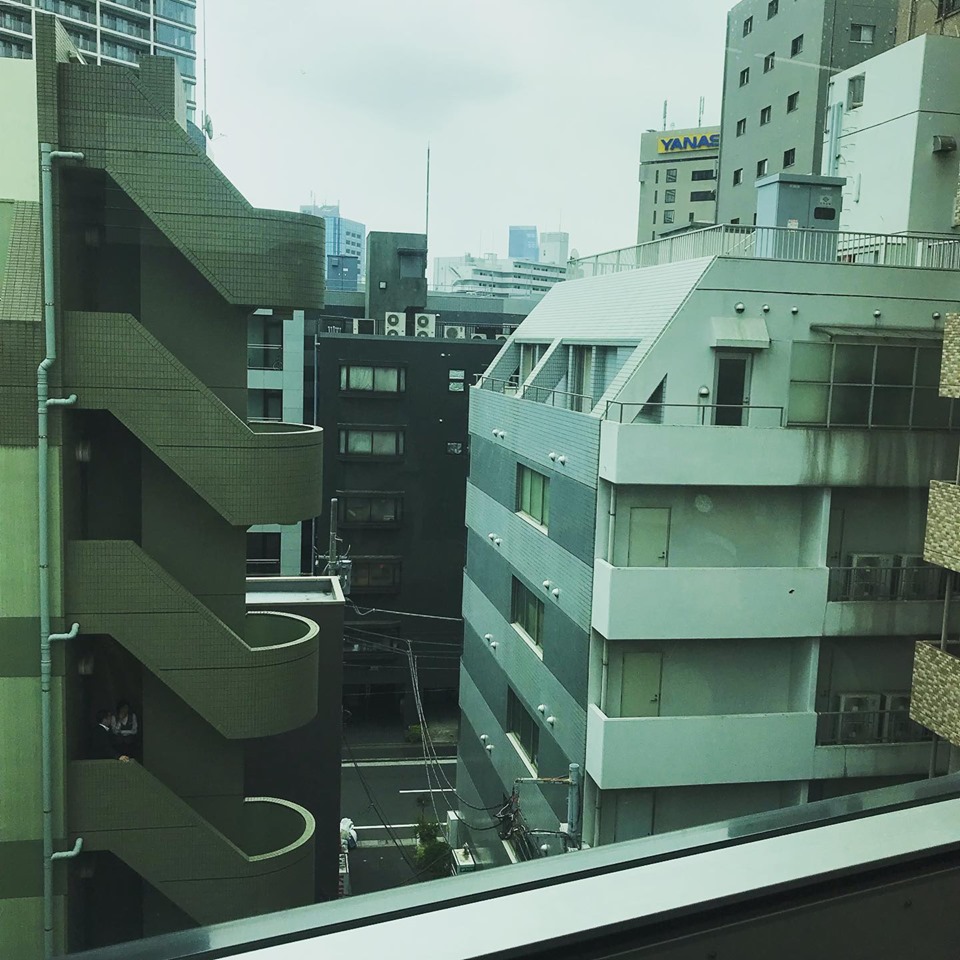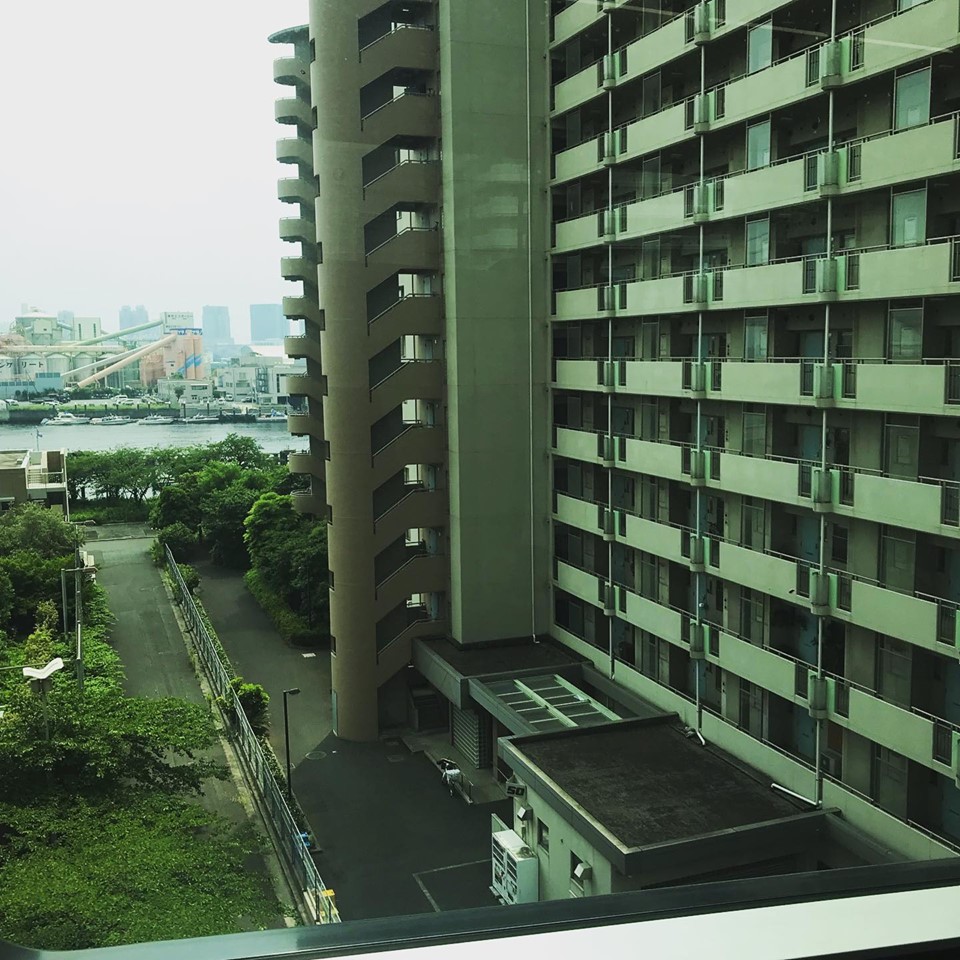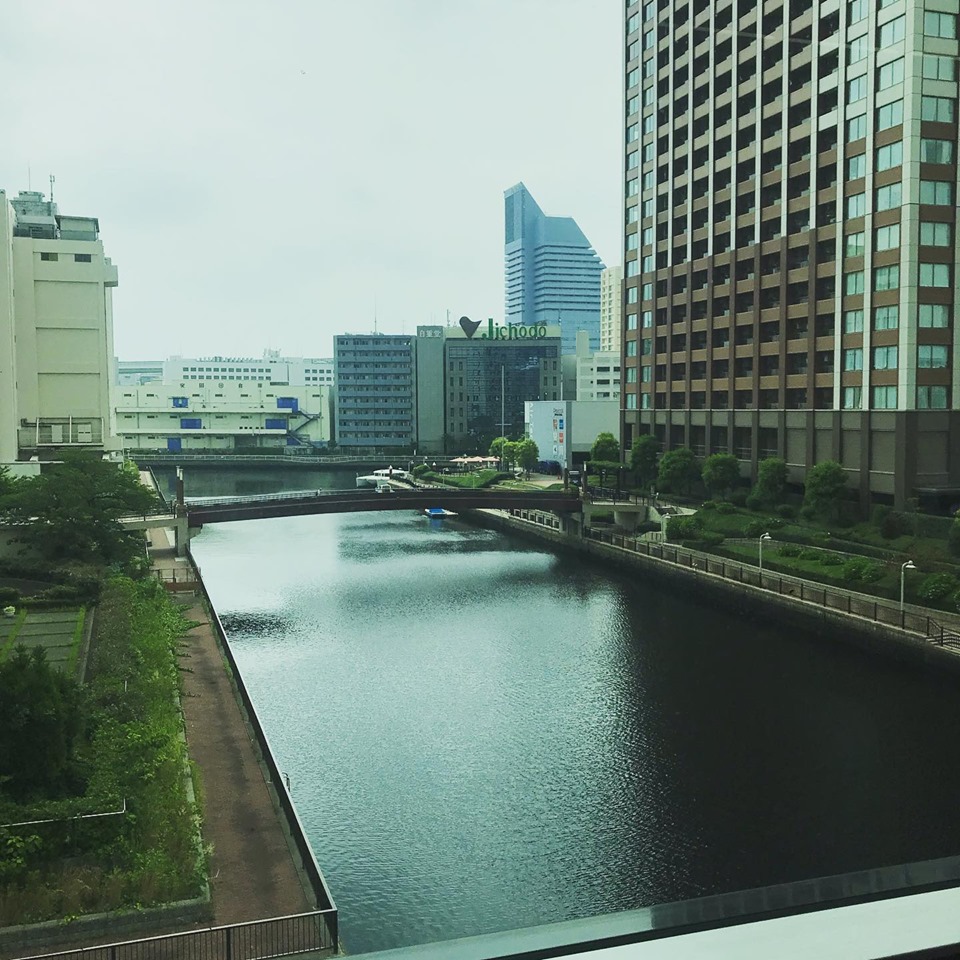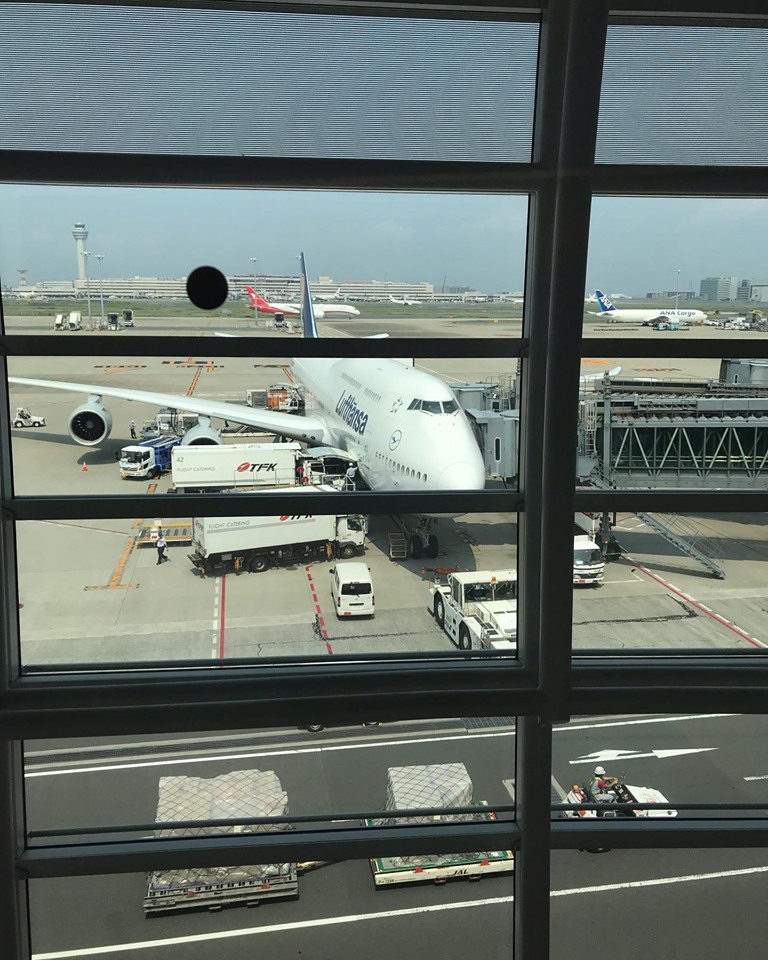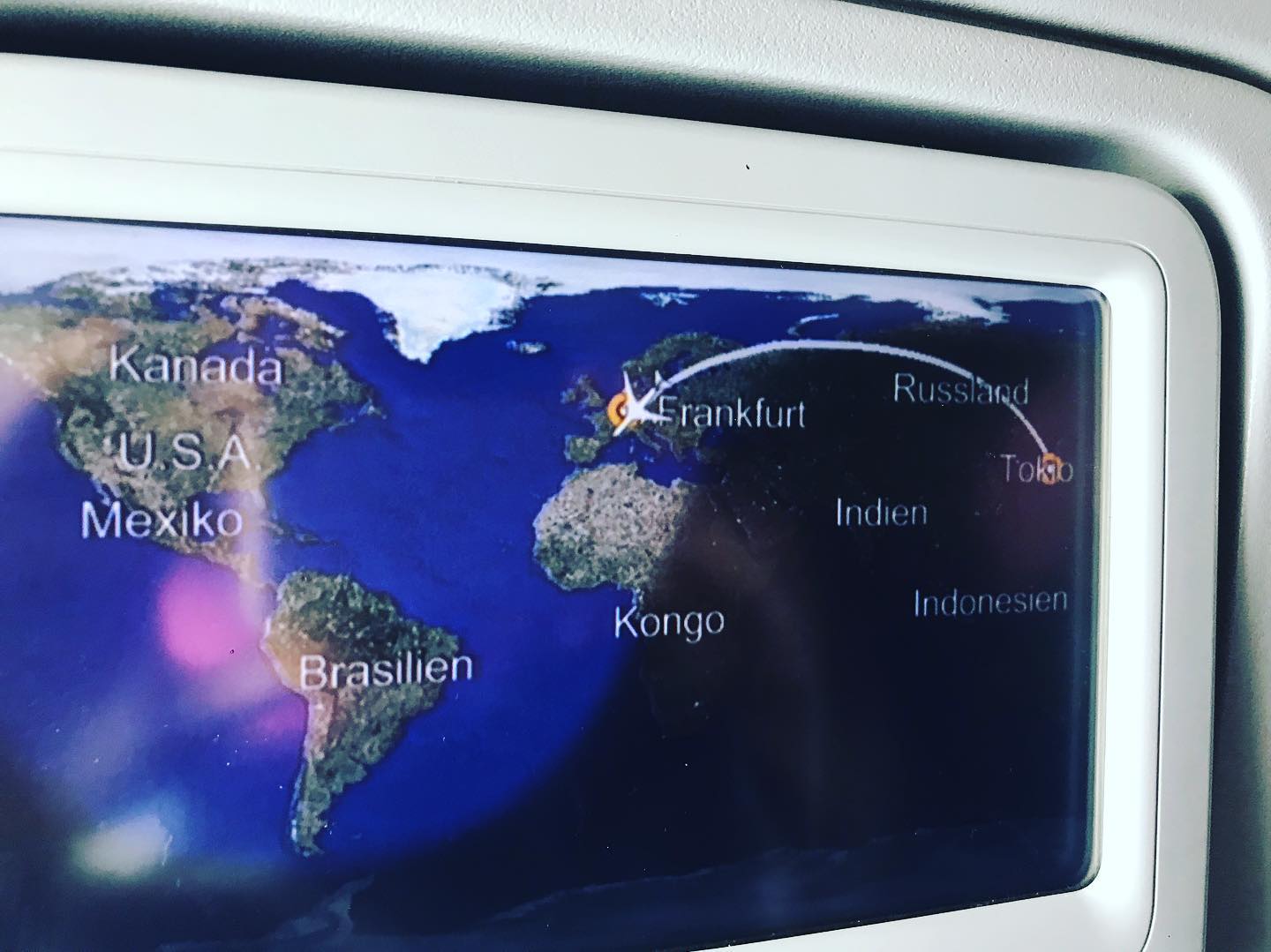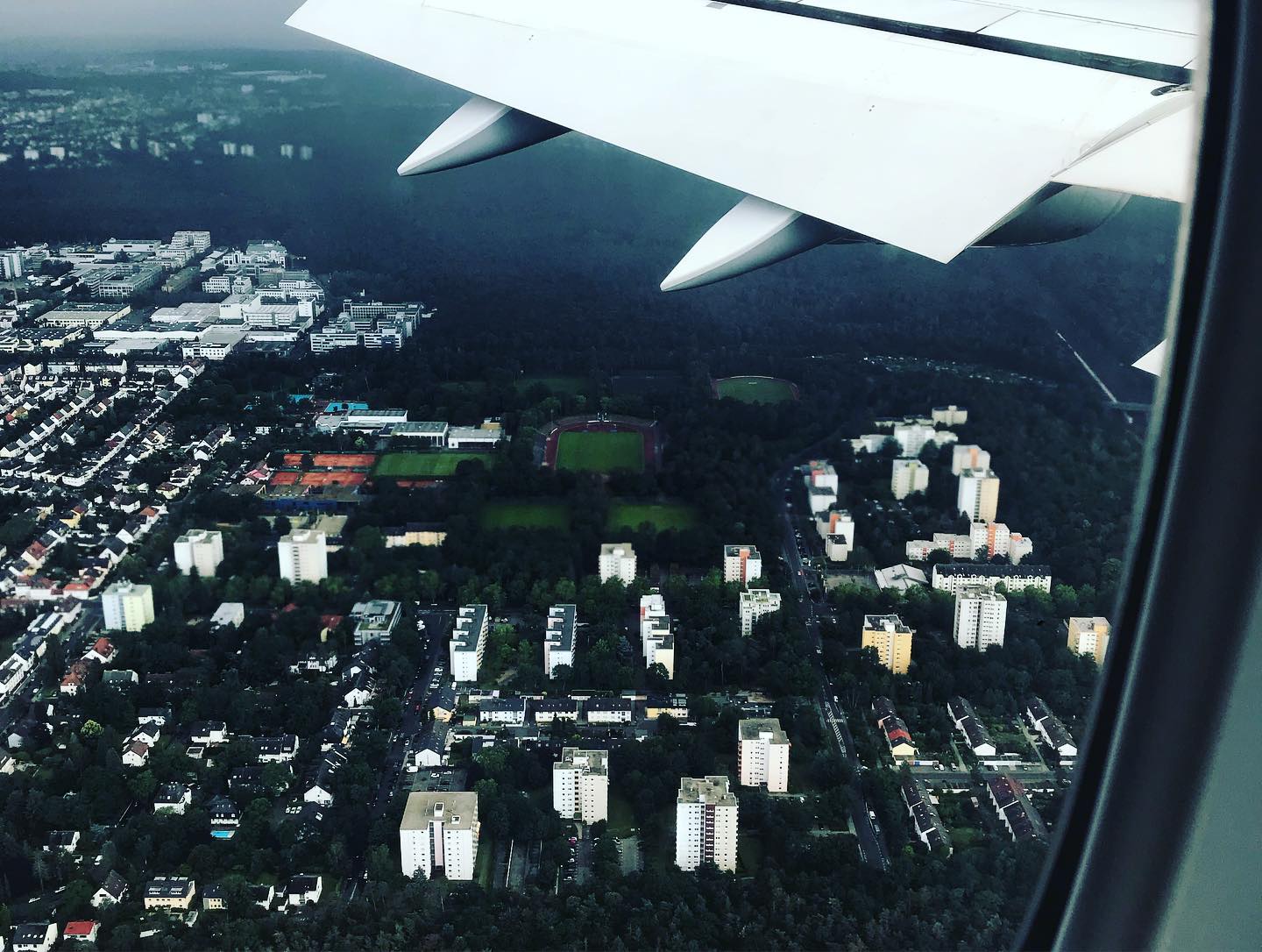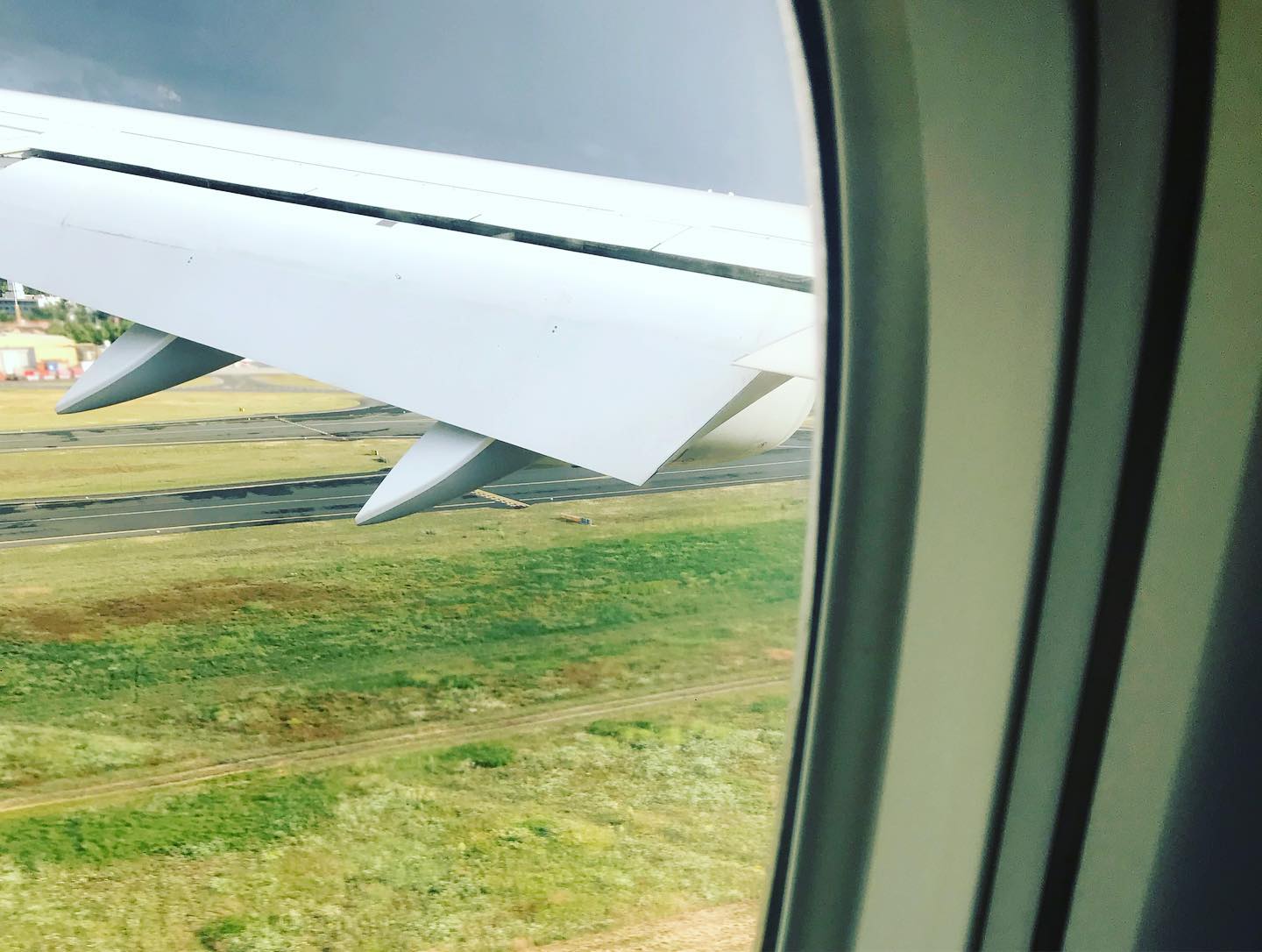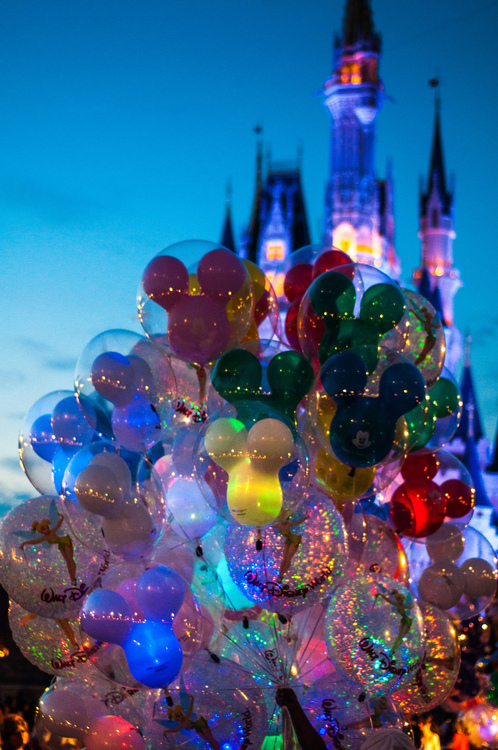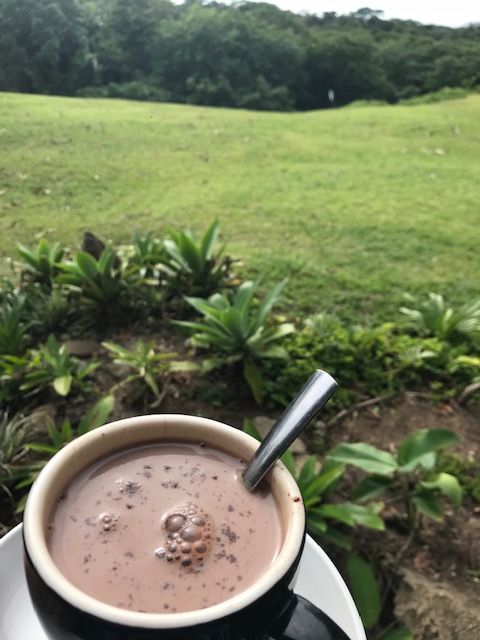Road tripping in Japan : Impressions from our field work/trip in Yui, Shizuoka
On a coach heading to Yui
But why Yui?
Because Yui Port is located in a great position immediately off the southern coast of Suruga Bay in Shizouka prefecture and is famous for being one of the only two ports (the other one is Oigawa Port) where the fishing of the rare Sakura shrimp is permitted (For reasons related to the conversation and protection of Sakura shrimp populations).
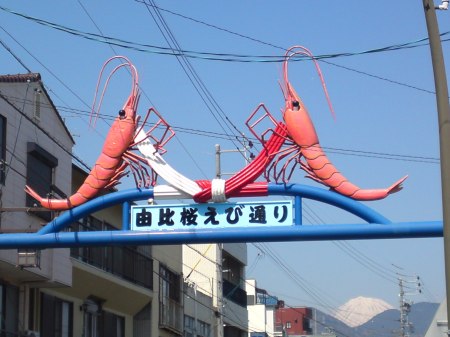
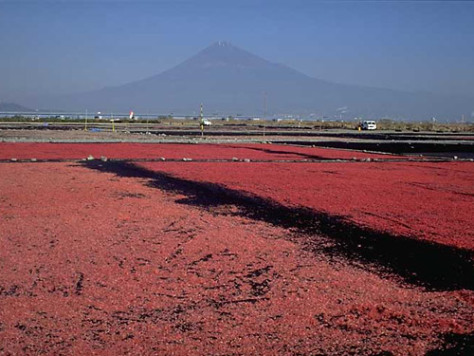
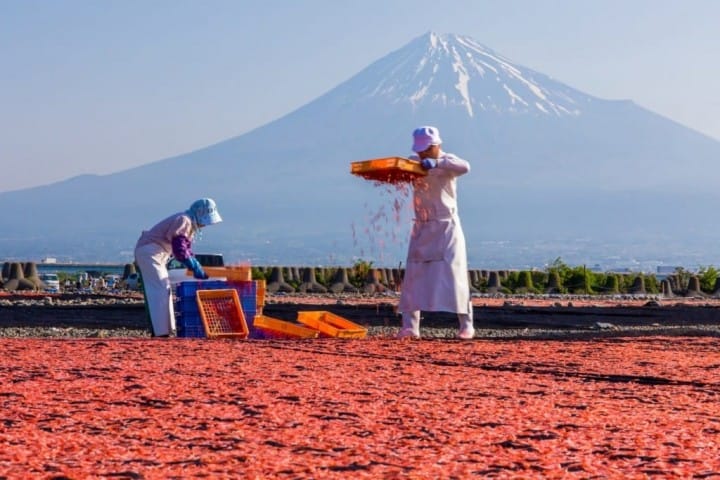
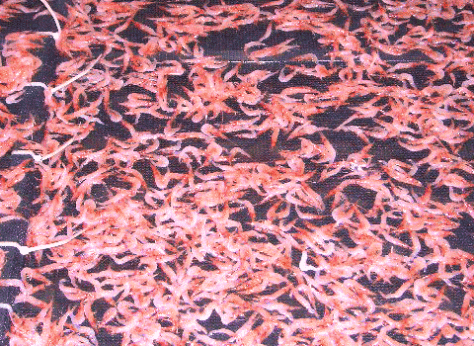
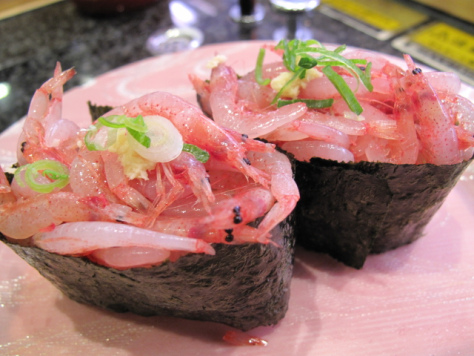
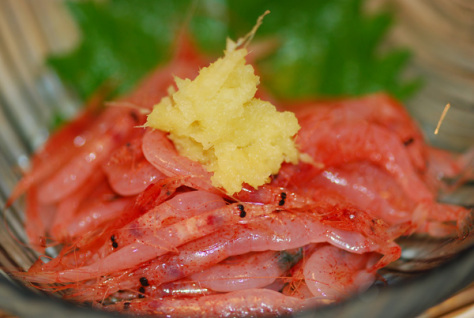
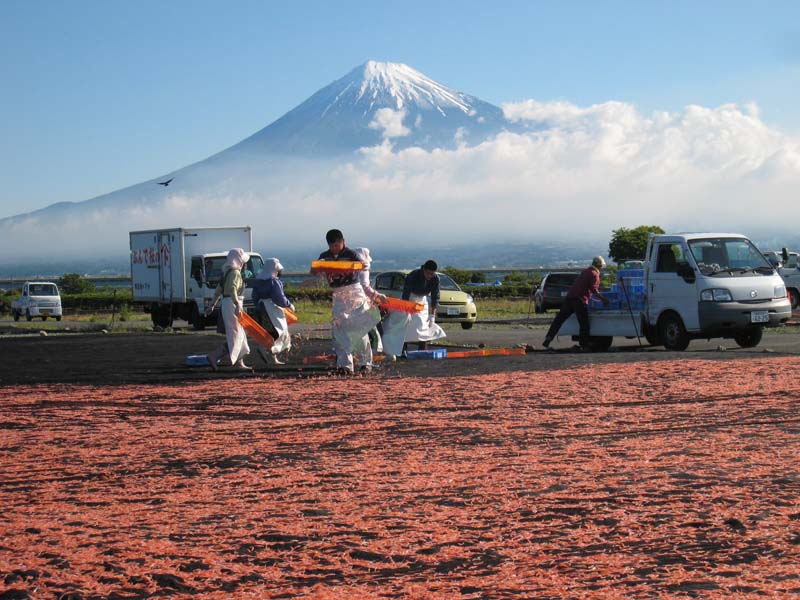
100% of sakura shrimp harvested in Japan are from Suruga Bay!
- Sakura shrimp is a resource that can only be caught in Suruga Bay, Japan and Taiwan with Shizuoka being the only place in the world where you can eat it raw.
- During the spring harvest season (end of March – beginning of June) and the fall harvest season (end of October – end of December) the Sakura shrimp unloaded in Yui port are dried on the river bank of Fuji River in Kanbara.
- The origin of Sakura shrimp harvesting can be dated back to 1894 and has a 120 year long history.
- Melt water from Mount Fuji, Japan’s highest peak, produces the clear streams of Fuji River, Oi River, and Abe River that flow into Suruga Bay, making it a suitable habitat for Sakura shrimp.
- The Sakura shrimp of Suruga Bay are raised on this melt water and are characteristically small and sweet.
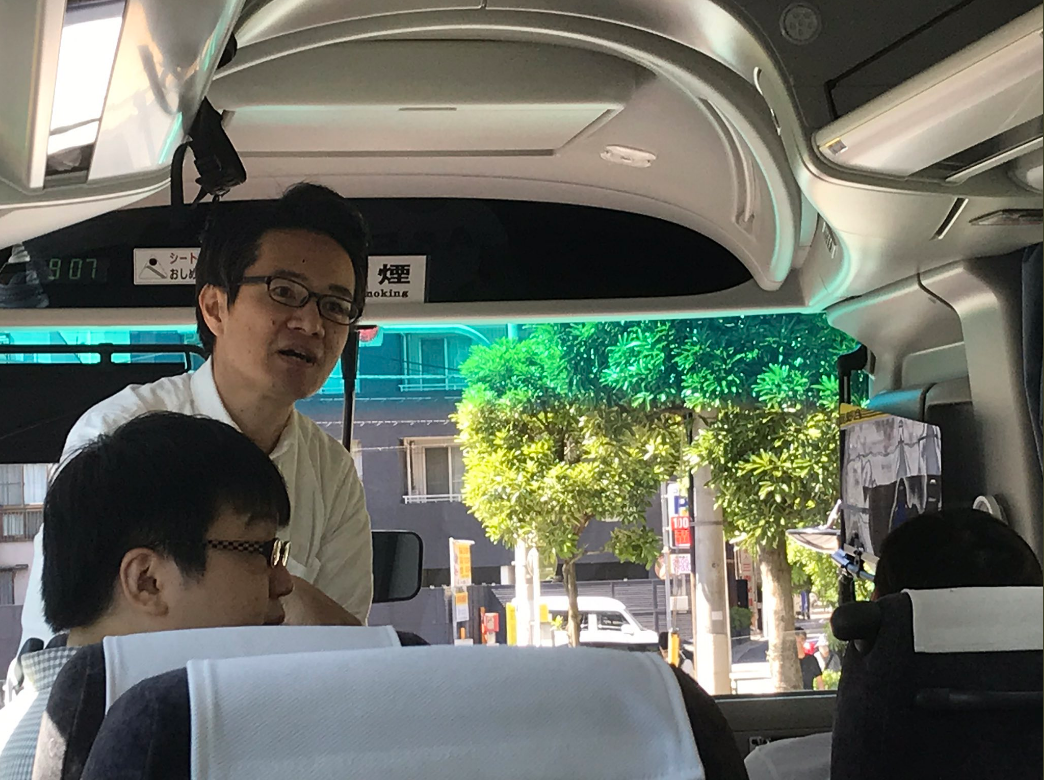
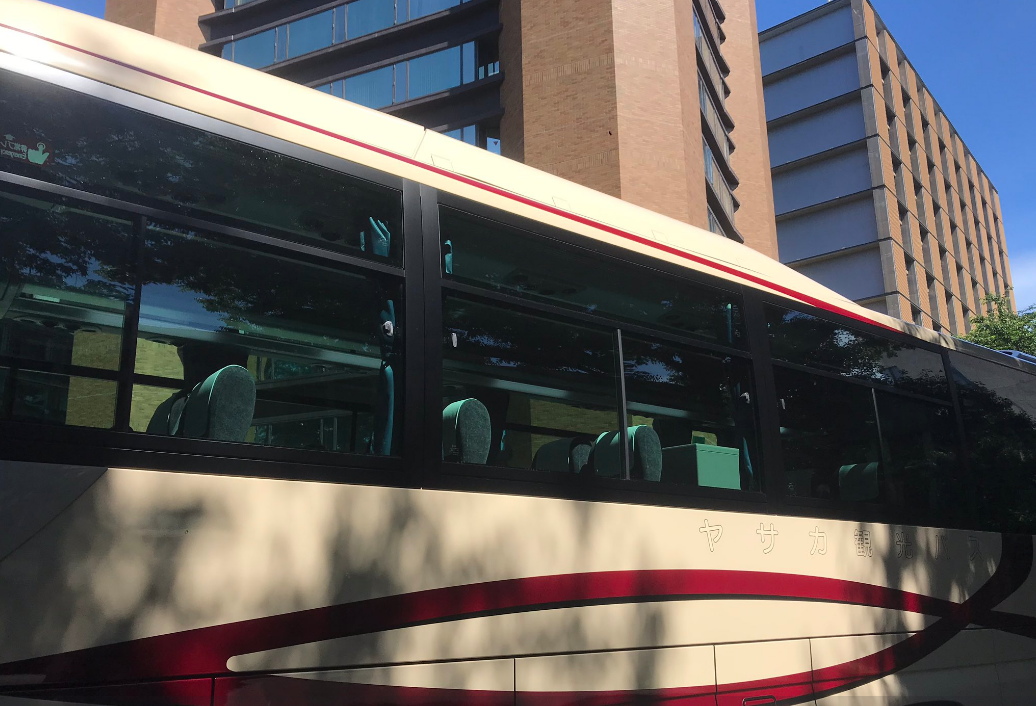
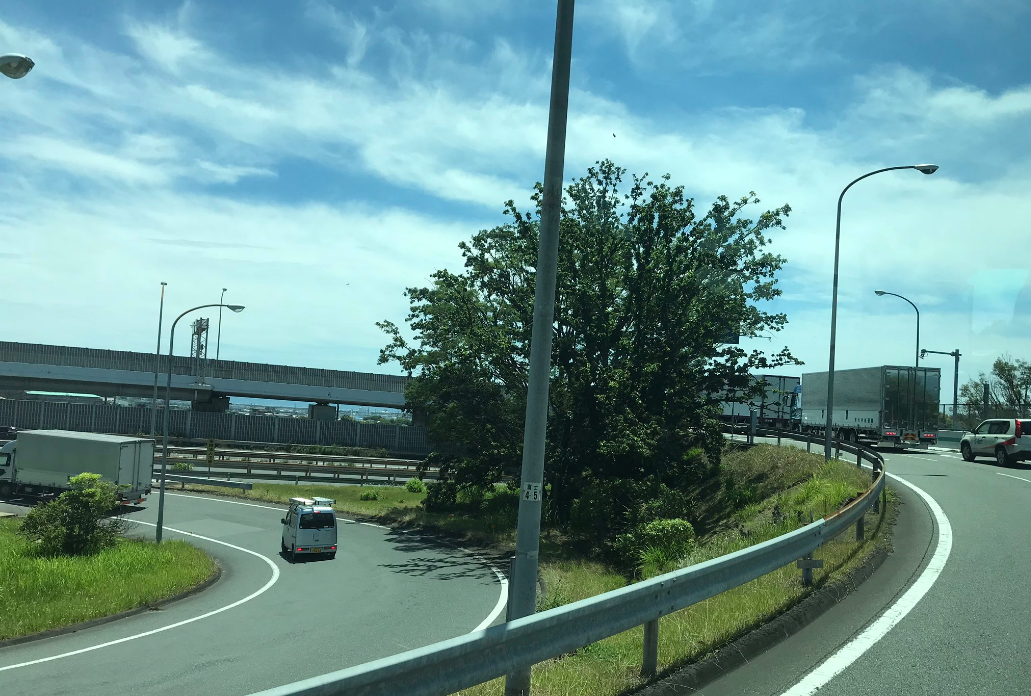
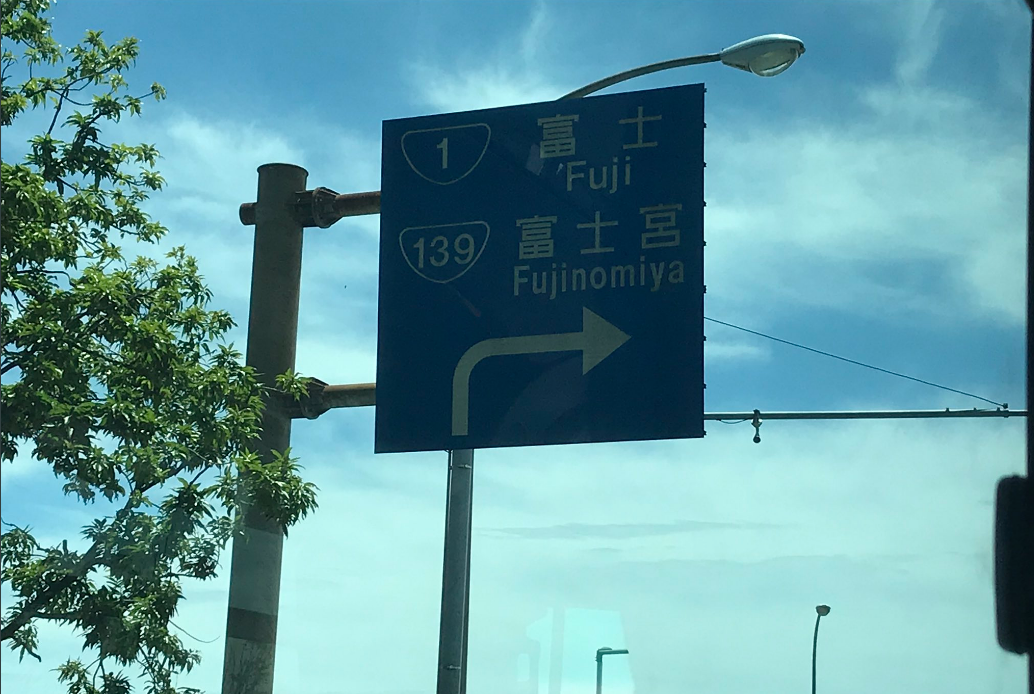
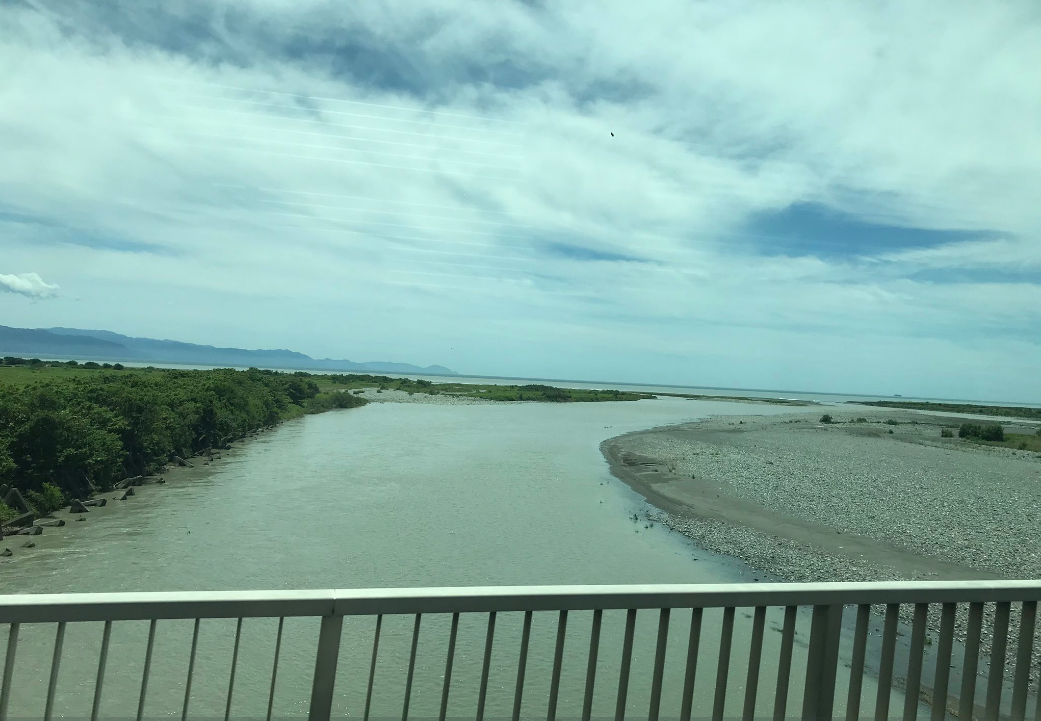
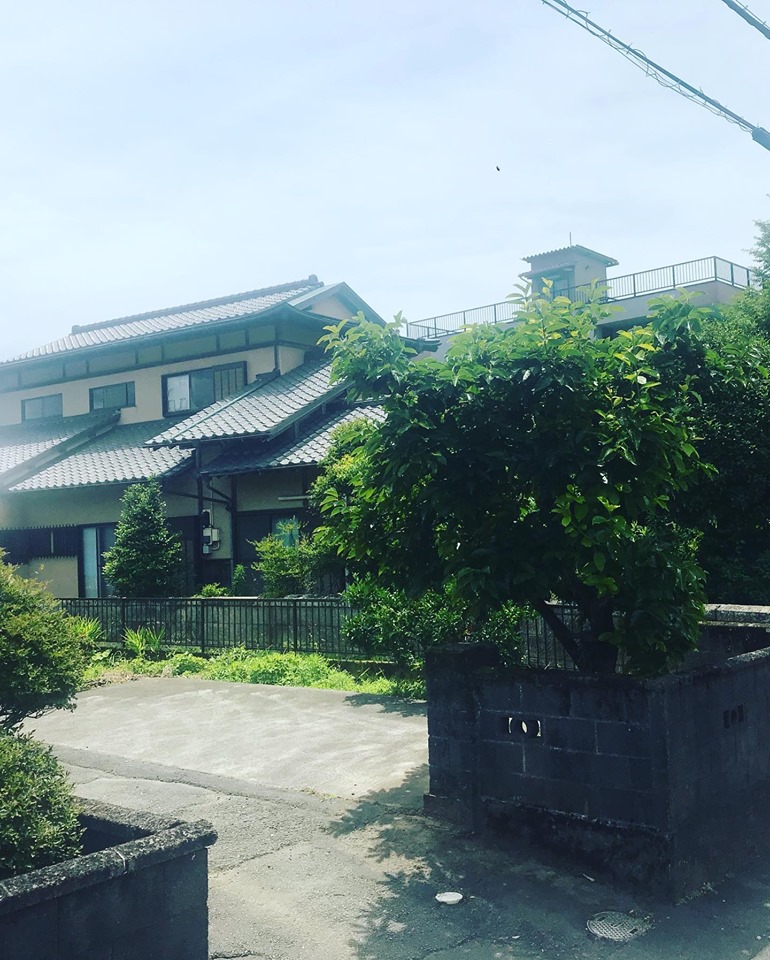
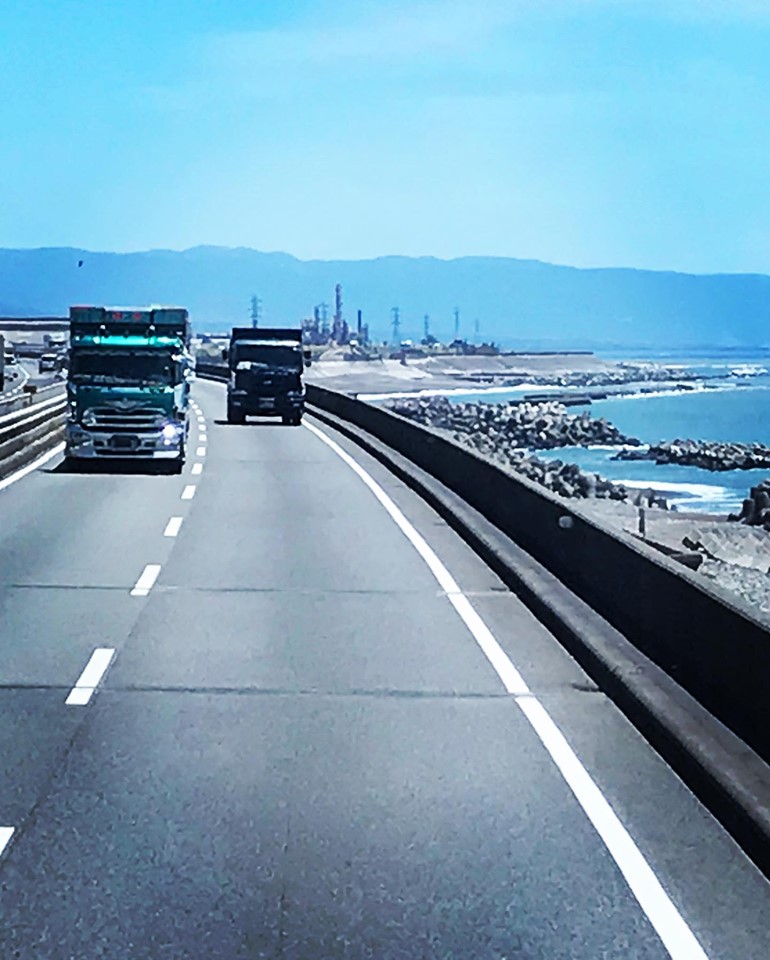
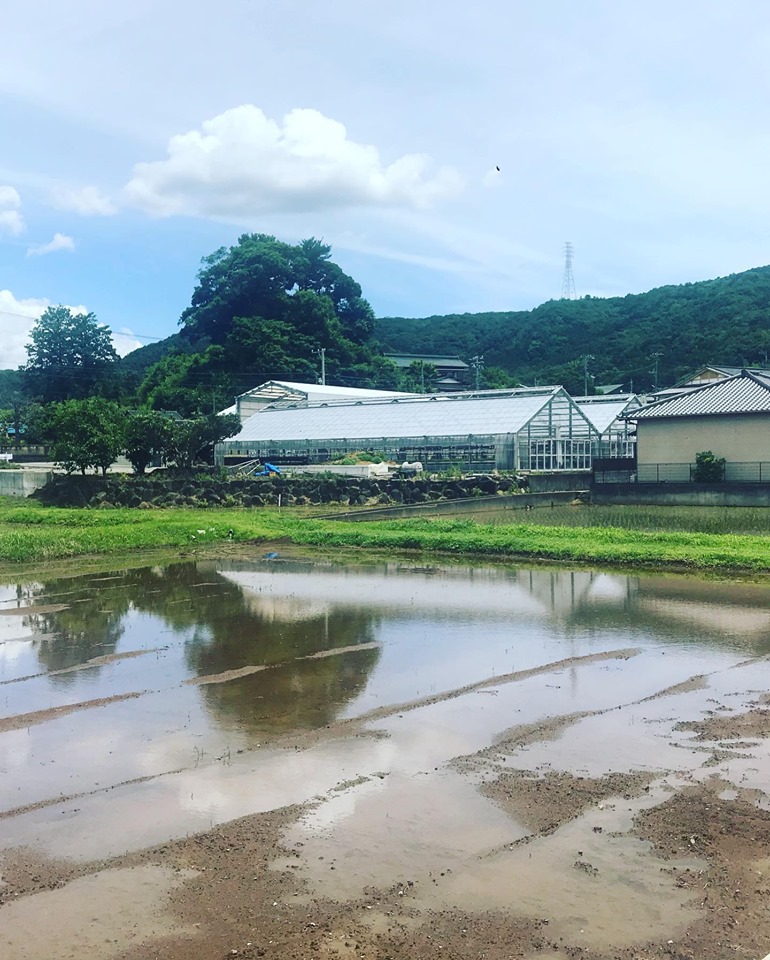
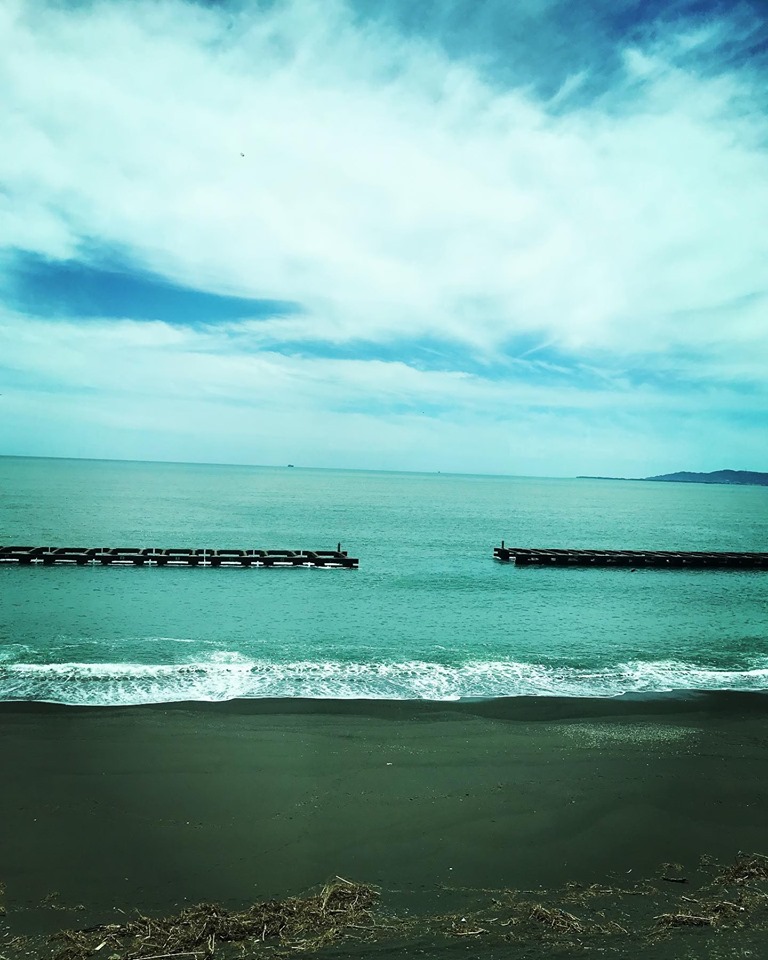
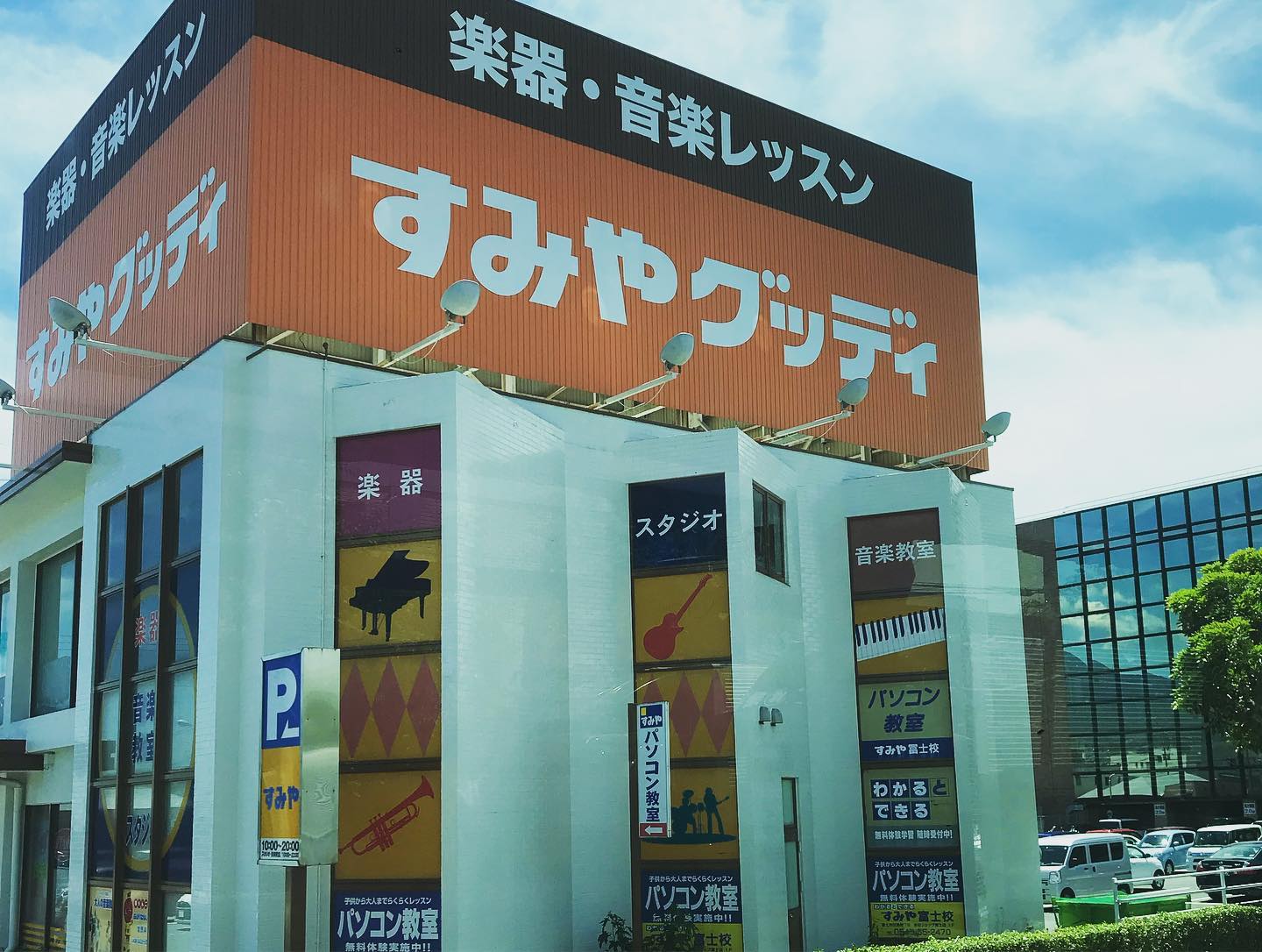
Arrival in Yui

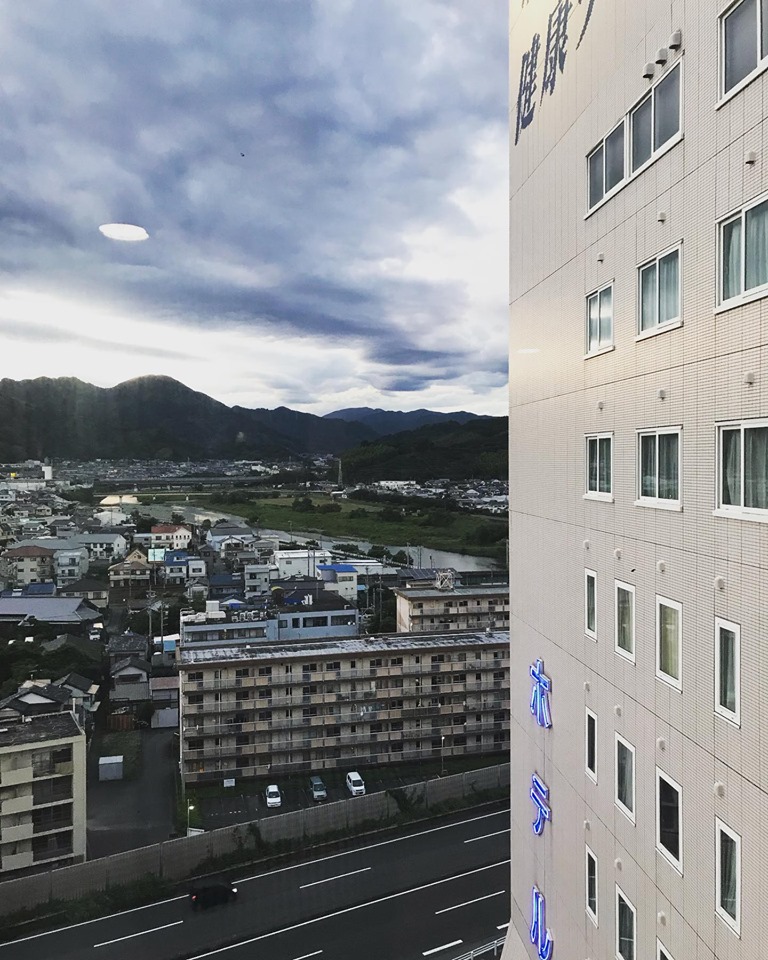
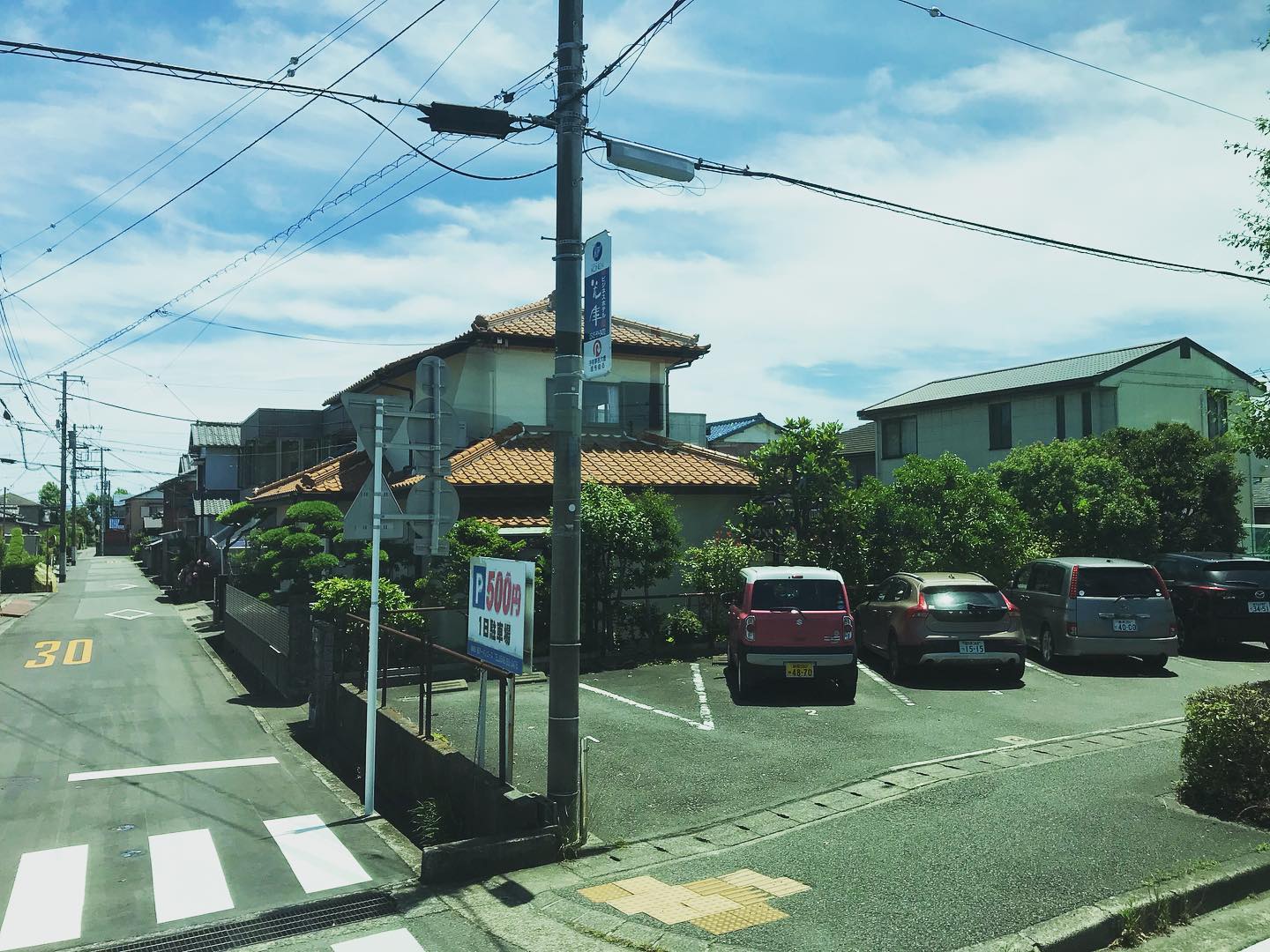
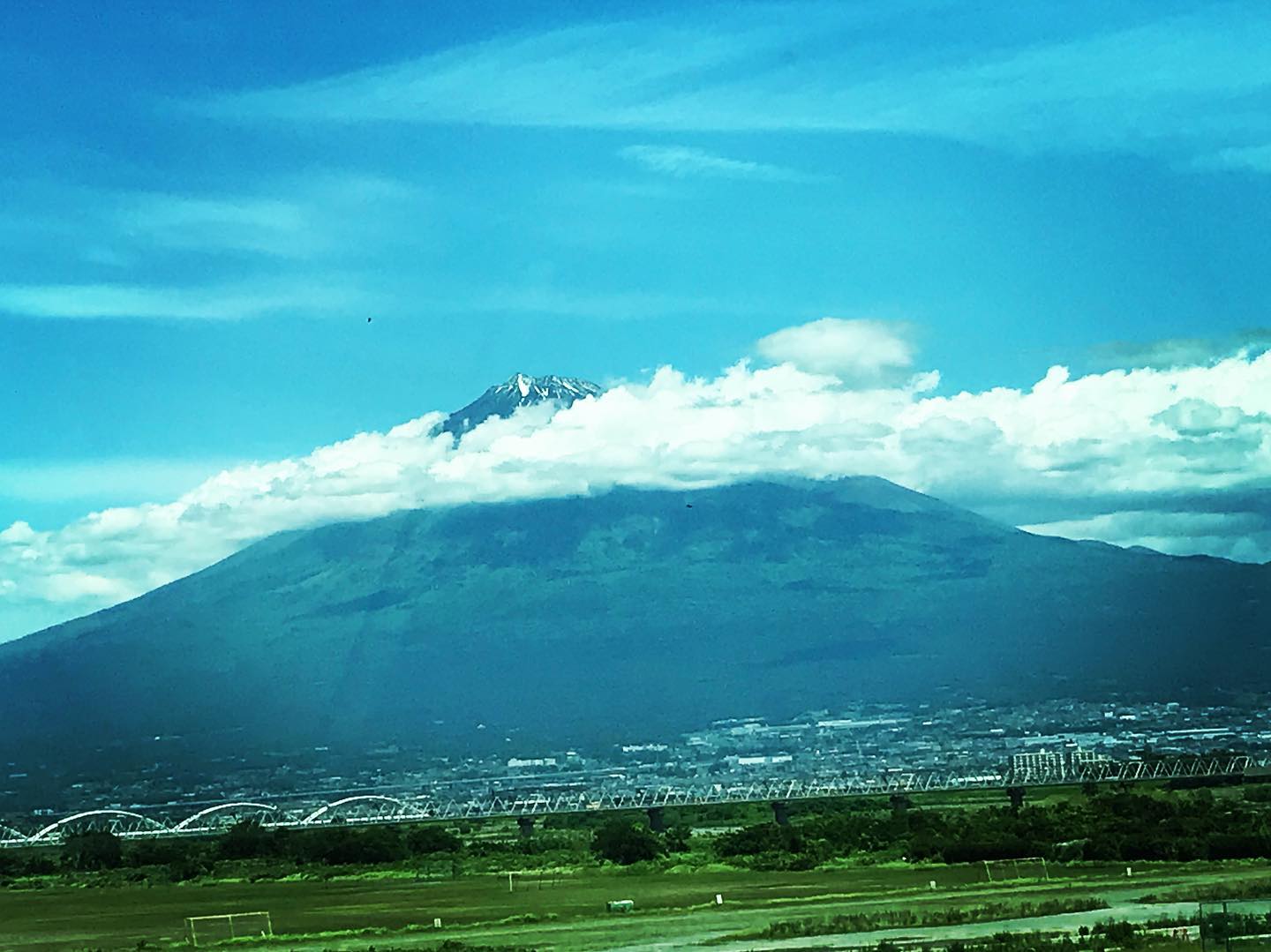

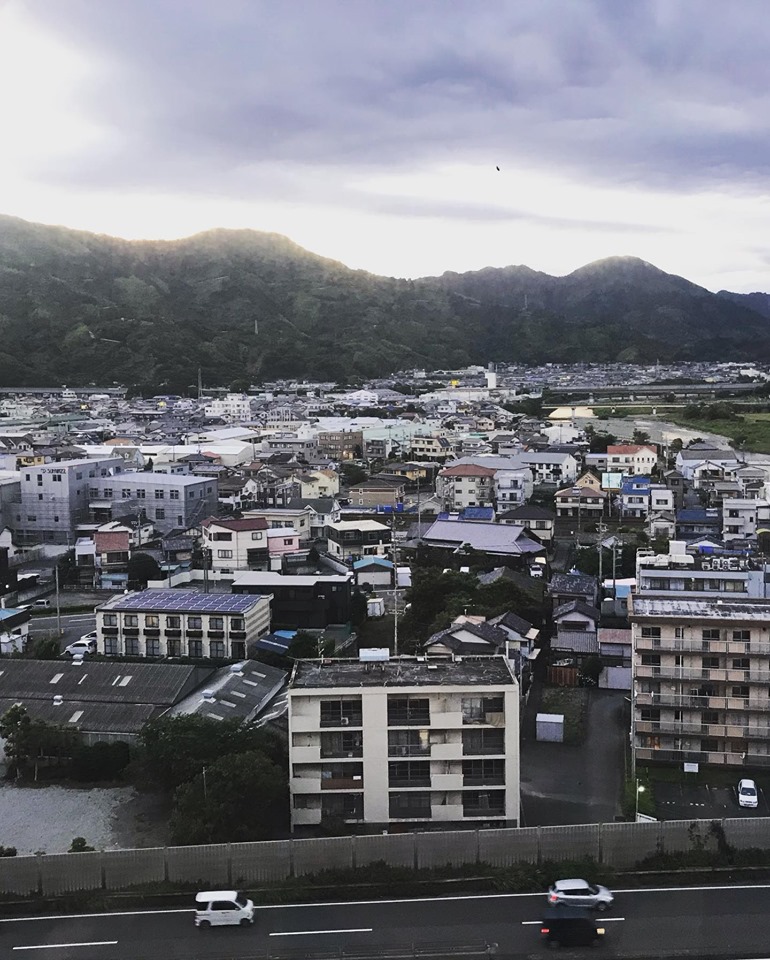
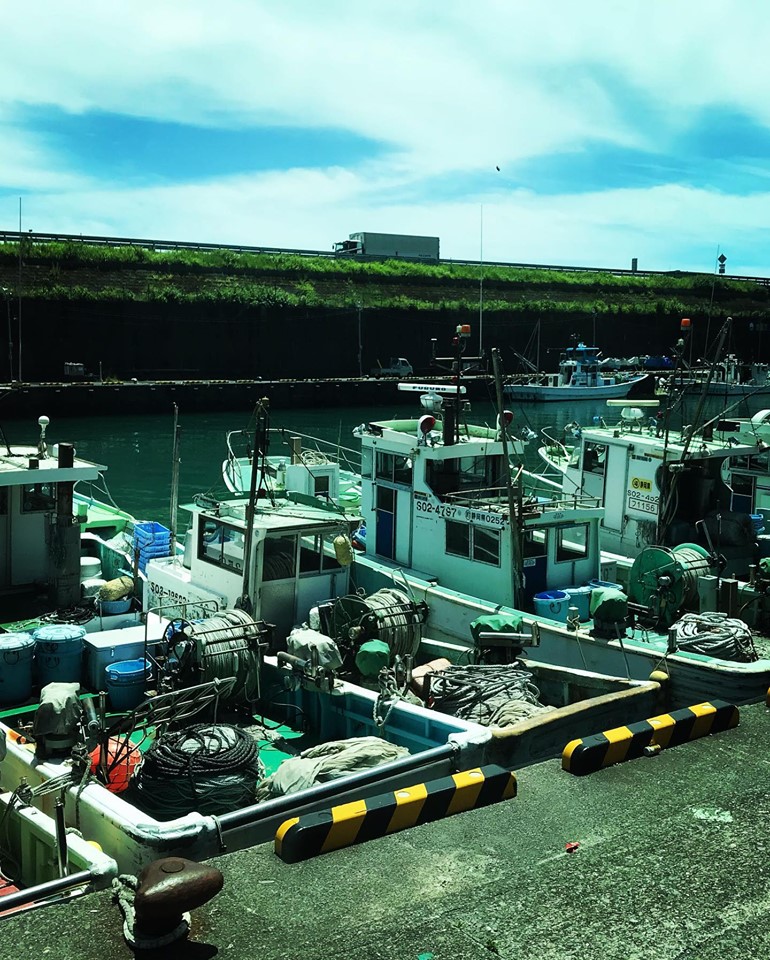
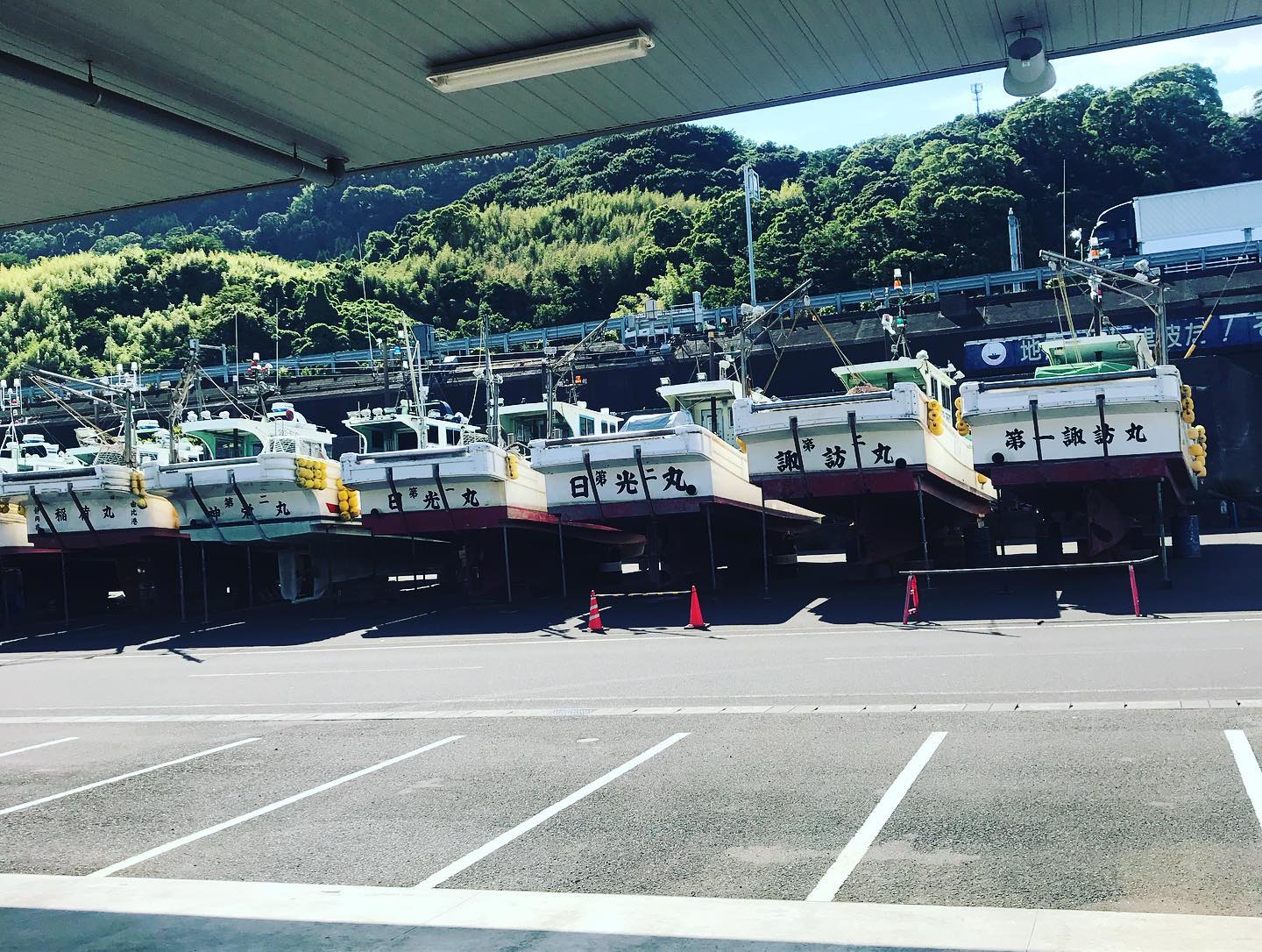
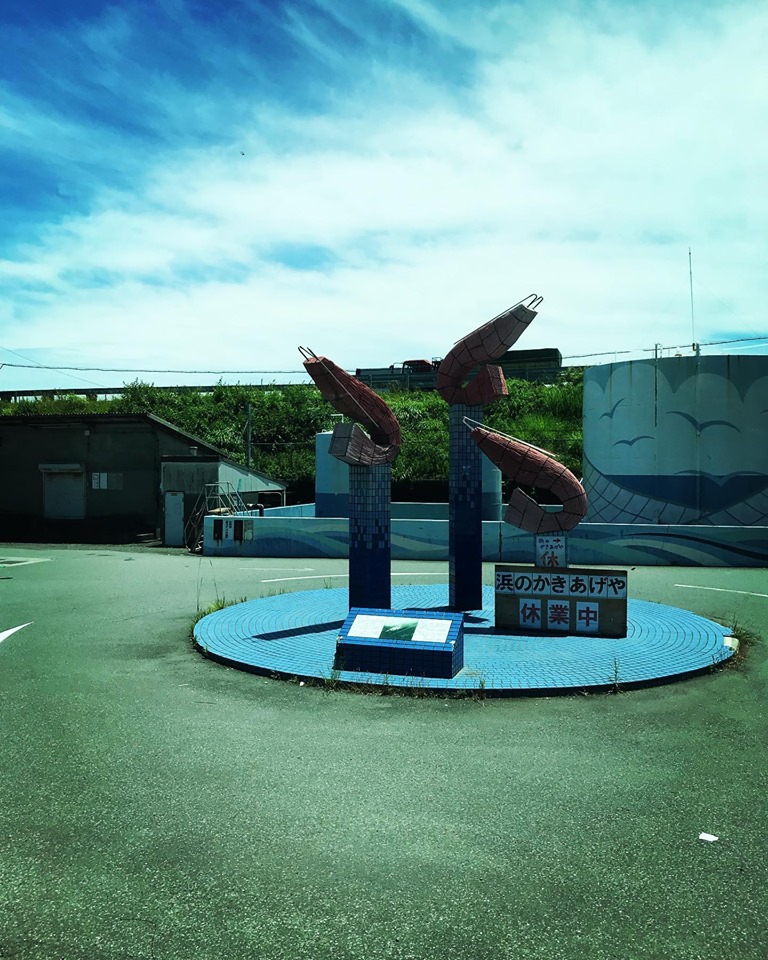
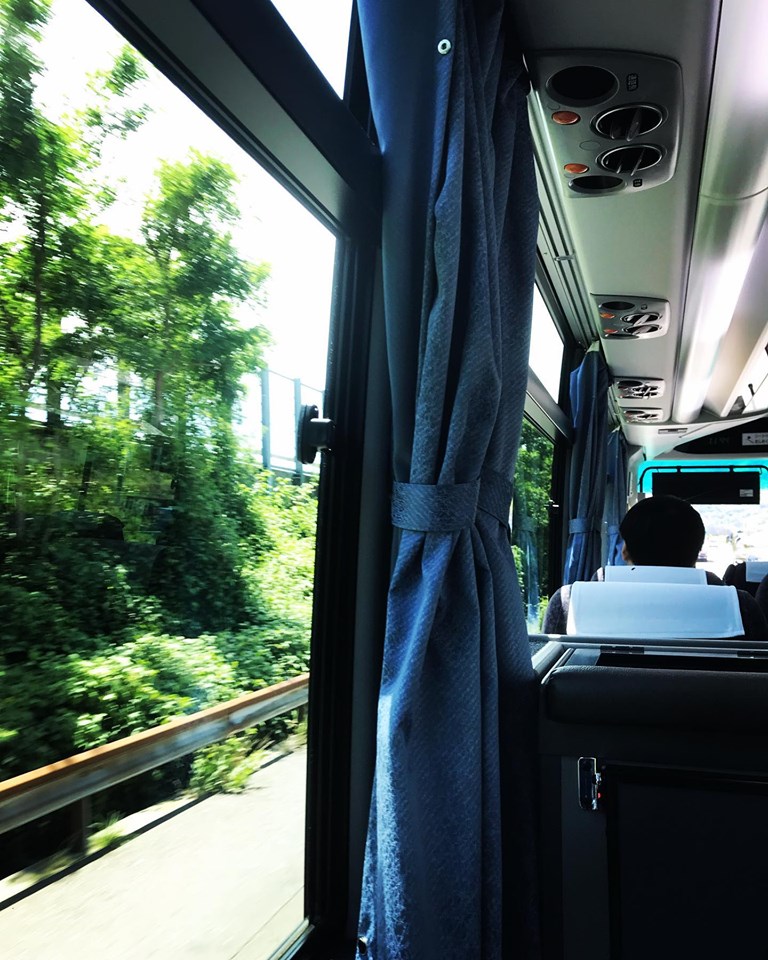
Lunch at the Fishermen’s Association
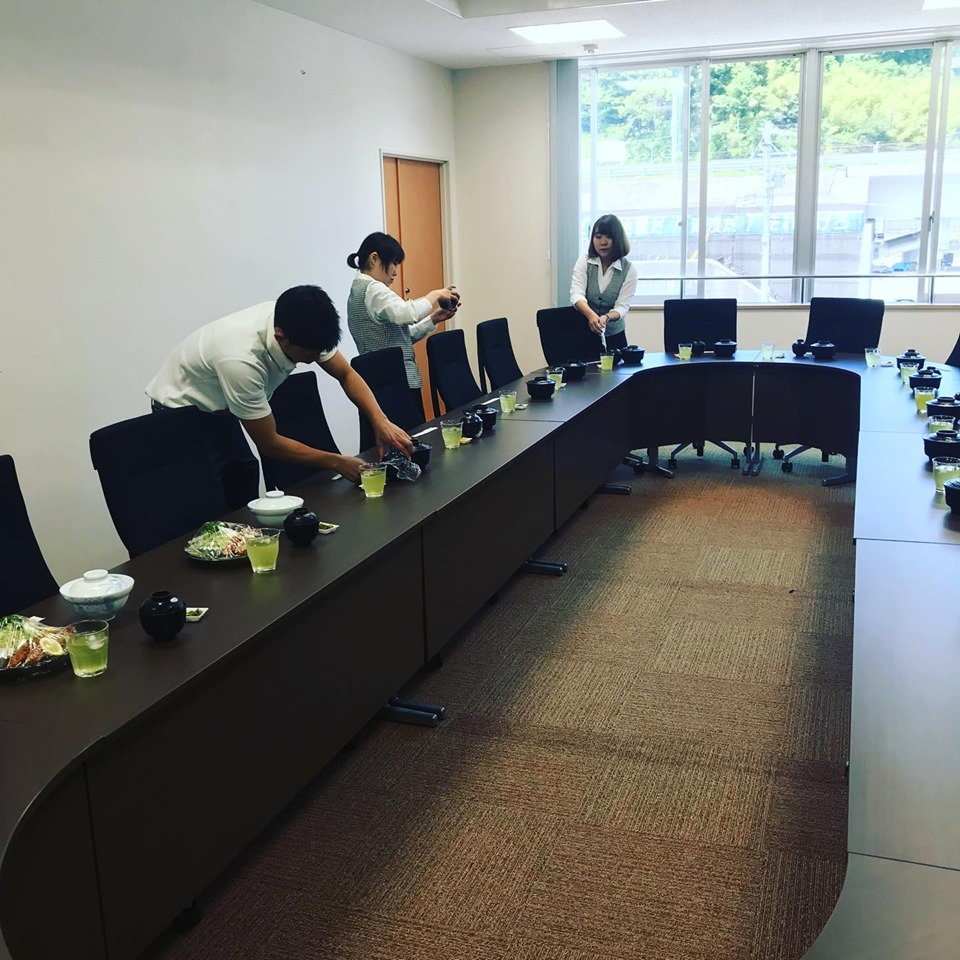
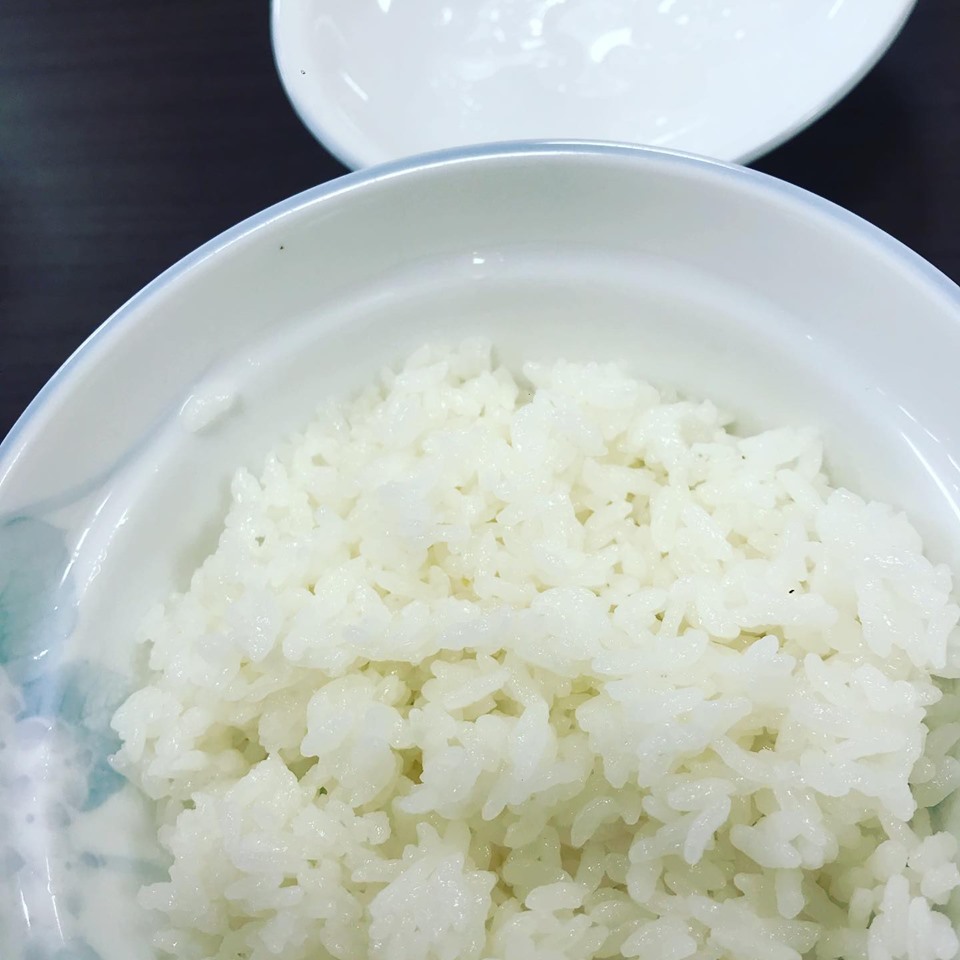
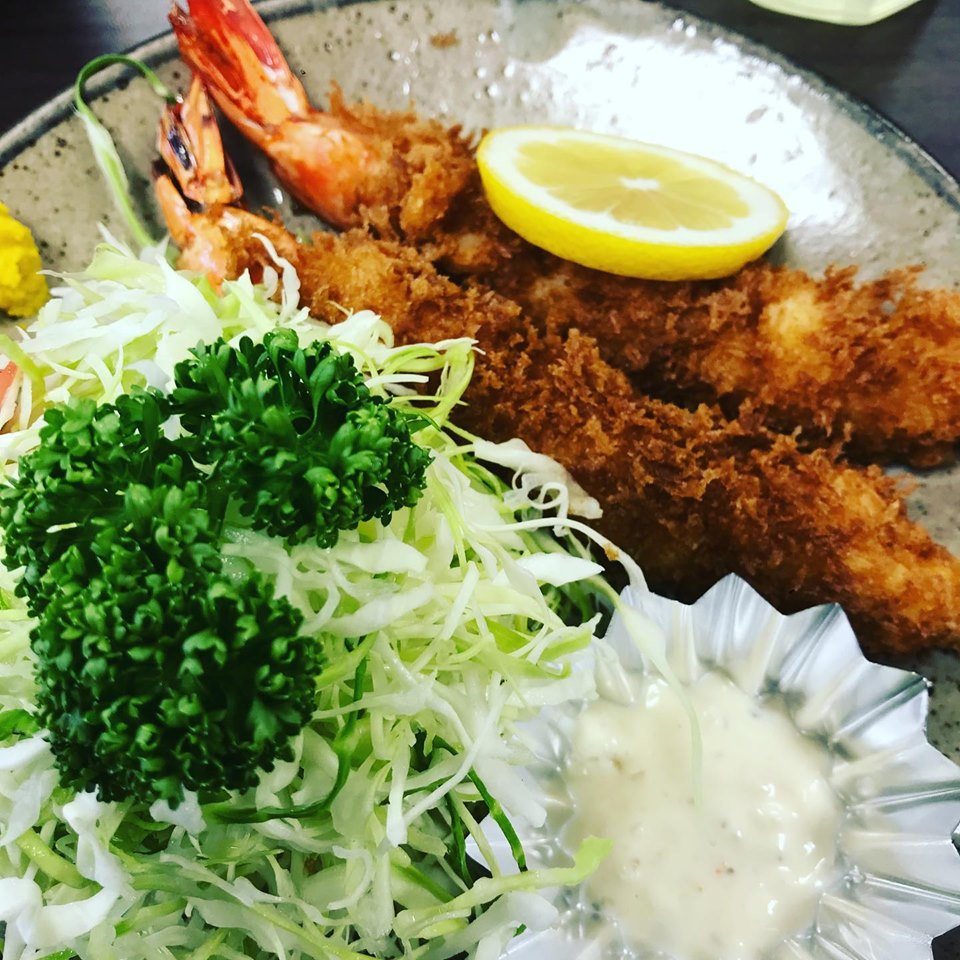
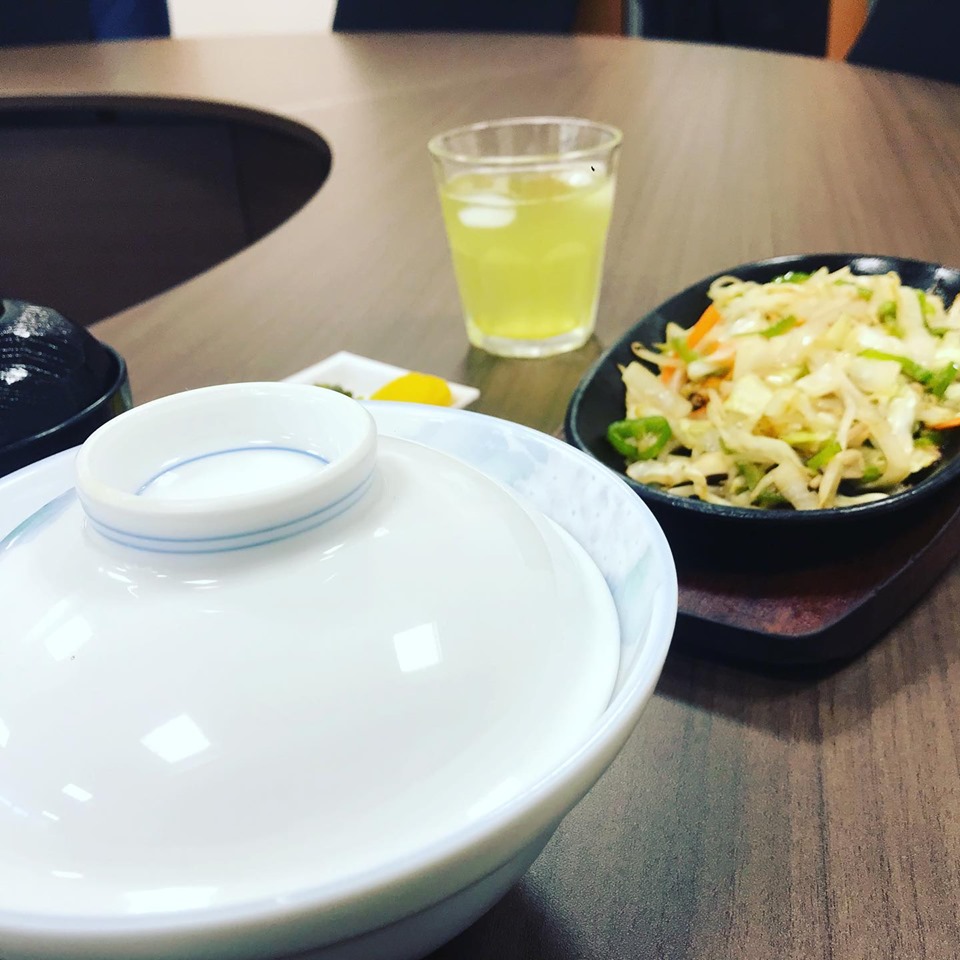
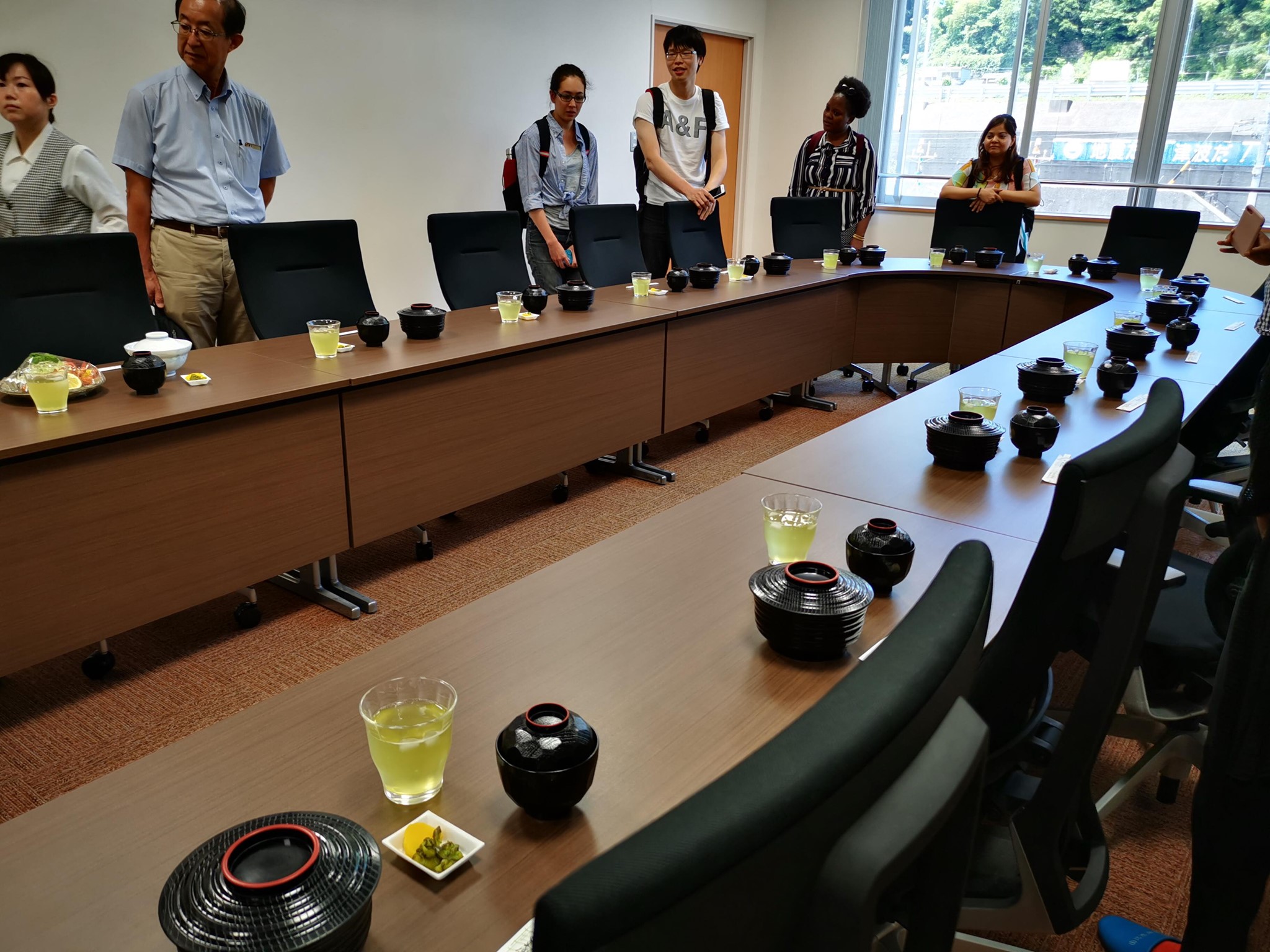
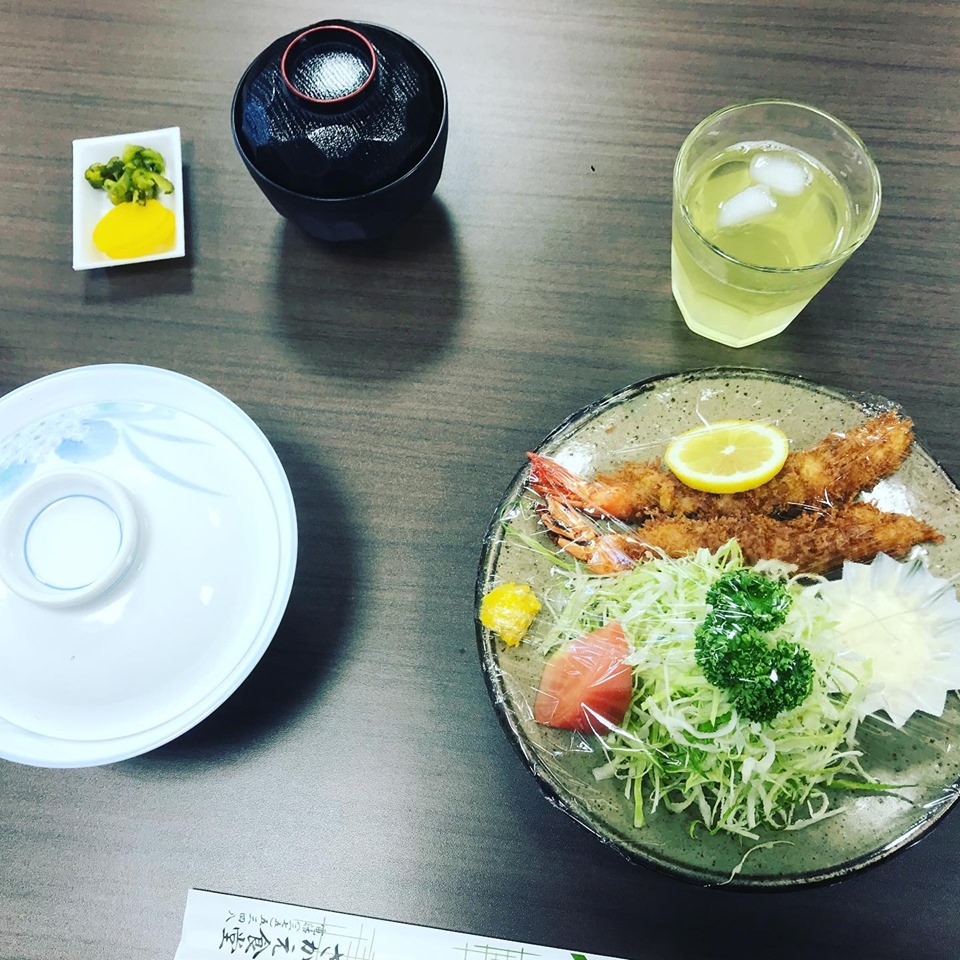
A day well spent with the fishermen of Yui
We enjoyed an extensive presentation on the fisheries industry in Yui at the fishermen association. If I remember correctly, there were two kinds of fishing ships in port: the smaller Sakura shrimps boats and the larger differently-equipped shirasu/sardine whiting boats. The ships are divided into four groups with a new destination every two days as well as a different departing order. In addition, the fishing season, fishing boats number and tonnage are all regulated. Fishing of Sakura shrimp is done only in the evenings of Spring and Fall when the shrimps rise from their usual depth under 200 meters to up to 50 meters below surface. In the spring fishing is concentrated in the eastern half of the bay while in the fall, the activities shift to the center of the bay. The season and departing times are different for shirasu/sardine whiting. The fishermen we met were young, equipped with laptops and GoPros and they use microscopes to monitor shrimp spawning. It was also delighting to learn about the women empowerment projects they run and to know that most of the fishermen wives also work side by side to me in the value adding projects associated to the fishing association. The association also offers awareness activities to school pupils and organizes public festivals and events.
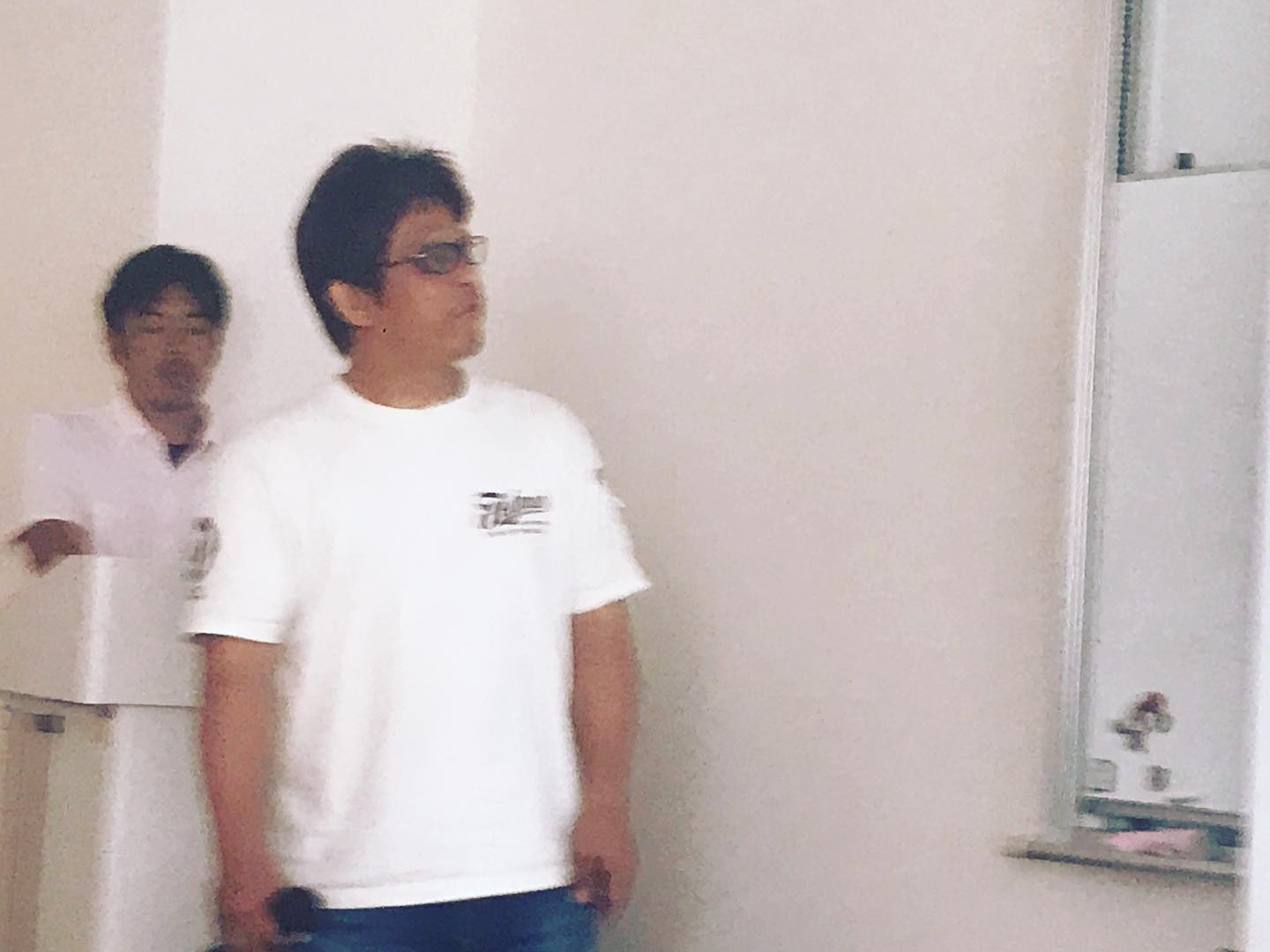
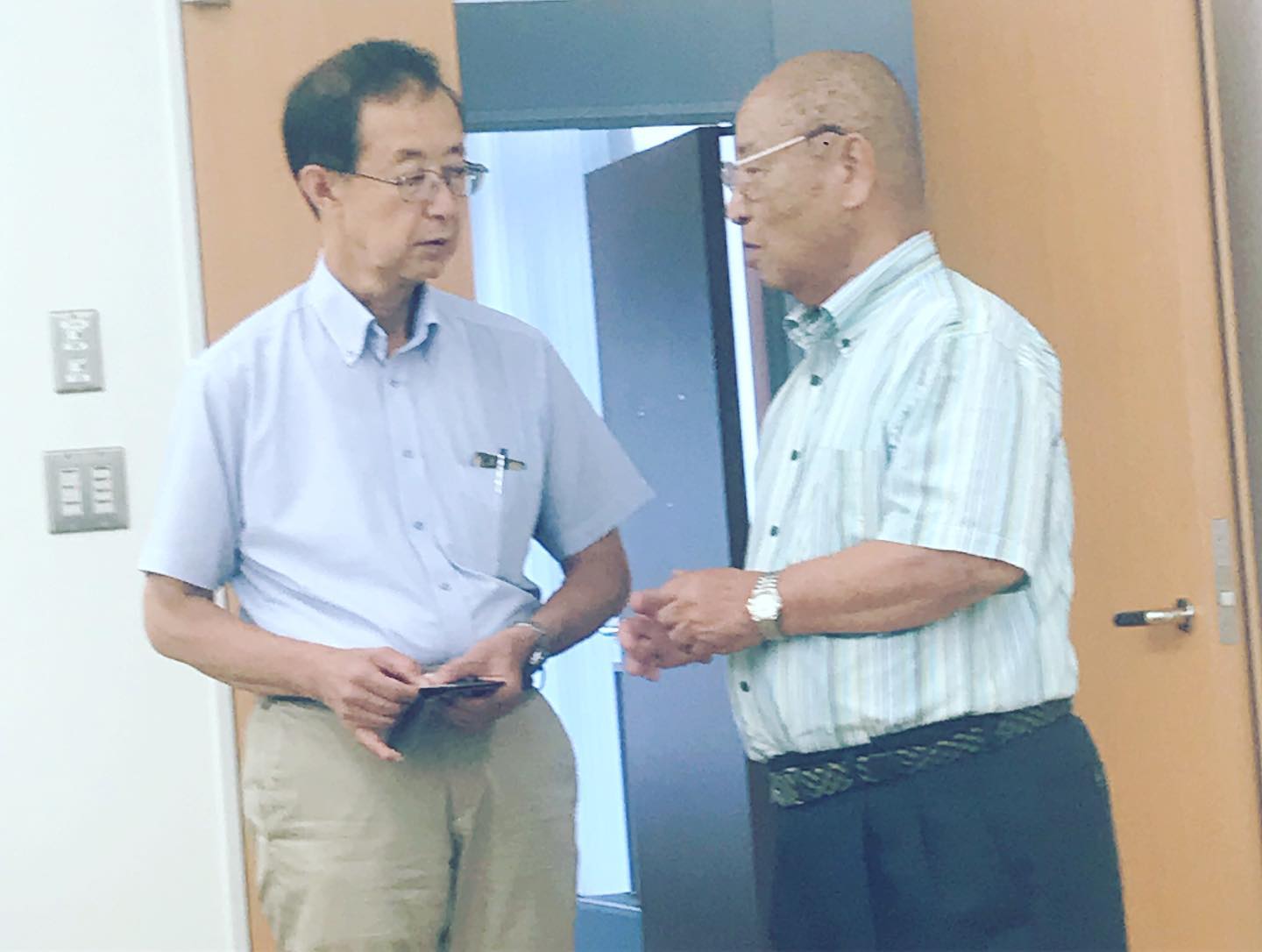
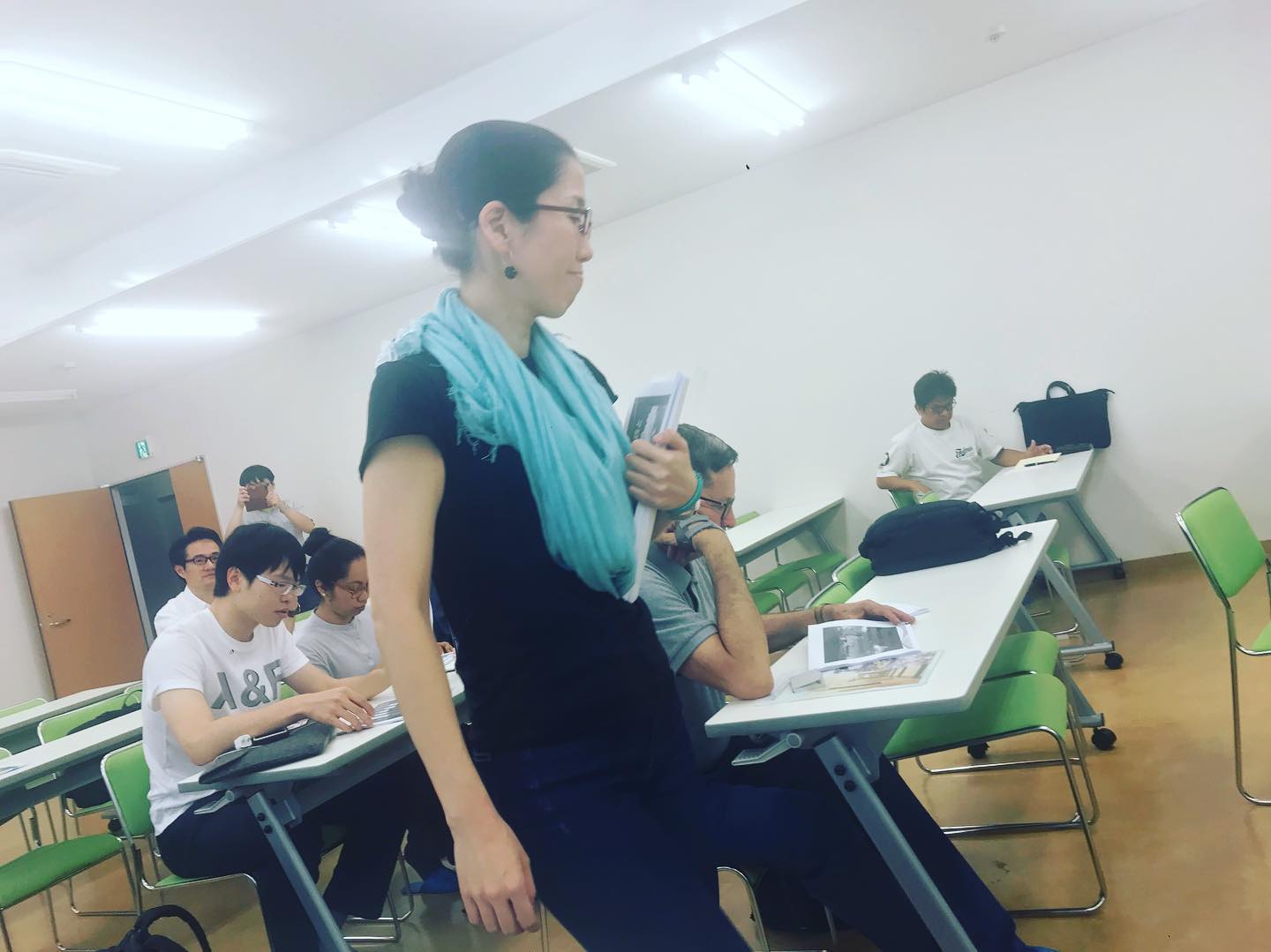
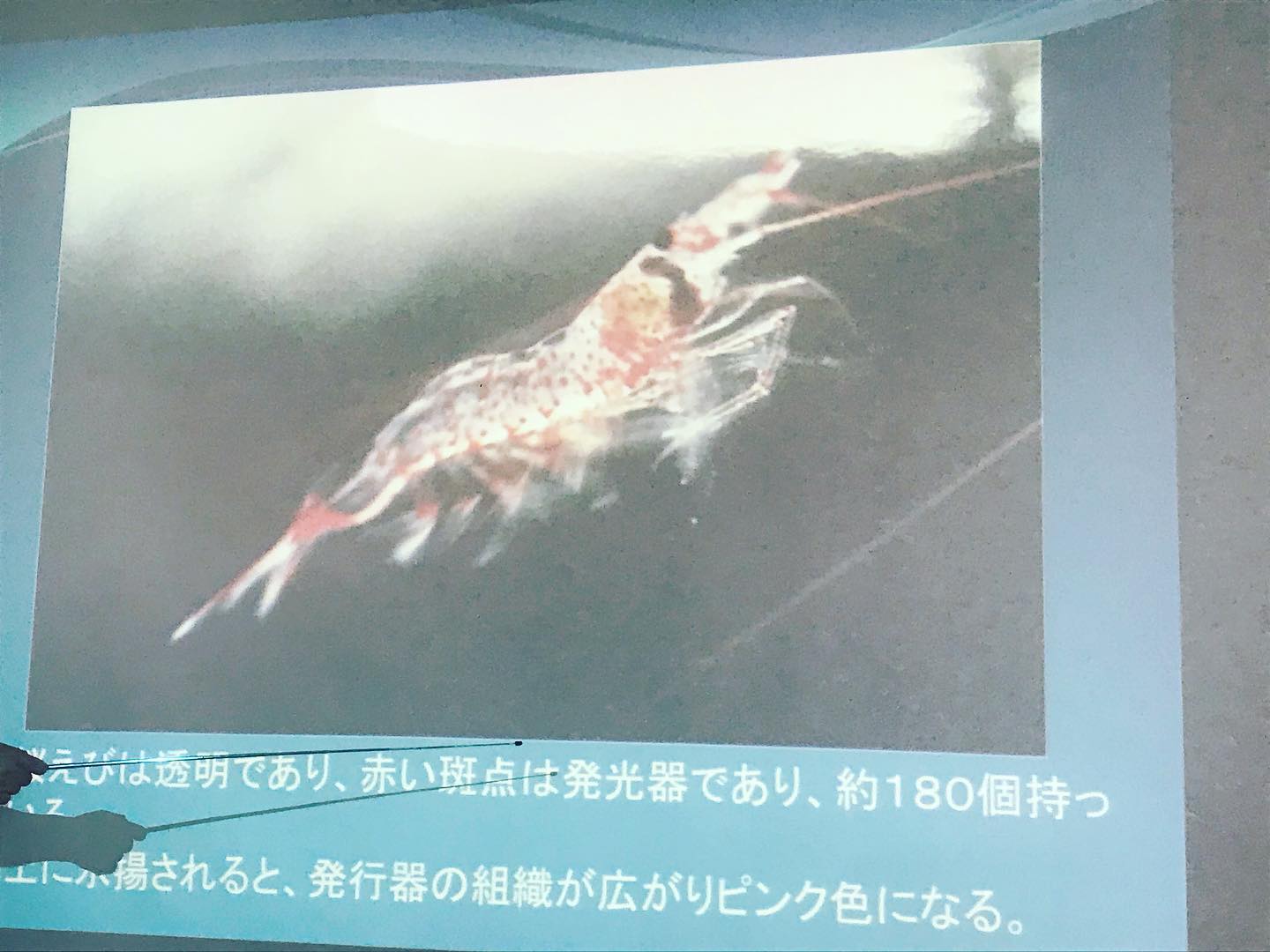
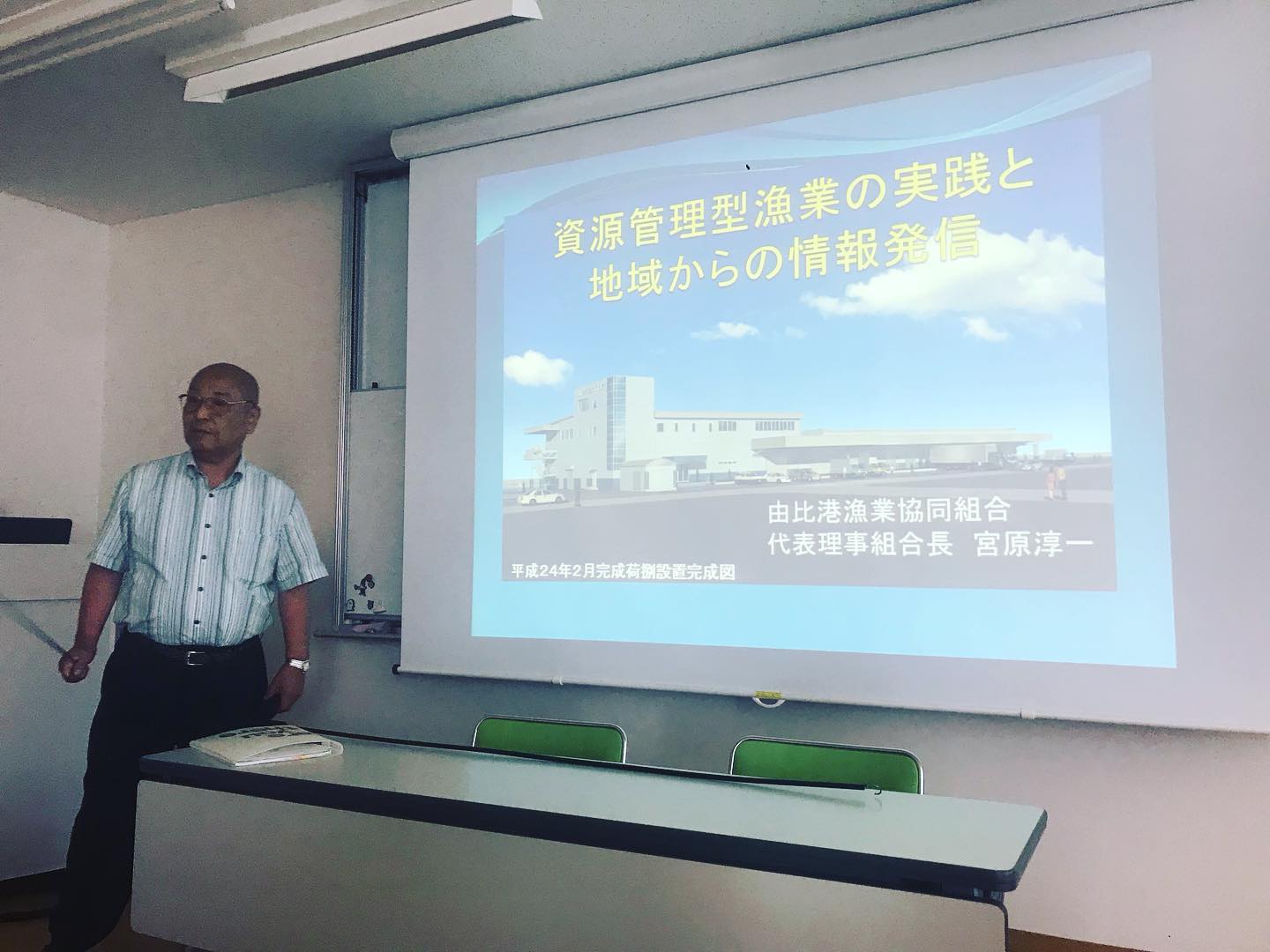
Action at the “Fish Auction”
We returned back to the Fishermen Association in Yui in the early hours of the next morning. We waited for the fishermen as they were approaching the port with their fishing boats and observed them as they were off-loading their catch, emptying their fish tanks, washing them, sorting them and reviving the frozen ones back to life. After some hours of waiting, we joined the fish auction they usually hold every morning within their premises. We observed buyers while they tasted some of the fresh catch, bid on prices and later on collected the fish that they bought, cut and place them in their cool boxes and back into their cars trunks. We also watched the fishermen clean their boats once they were empty as well as clean the auction hall once the auction was over. We then left Yui and departed looking for some fine tea highlands to explore.
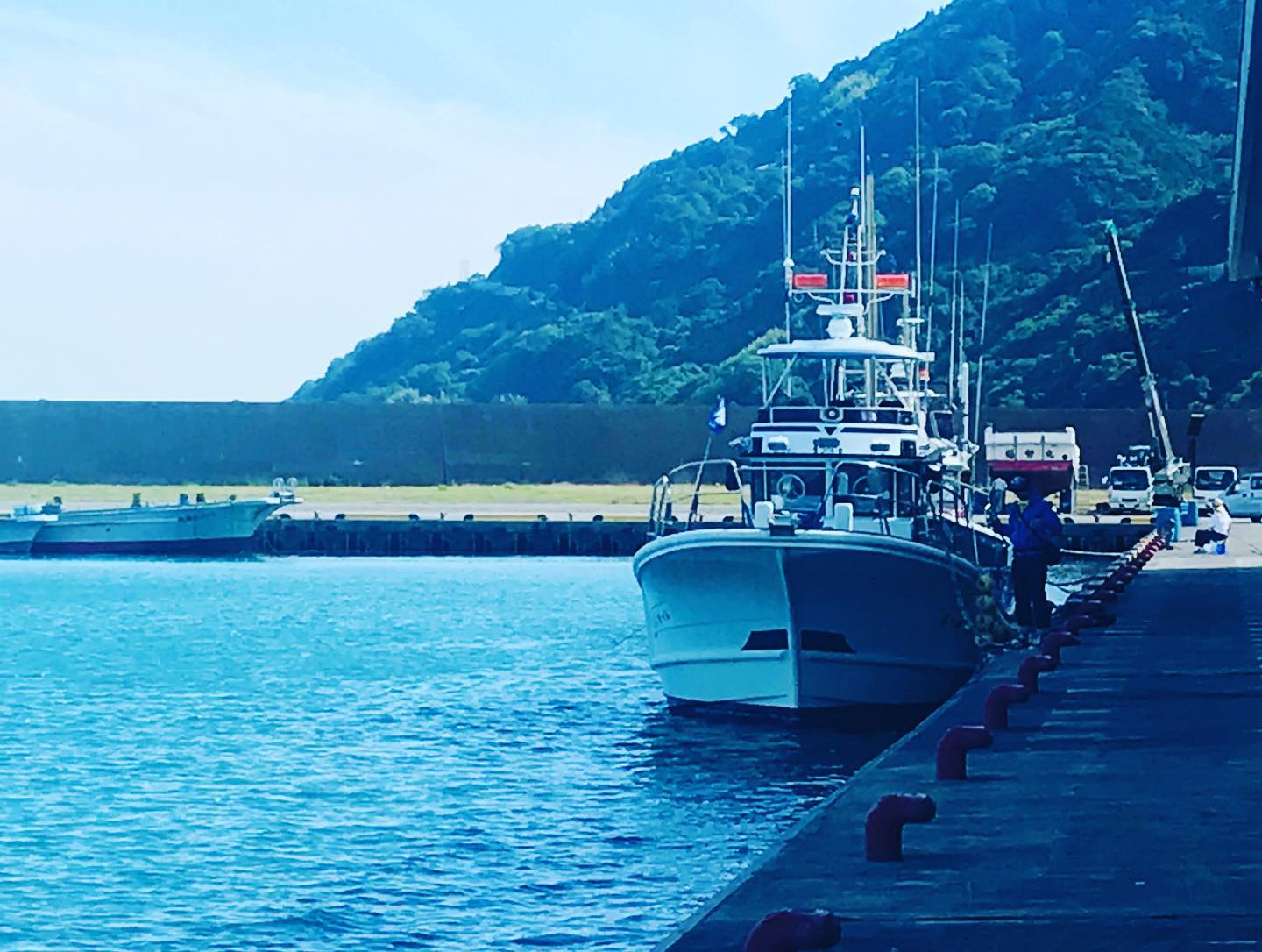
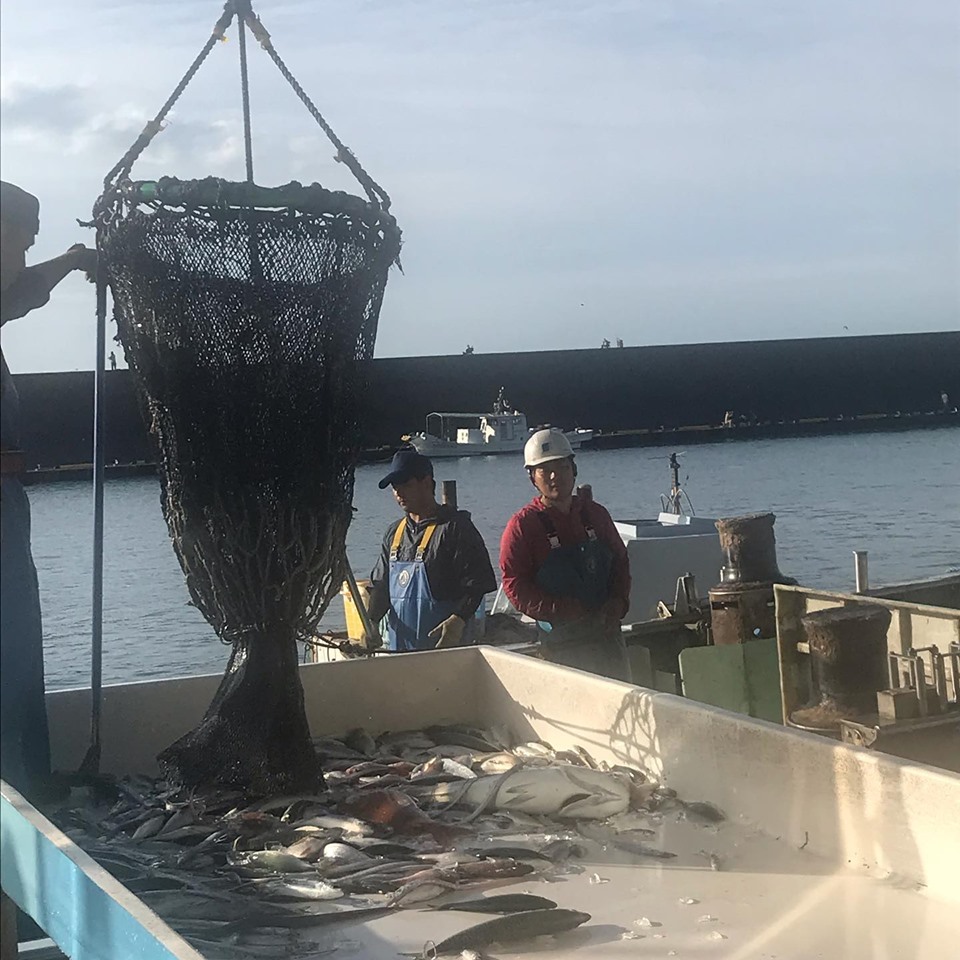
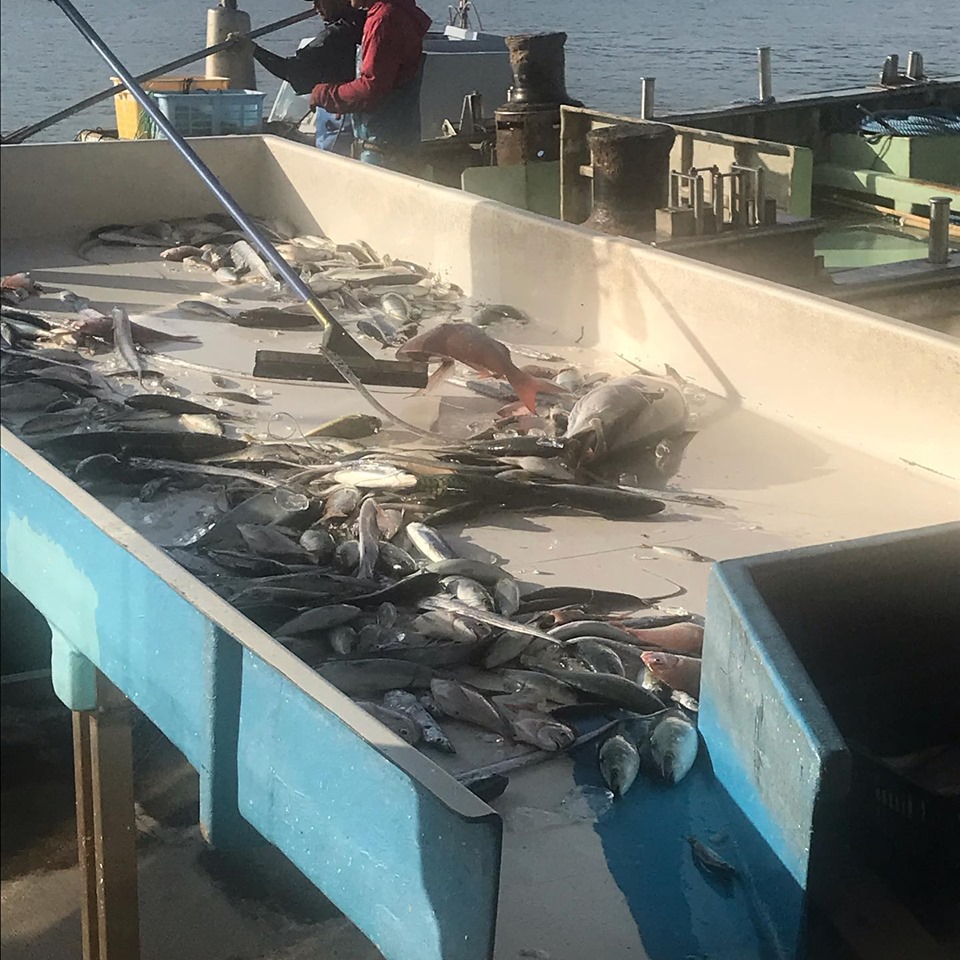
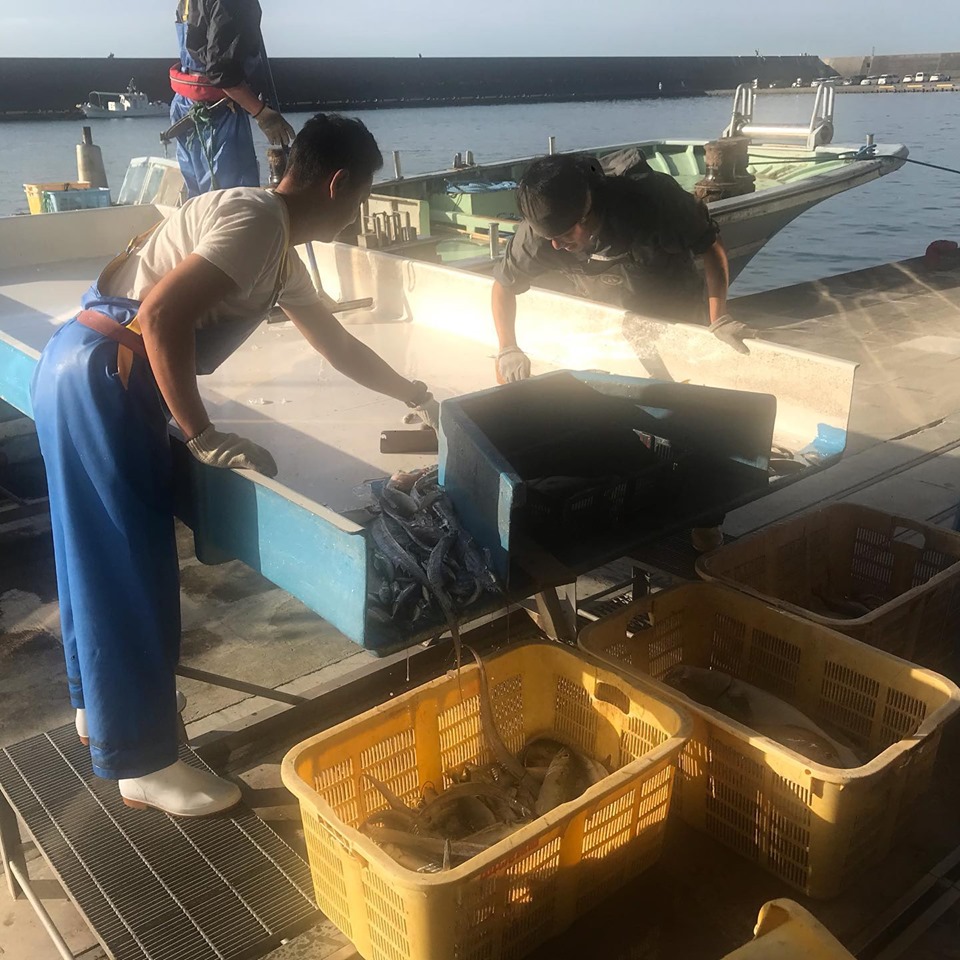
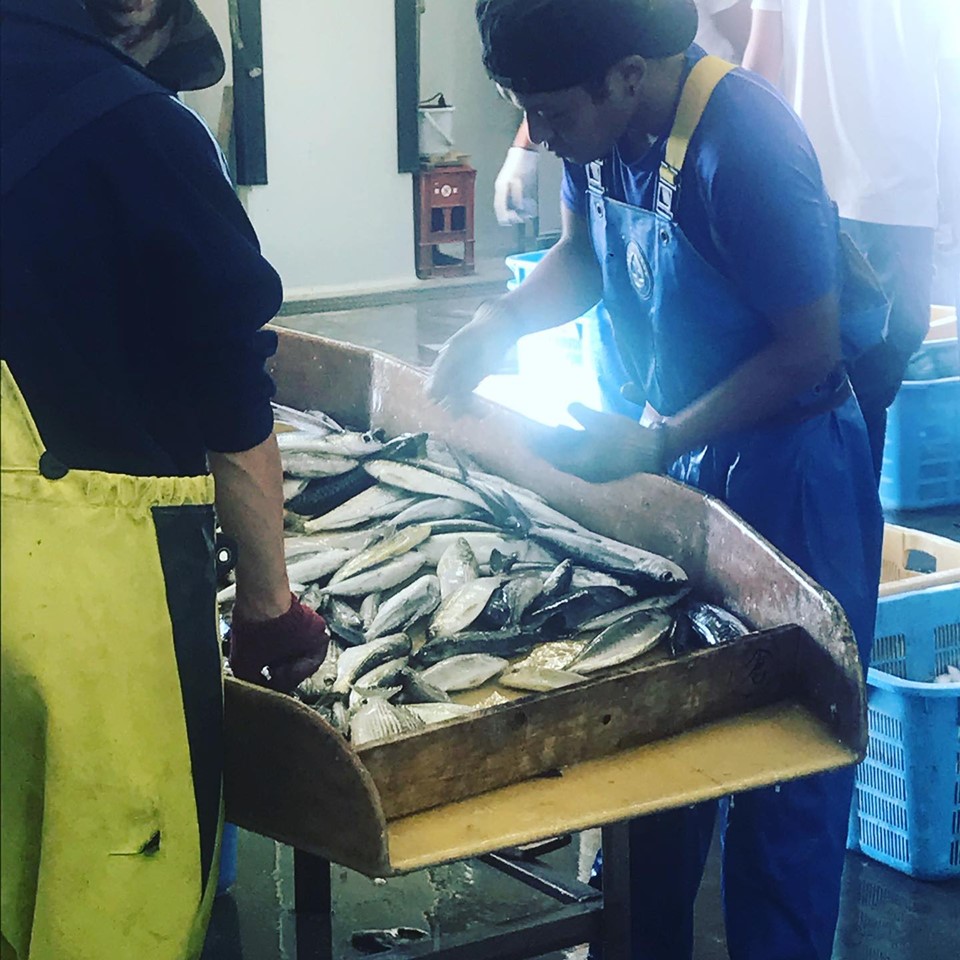
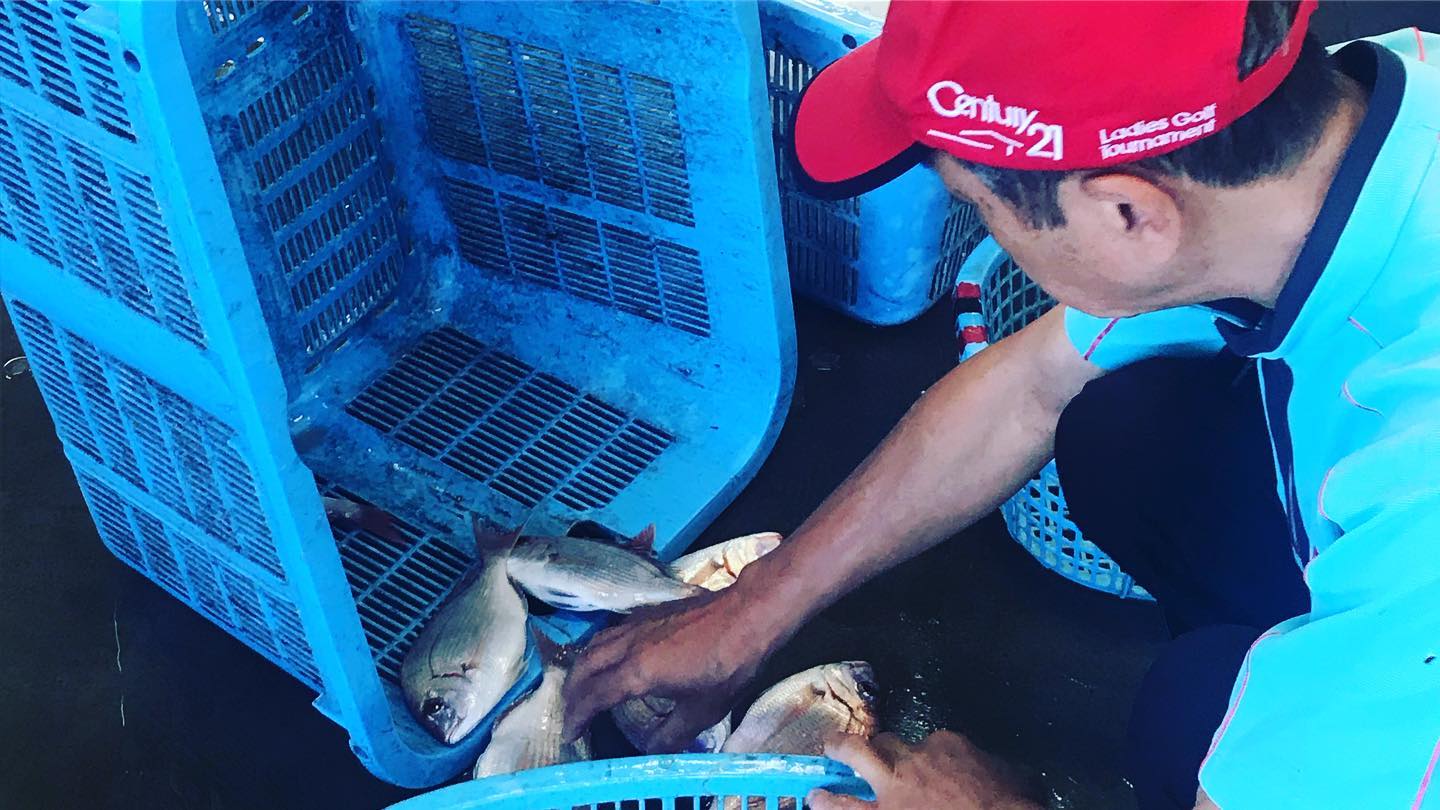
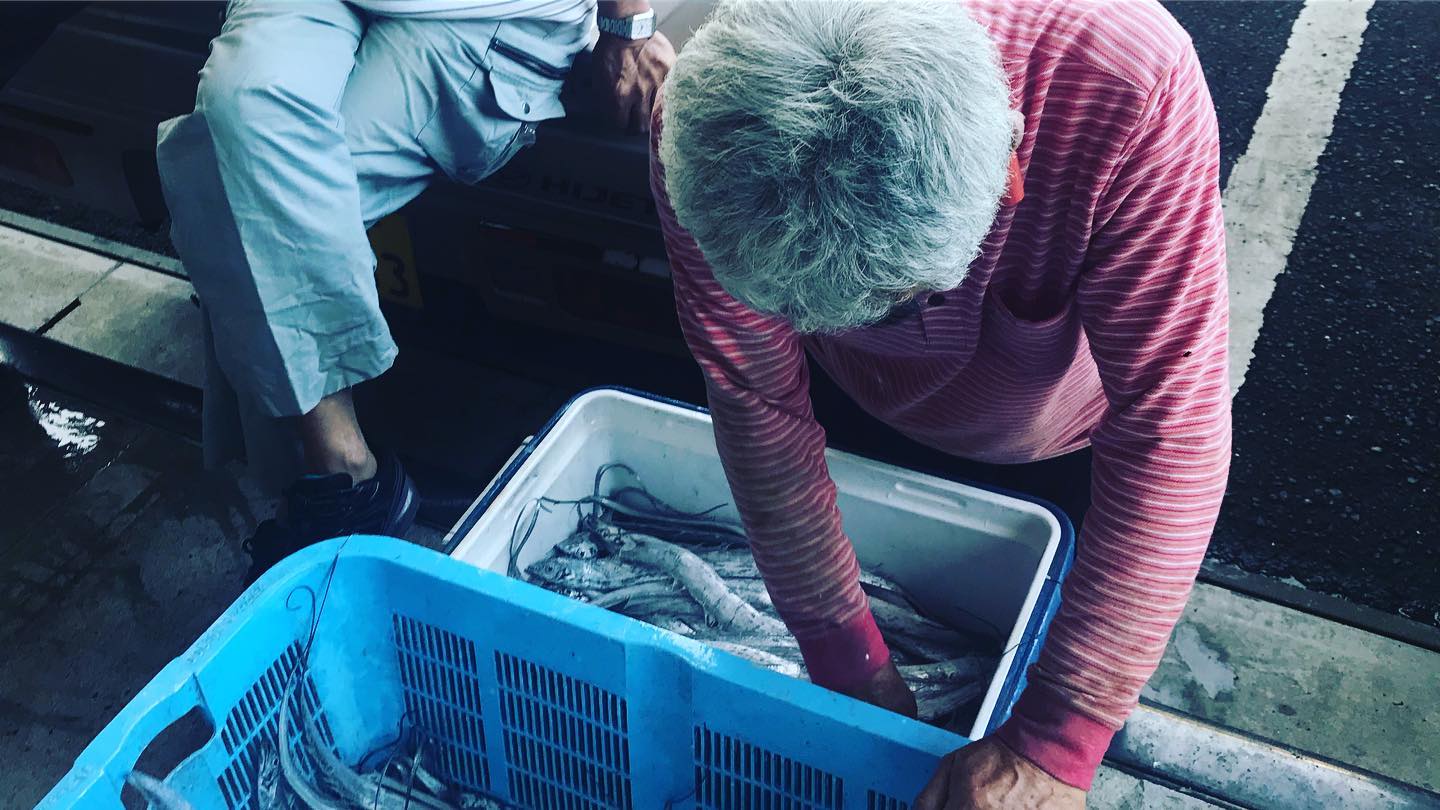
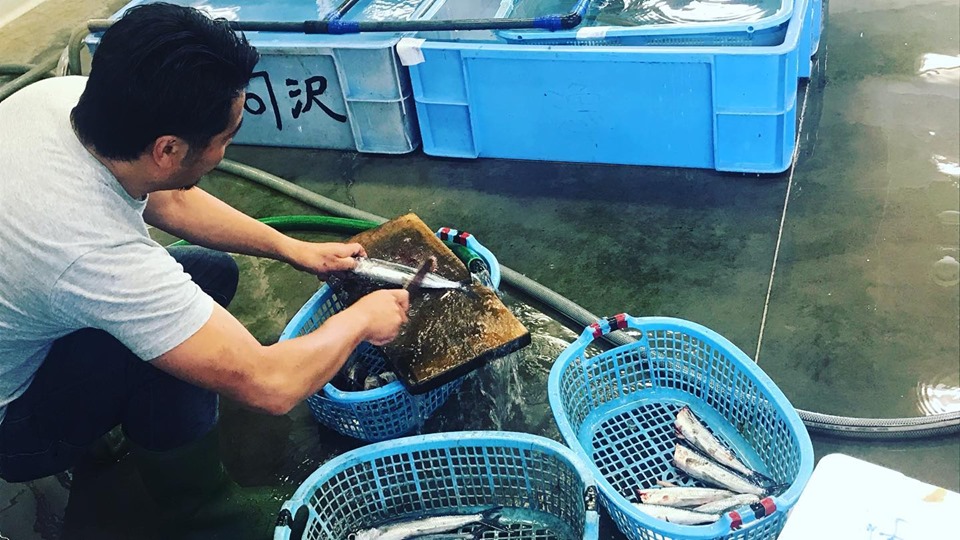
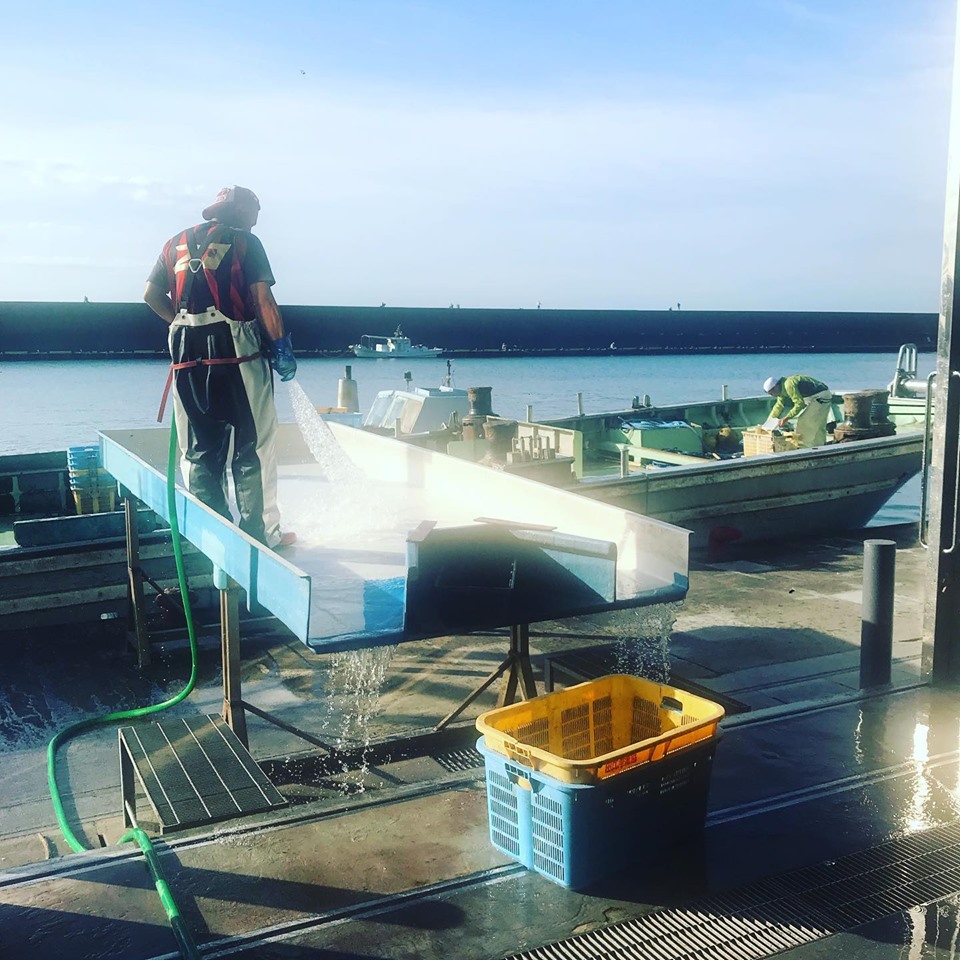
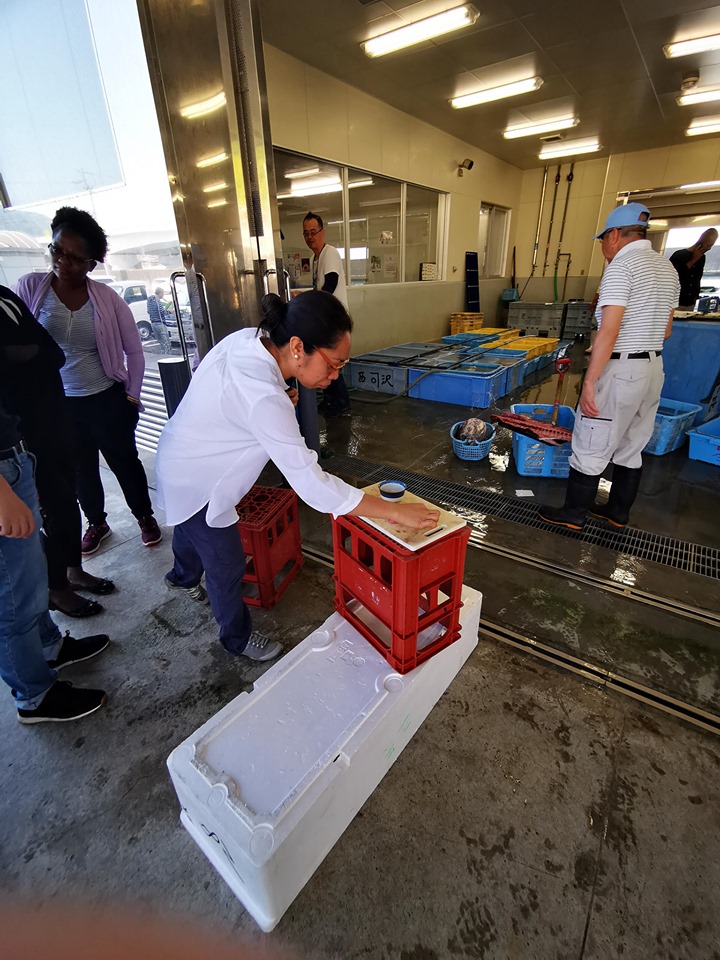
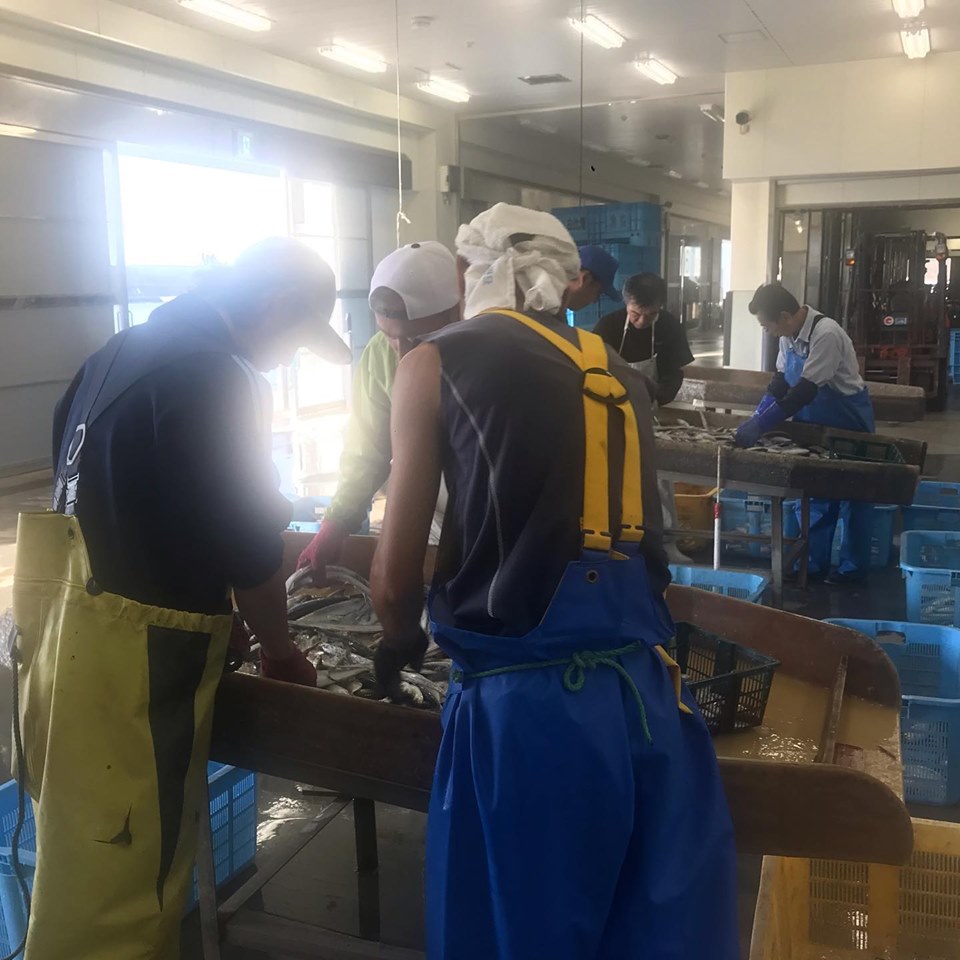
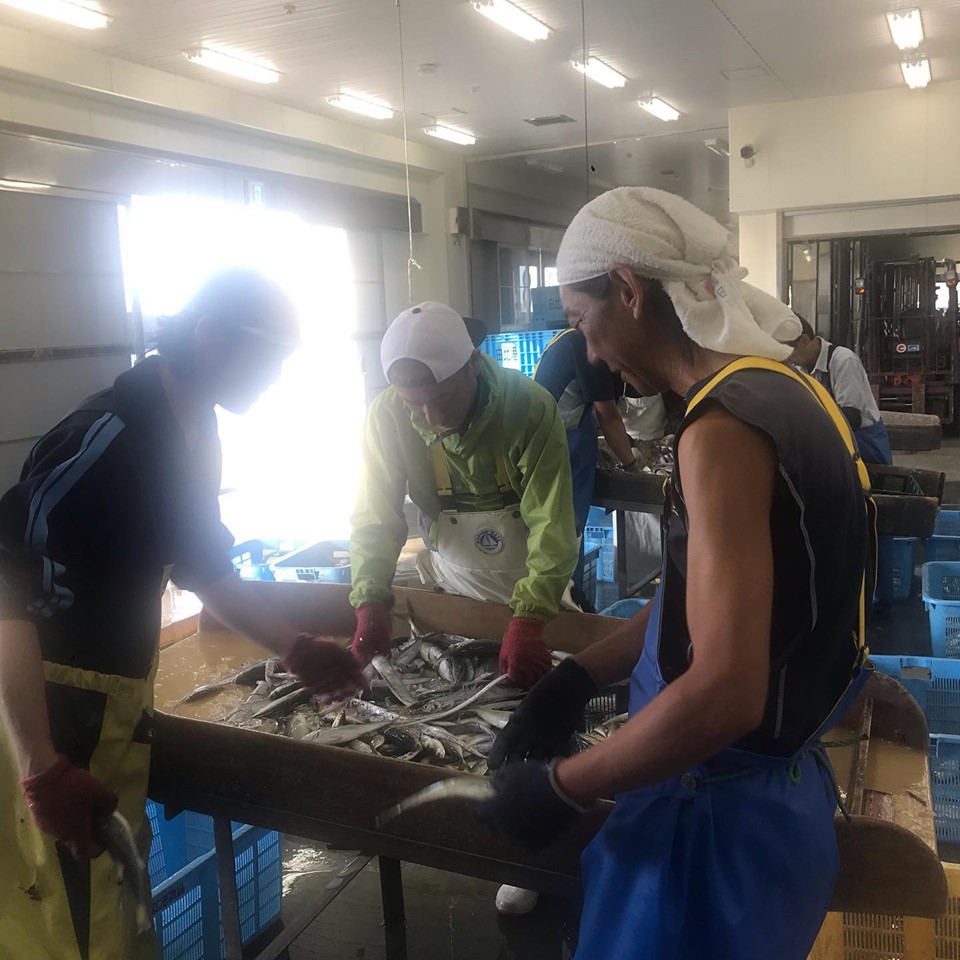
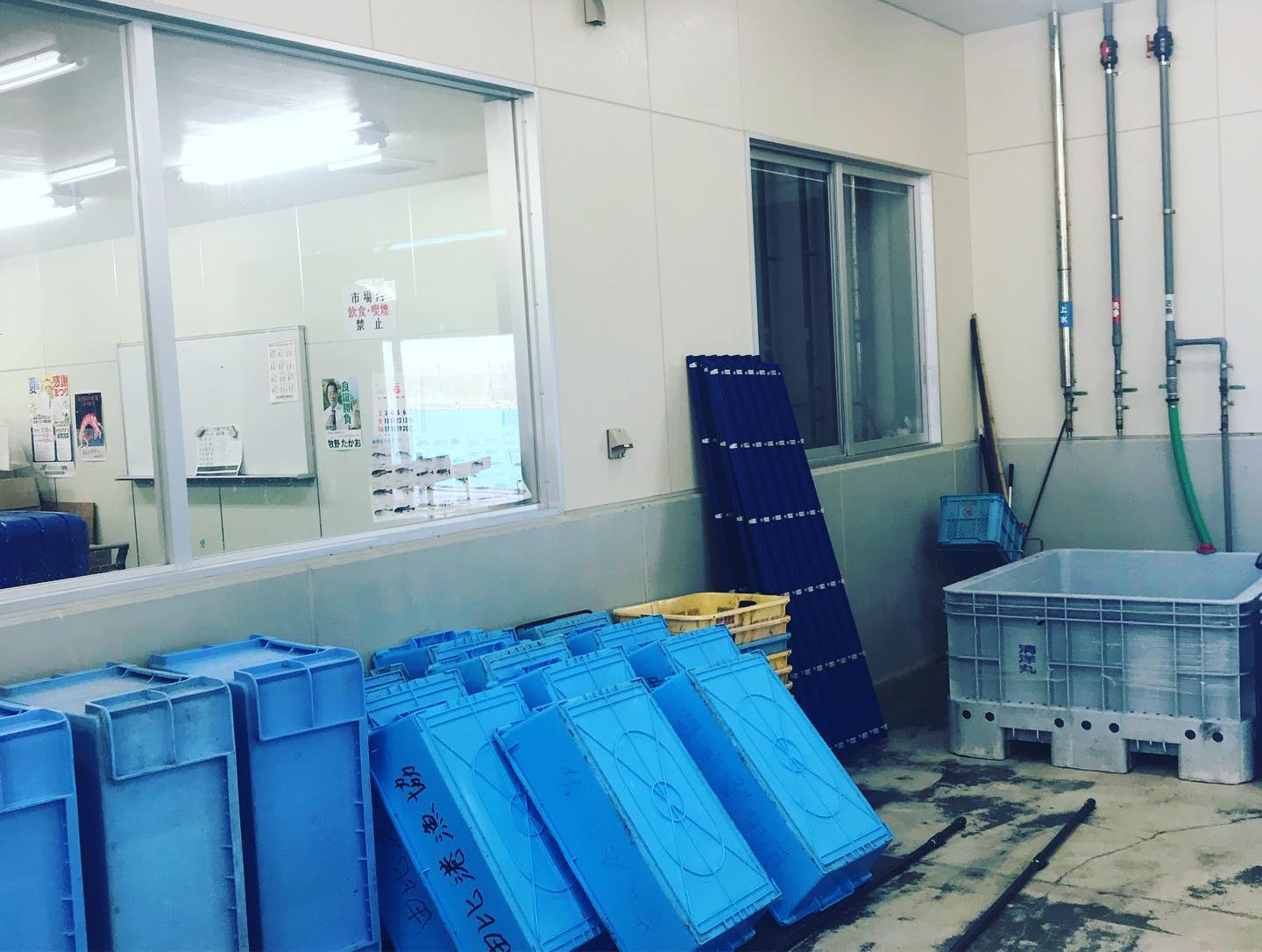
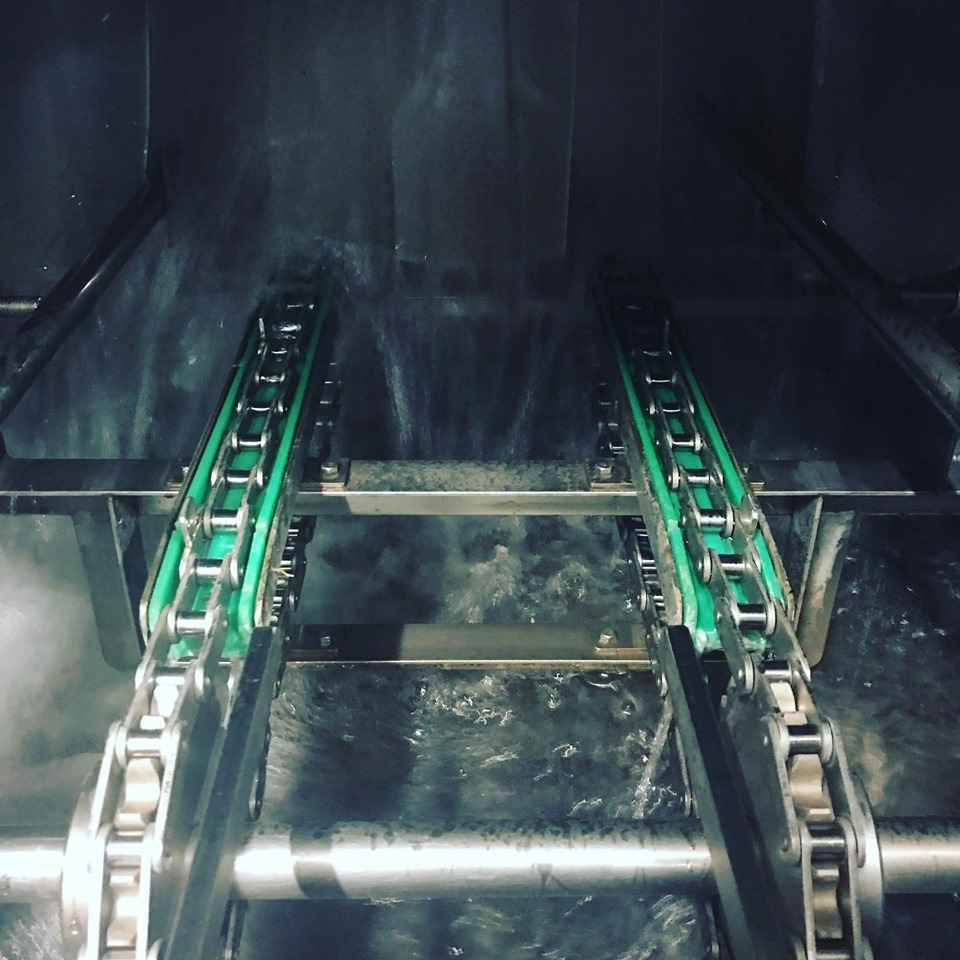
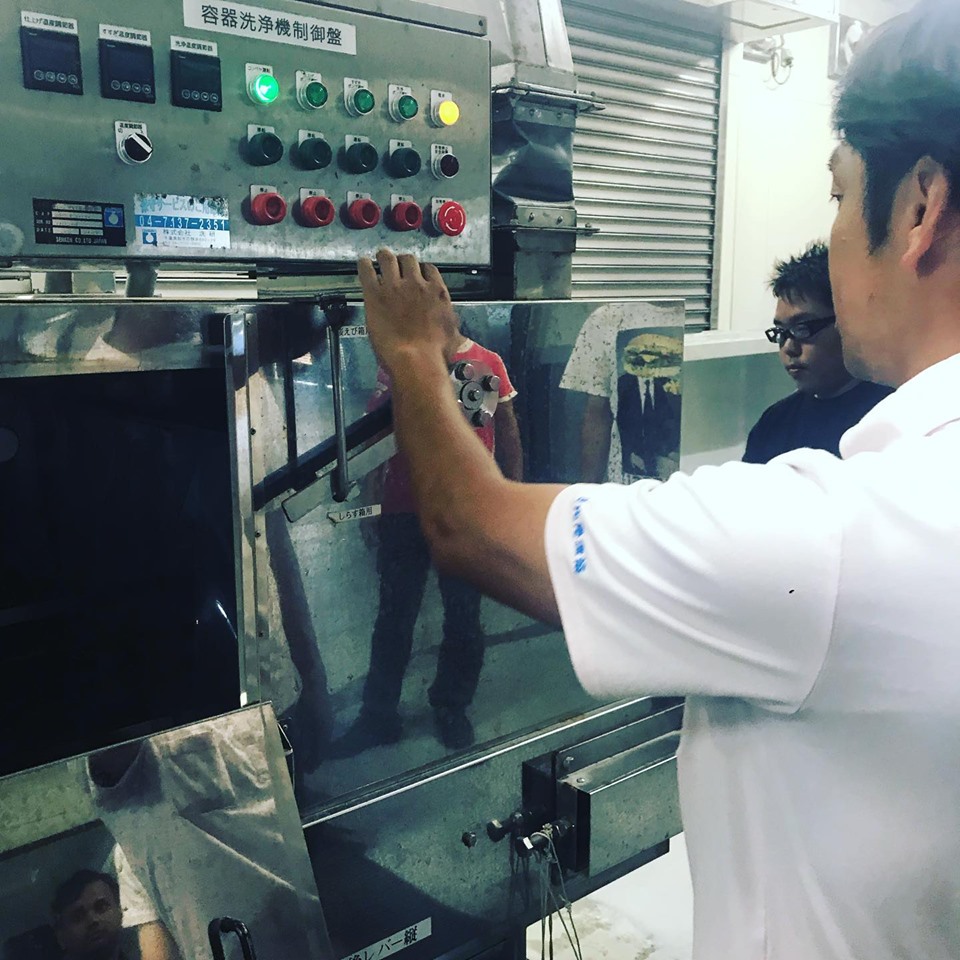
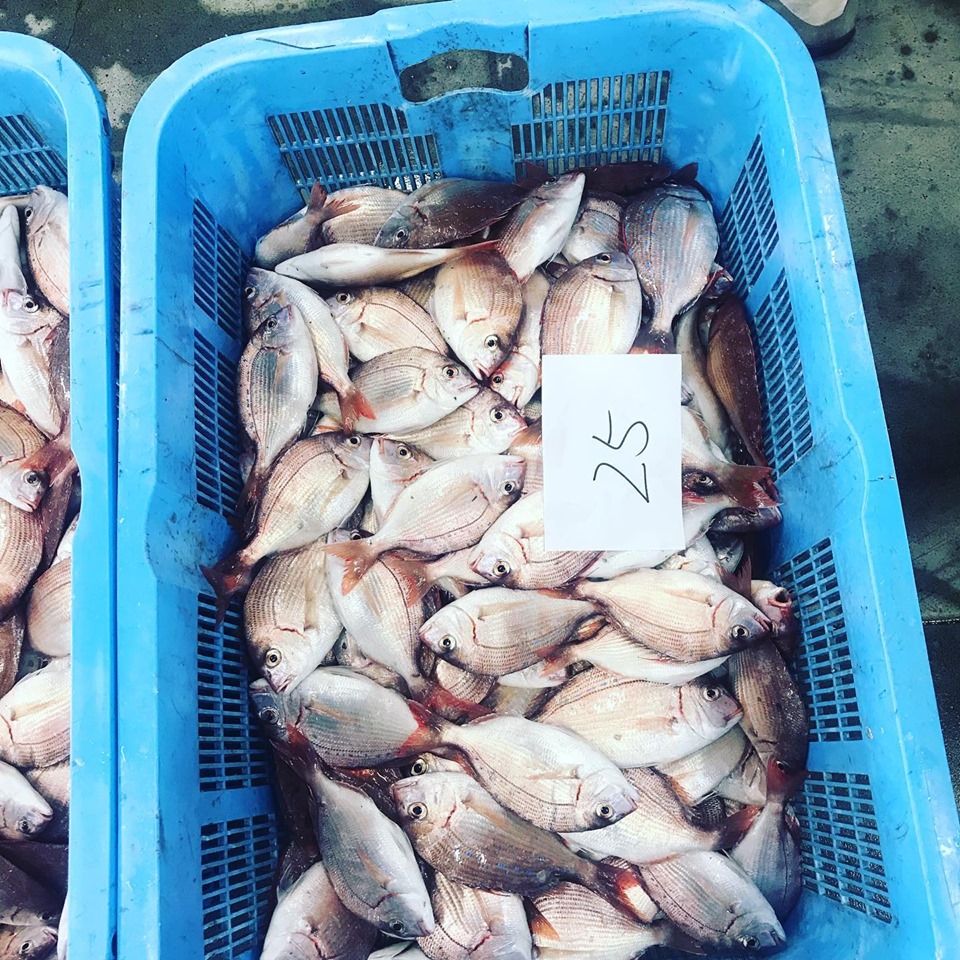
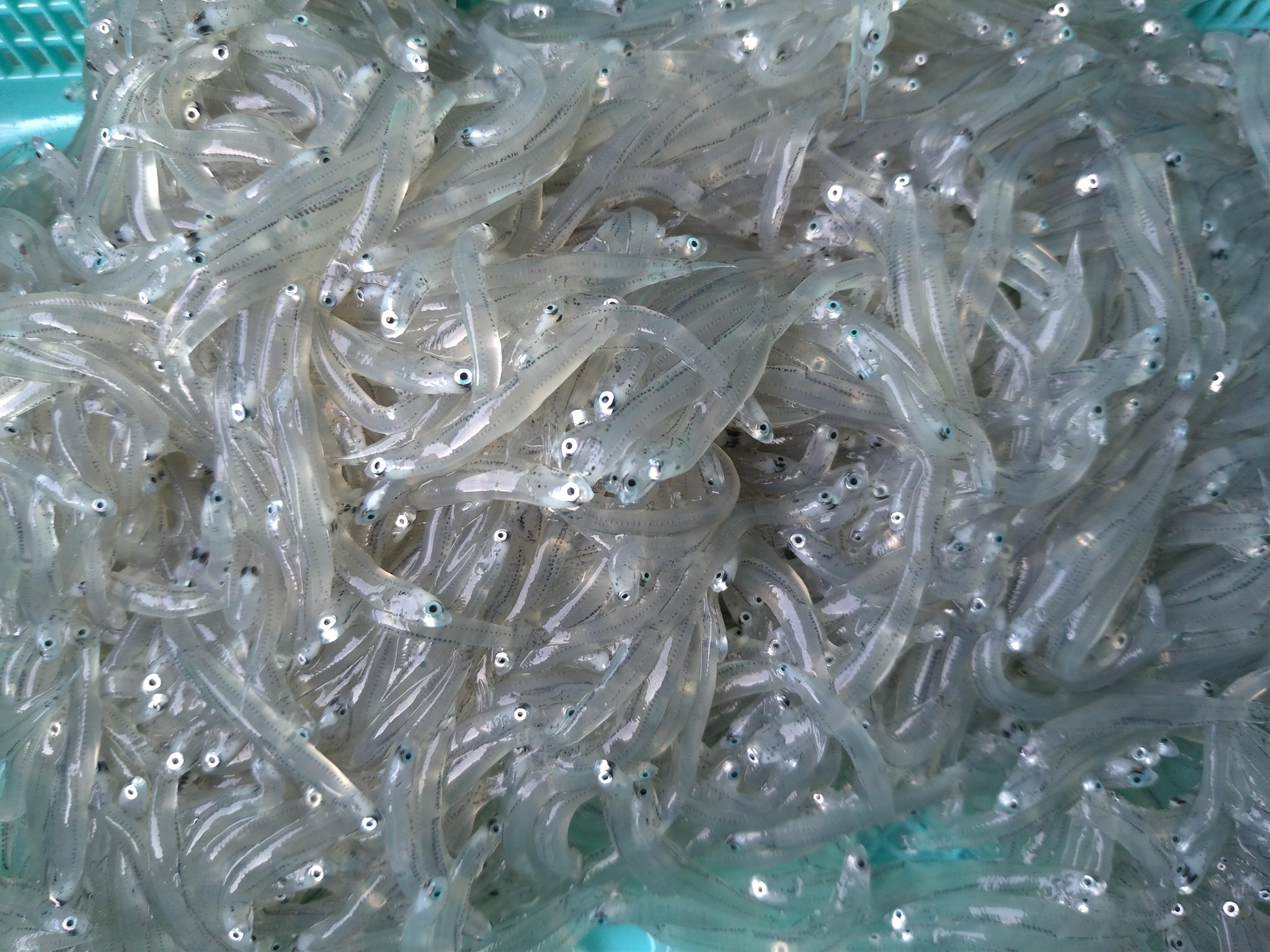
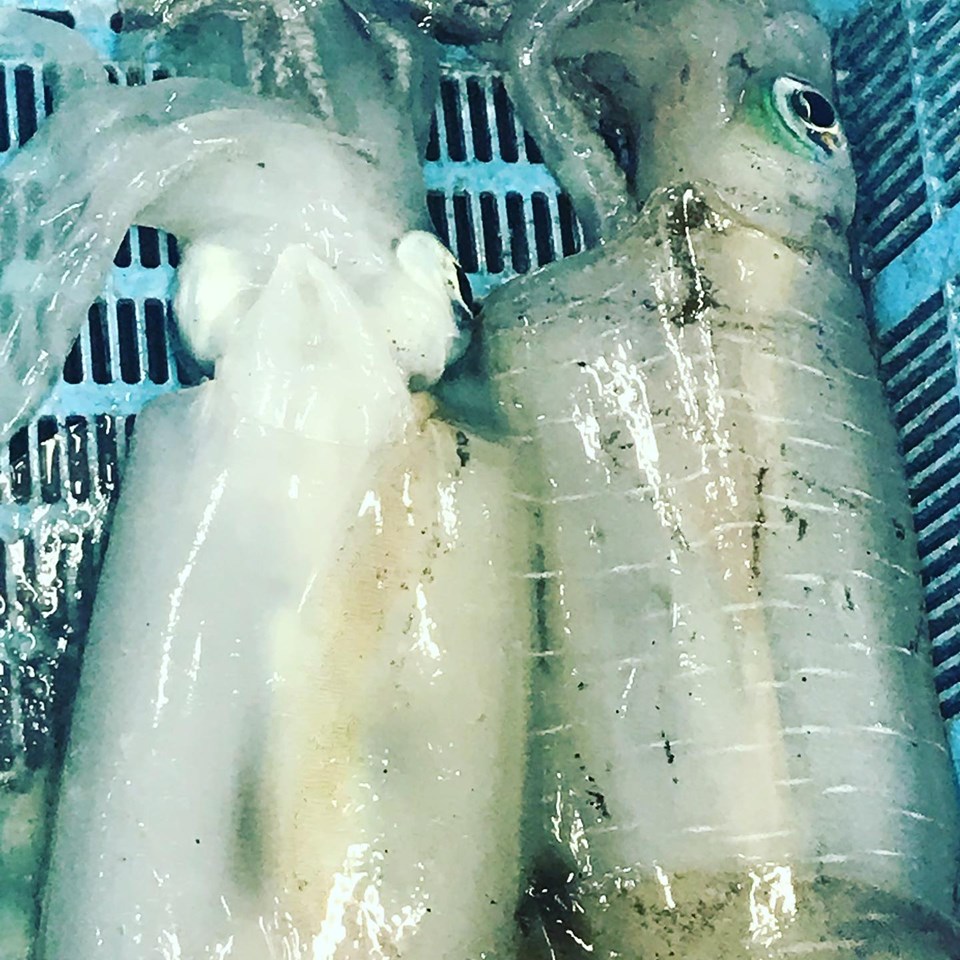
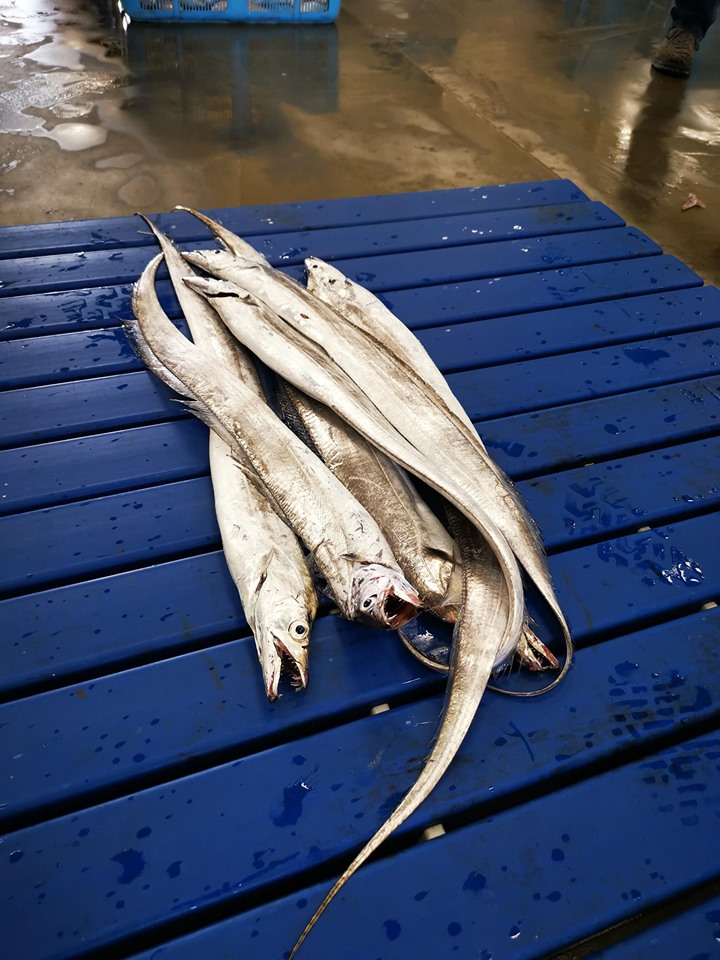
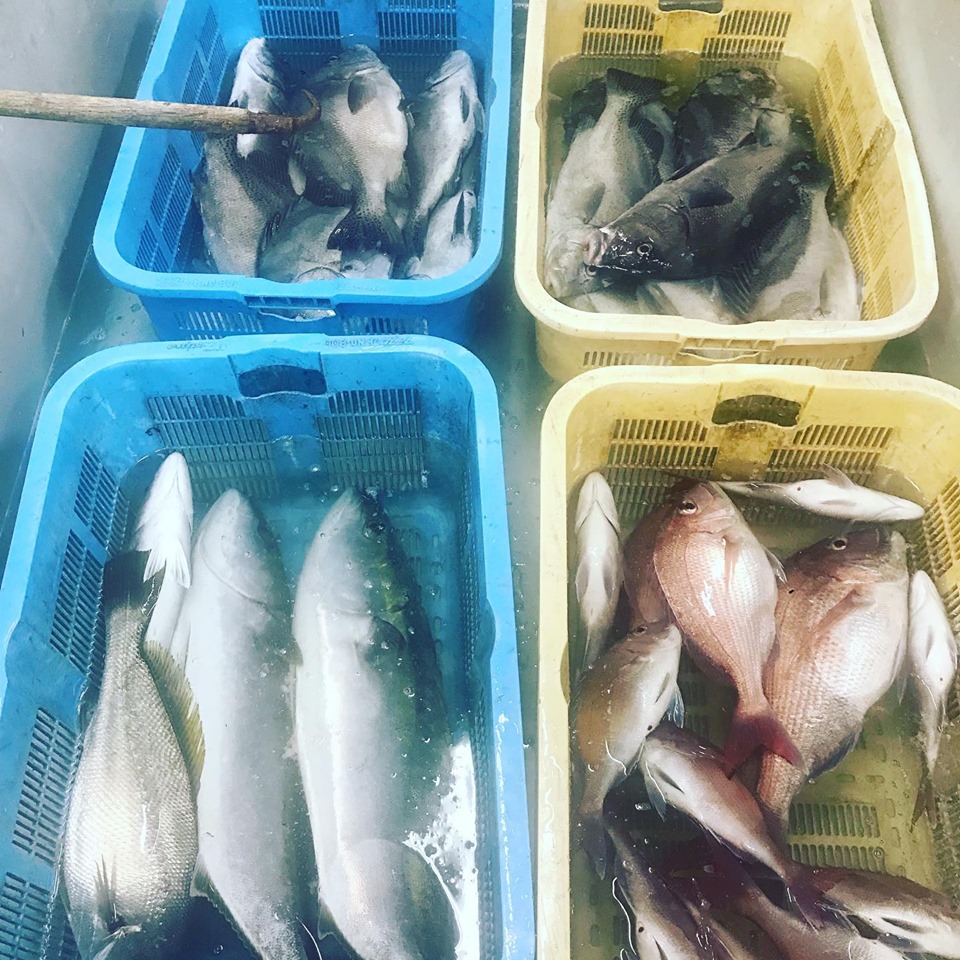
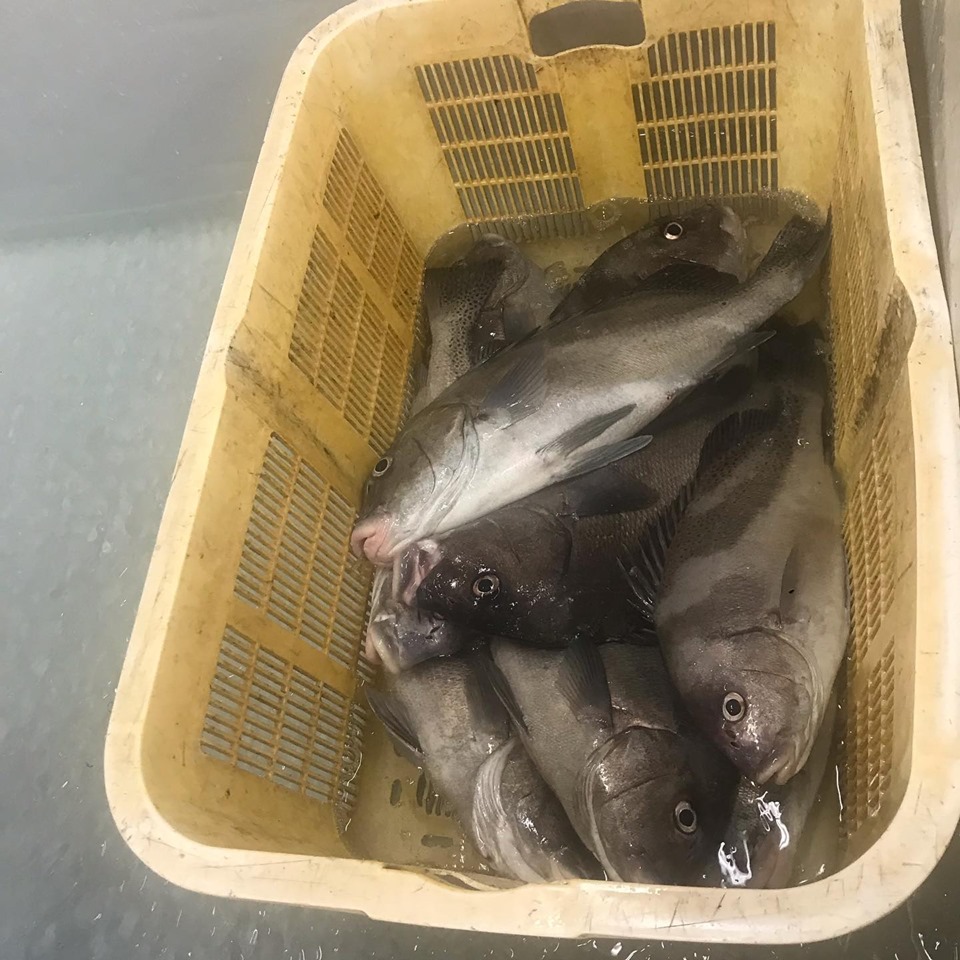
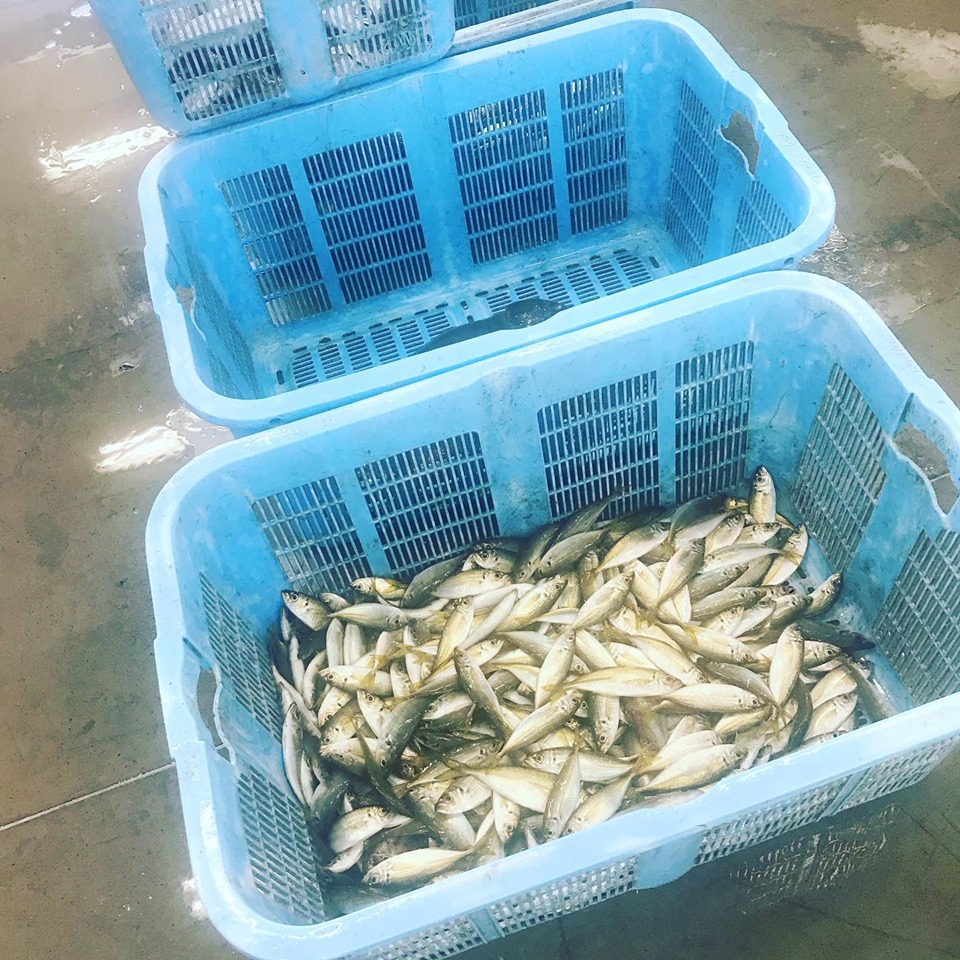
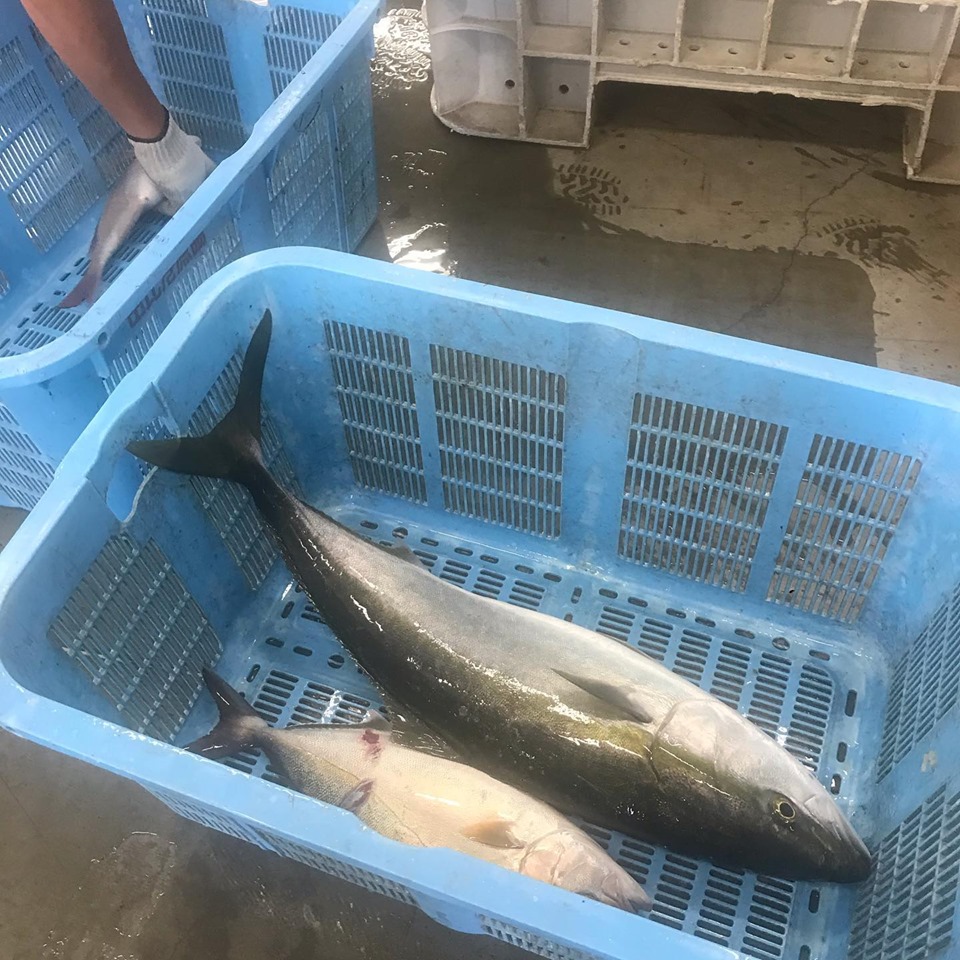
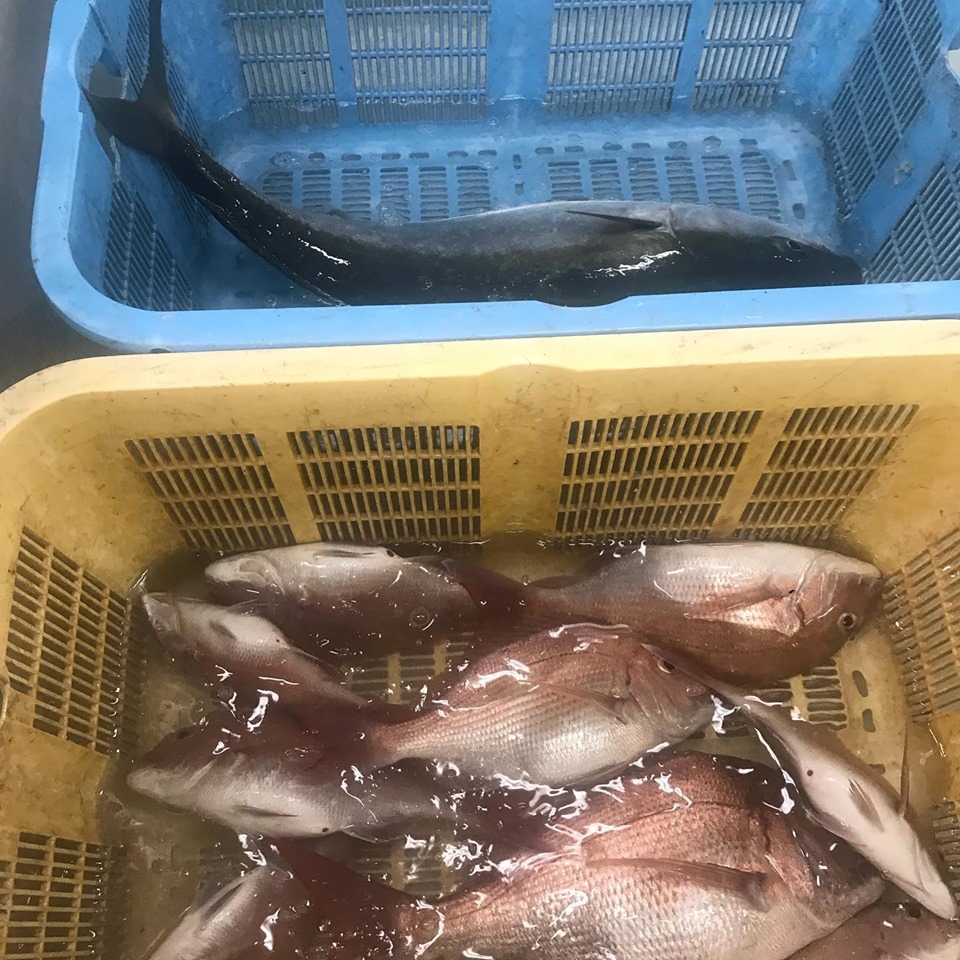
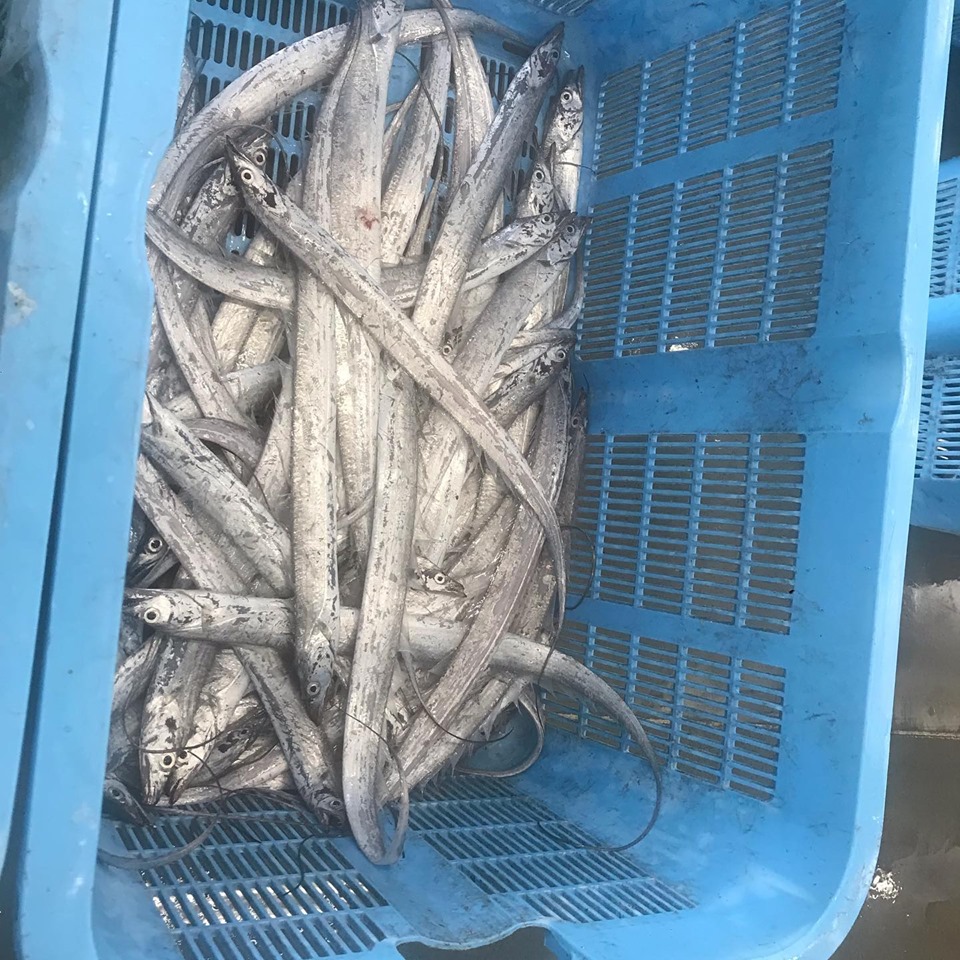
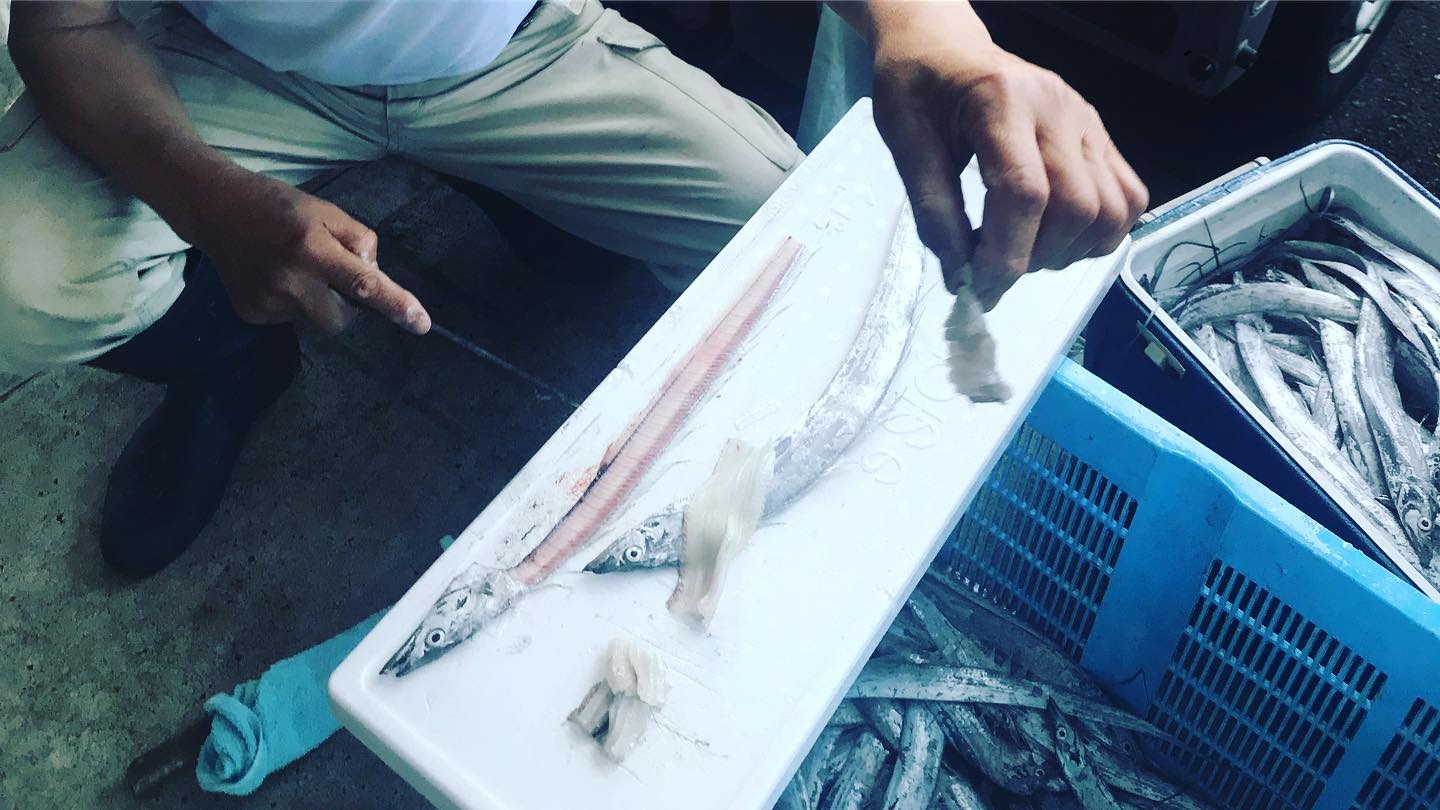
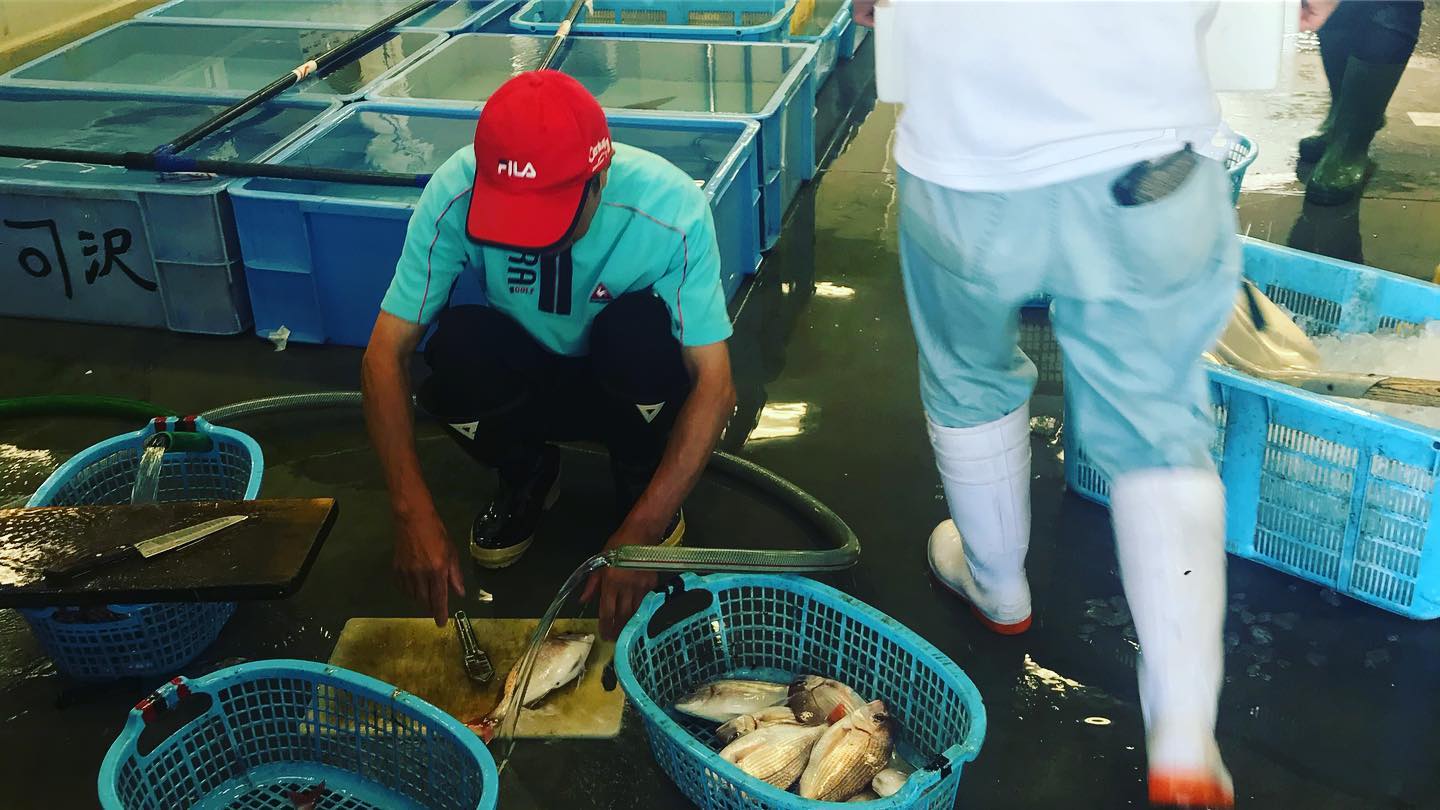





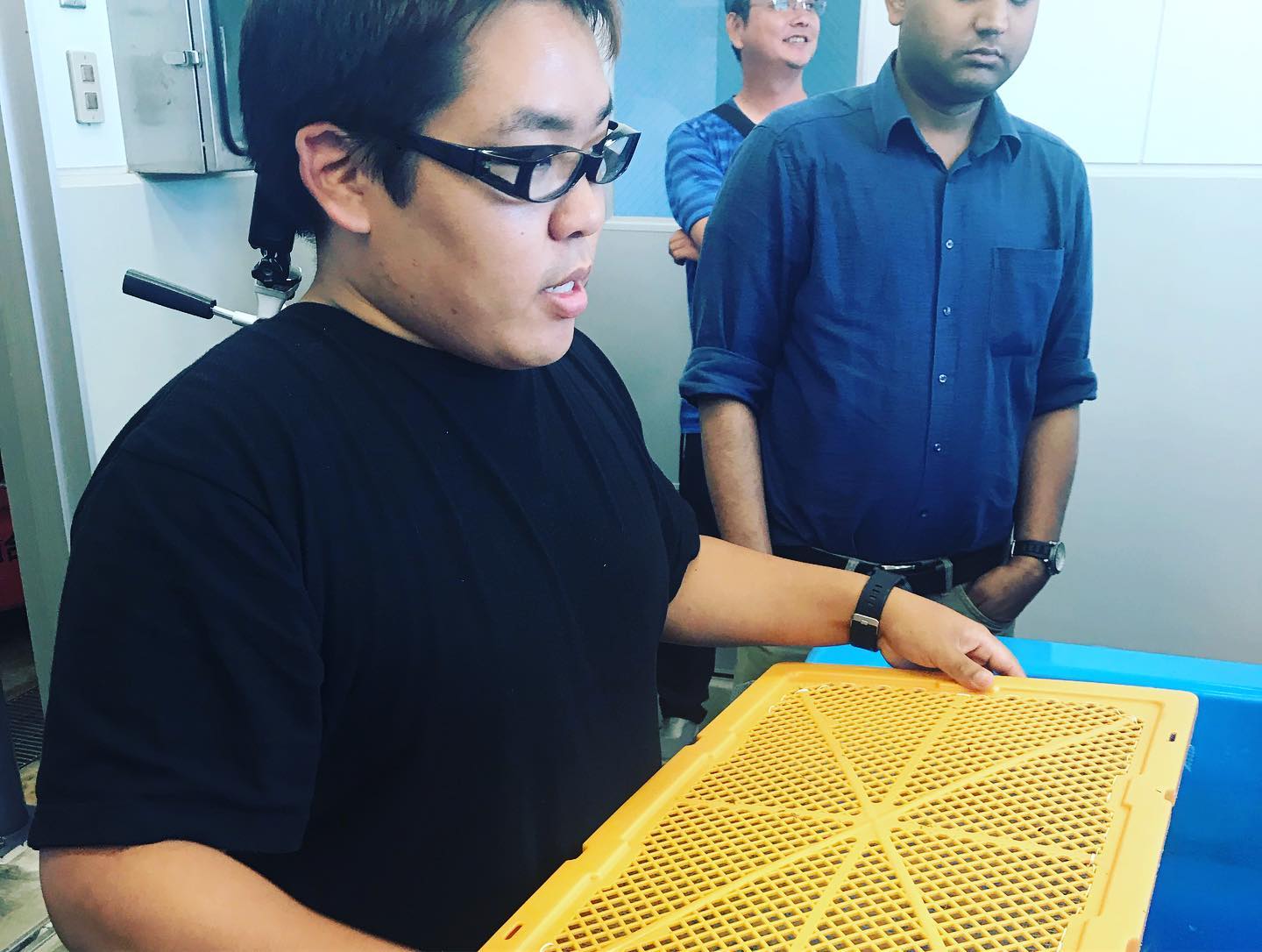
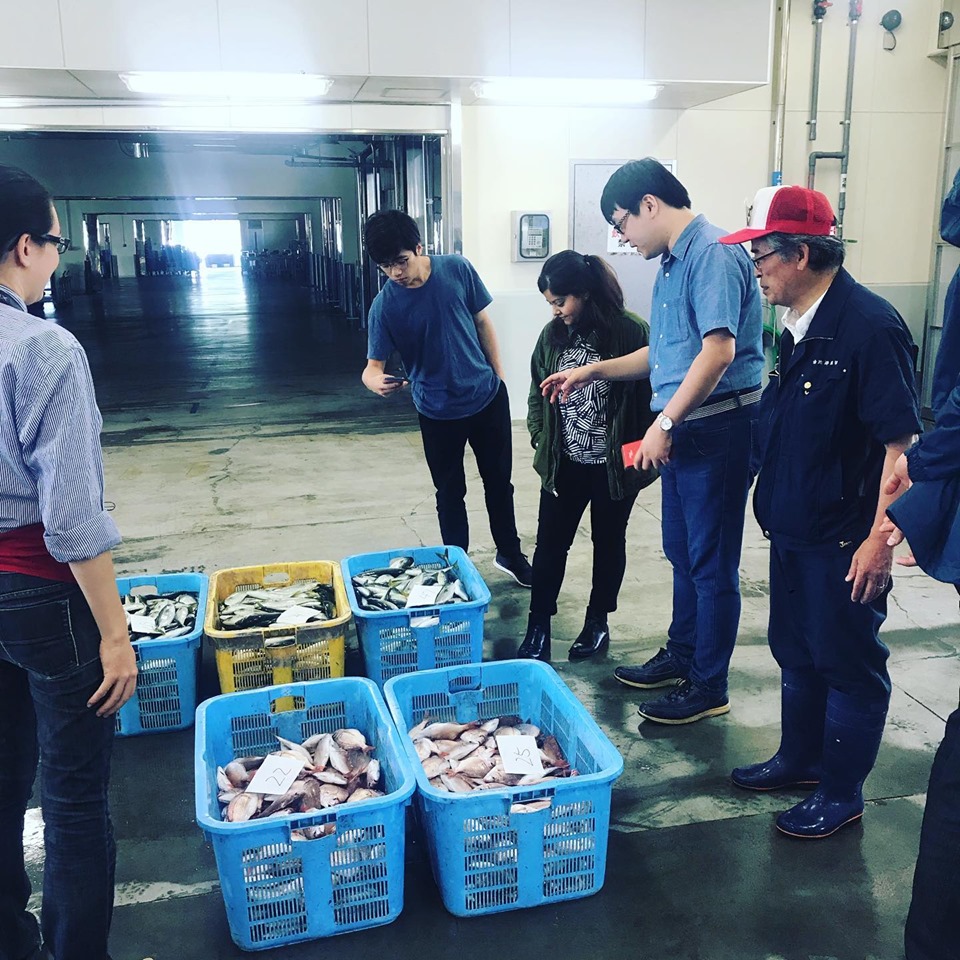

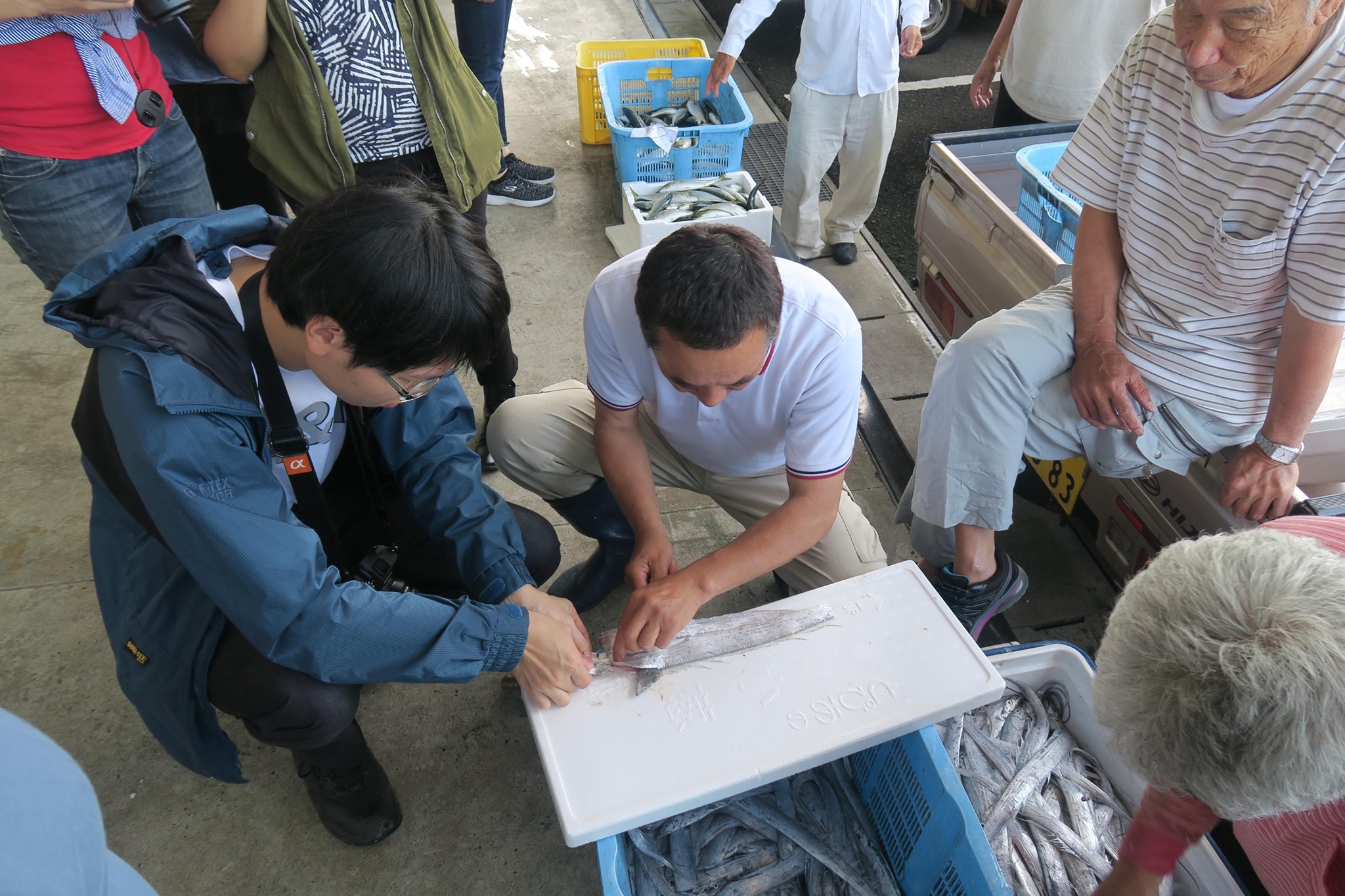
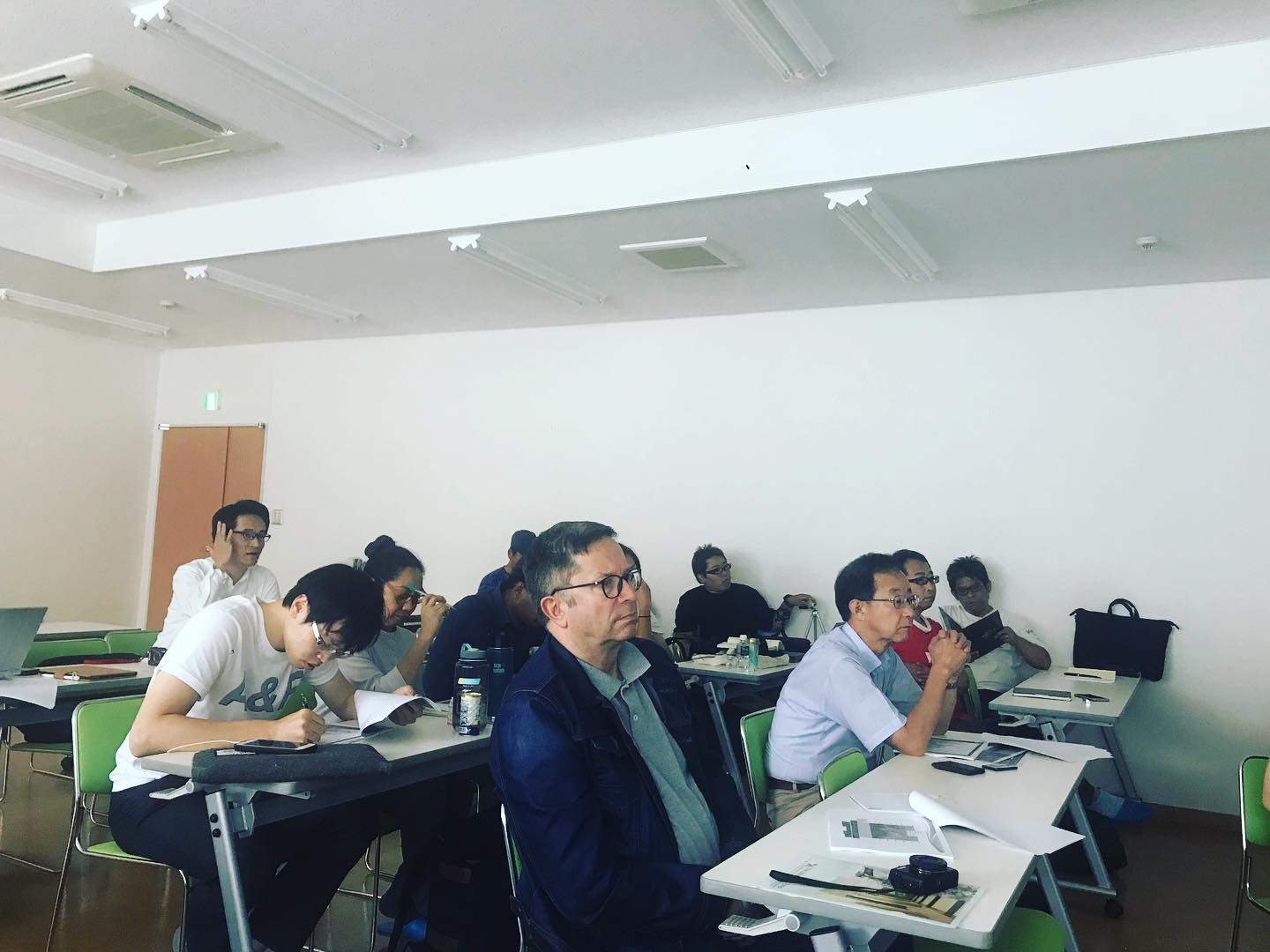
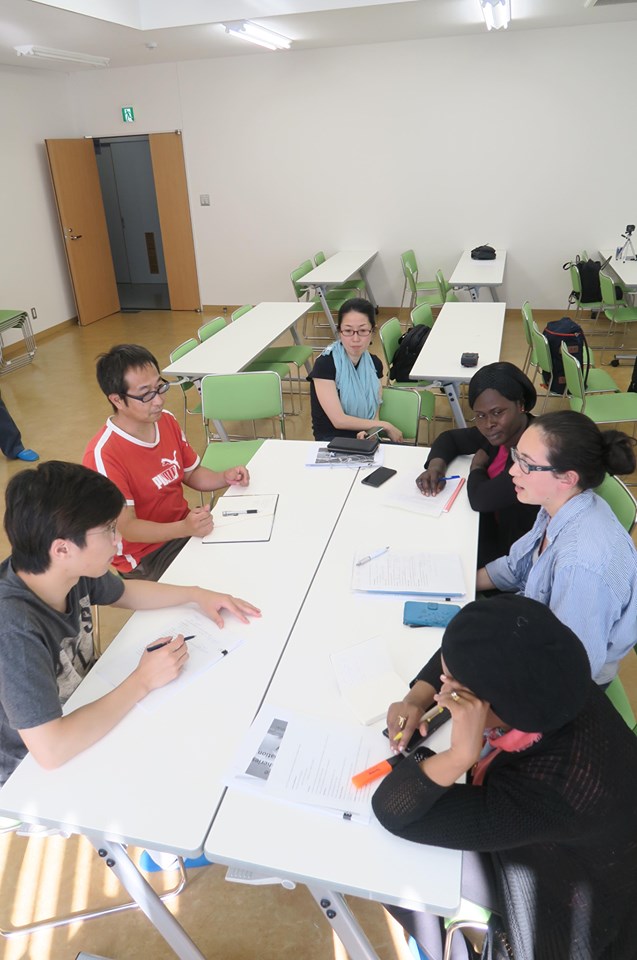
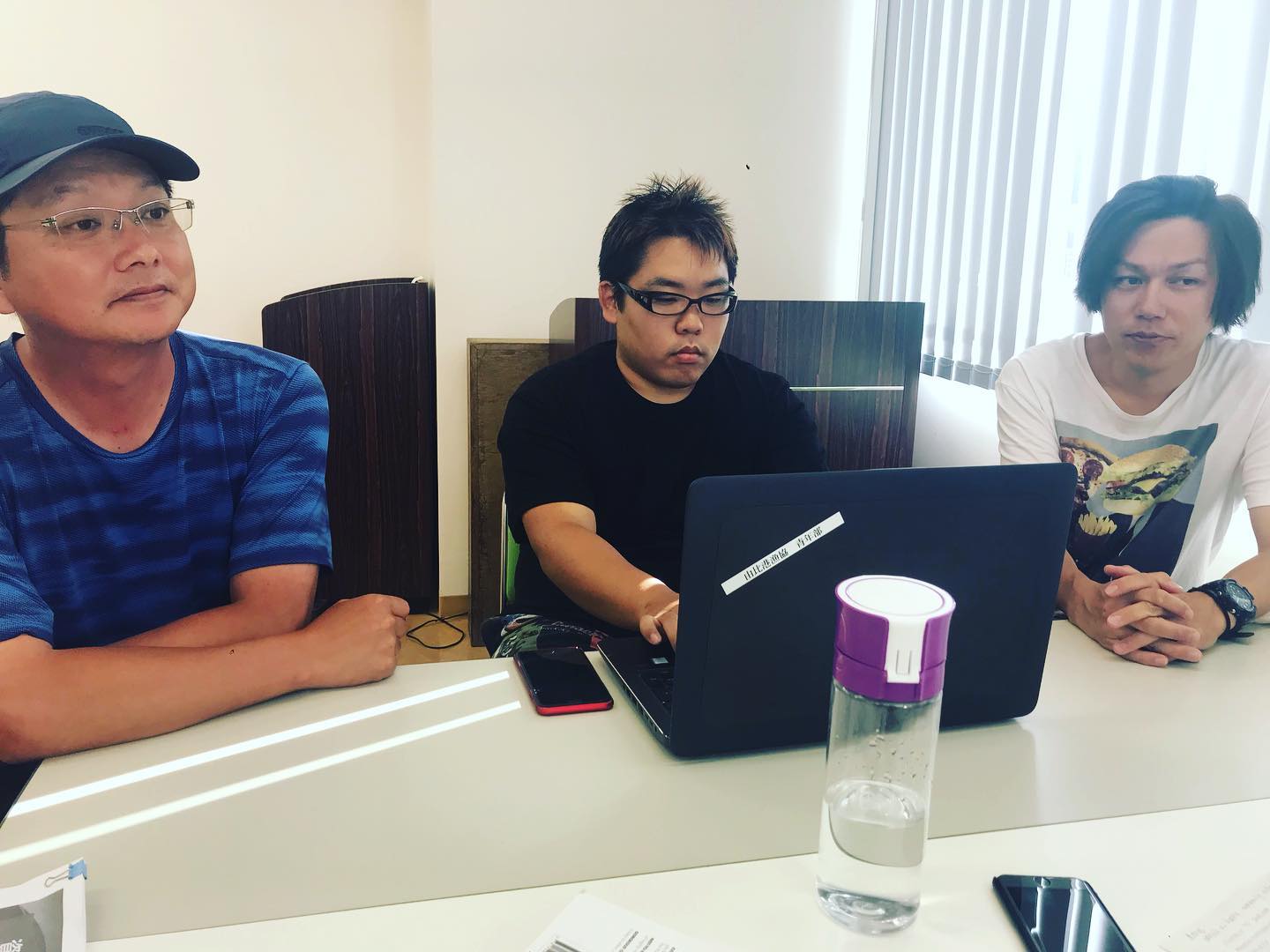
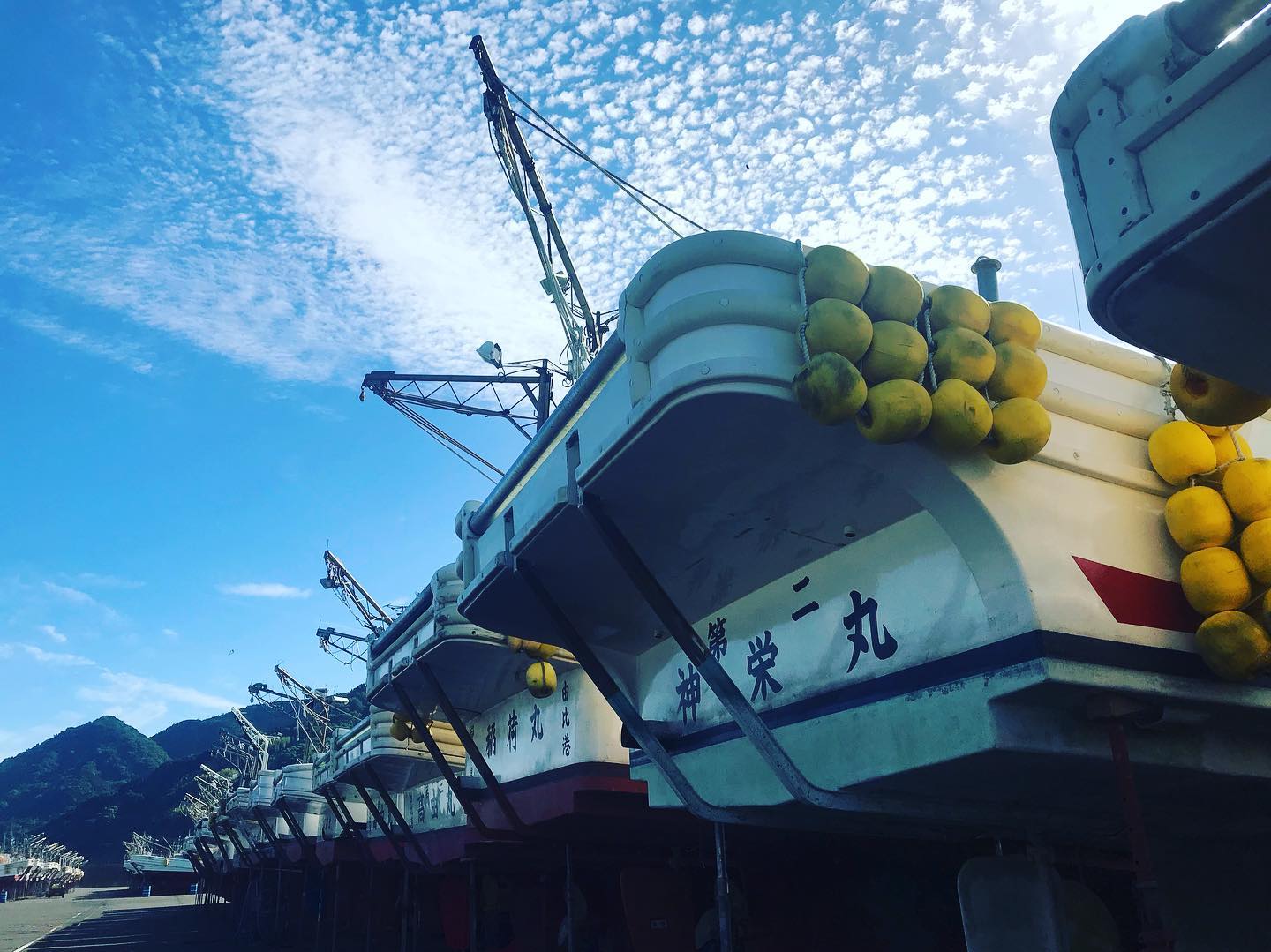
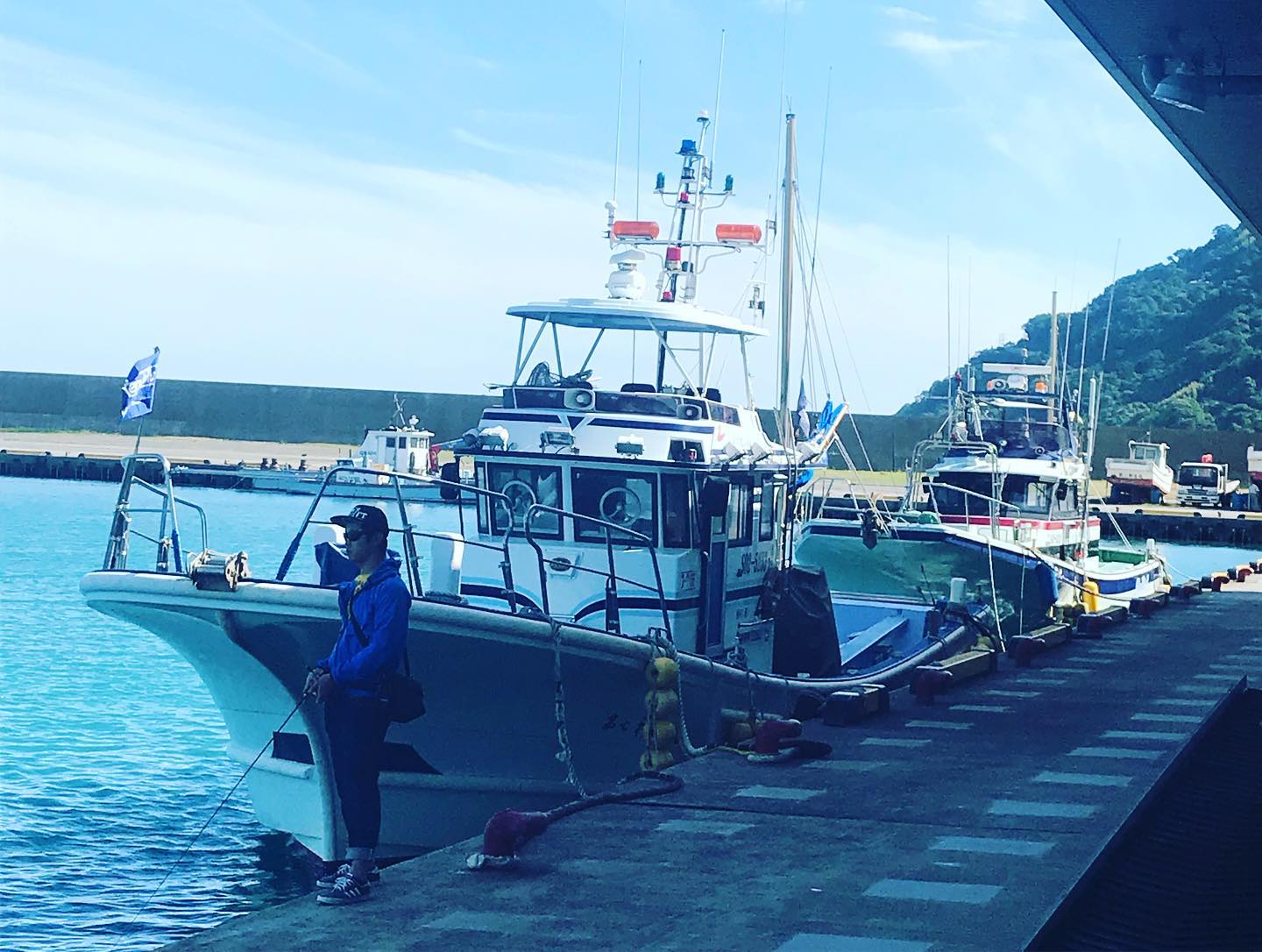
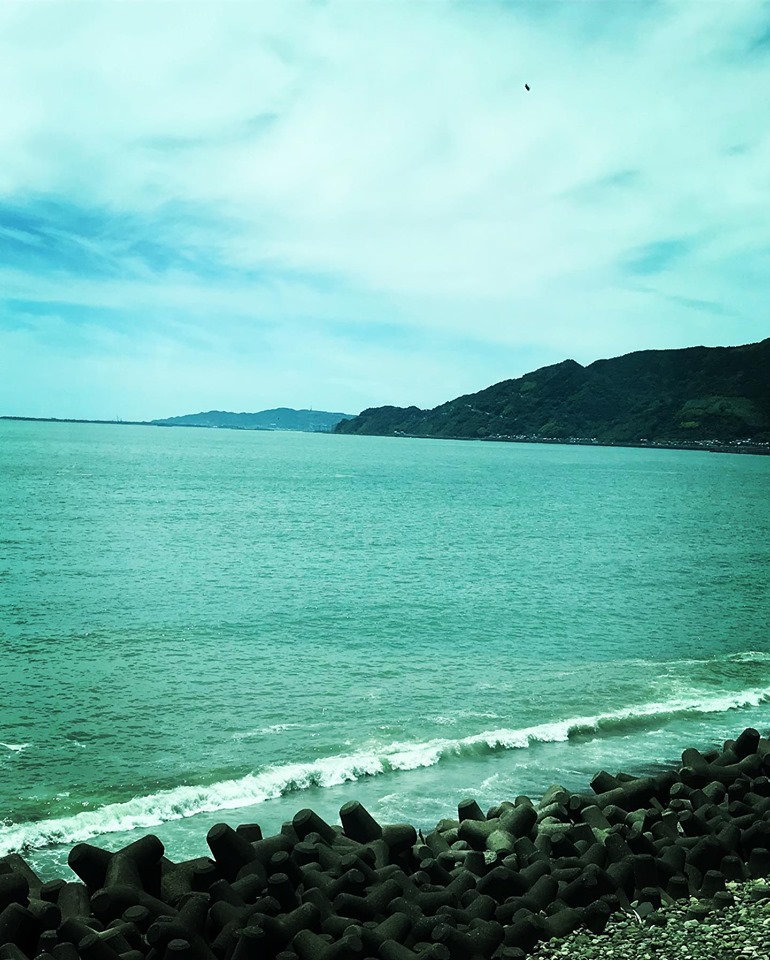
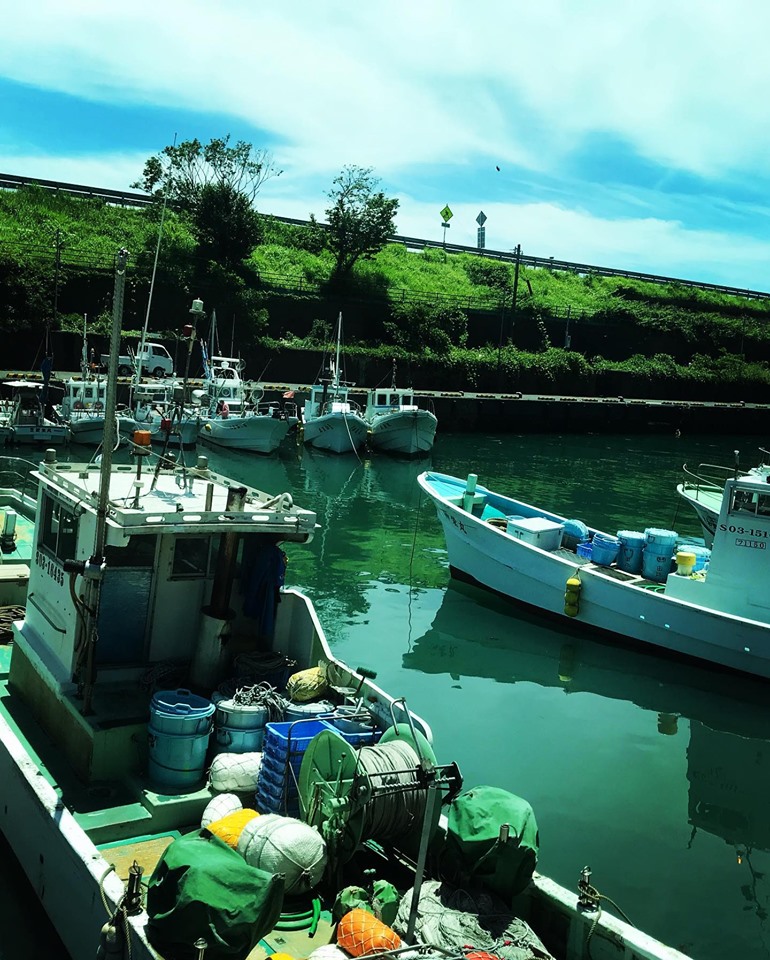
Sashimi: The master of the Japanese dinning table
When talking about sashimi, it is often mistaken referenced as simply slices of raw fish. However, sashimi is part of Japan’s gastronomic heritage and includes not only the cutting, but also the artistic aspect of the culinary composition of the fish. Therefore, a moist, delicate slice of fish without adornment is a classic and essential experience during your trip to Japan.
Many might confuse sushi for sashimi and vice versa. While, this confusion might be understandable, sushi and sashimi are completely two different traditional Japanese dishes. Sashimi is fresh, raw fish that is sliced very thinly and served uncooked usually with grated cabbage, celery, white turnip, daikon radish, pickled ginger. It can also be served with other raw vegetables, such as carrots or cucumber slices. A bowl of rice (not vinegared) and miso soup can be served with the sashimi. When it comes to sauces, like with sushi, sashimi can be eaten with wasabi and soy sauce.
We had the pleasure and joy of eating sashimi and much more together with Prof Okada in Yui. We gathered around a traditional Japanese dinning table, meaning we were seated on the ground. Prof Okada asked me if I am used to sitting on the ground while eating. I told him, yes, we do still have our Ramadan meals the traditional way seated comfortably on the ground. He asked me again, if I am used to eating with my bare hands, this time I unfortunately answered with a no, I was trained as a child to eat using western cutlery. He laughed and said, yes thats how new generations are 
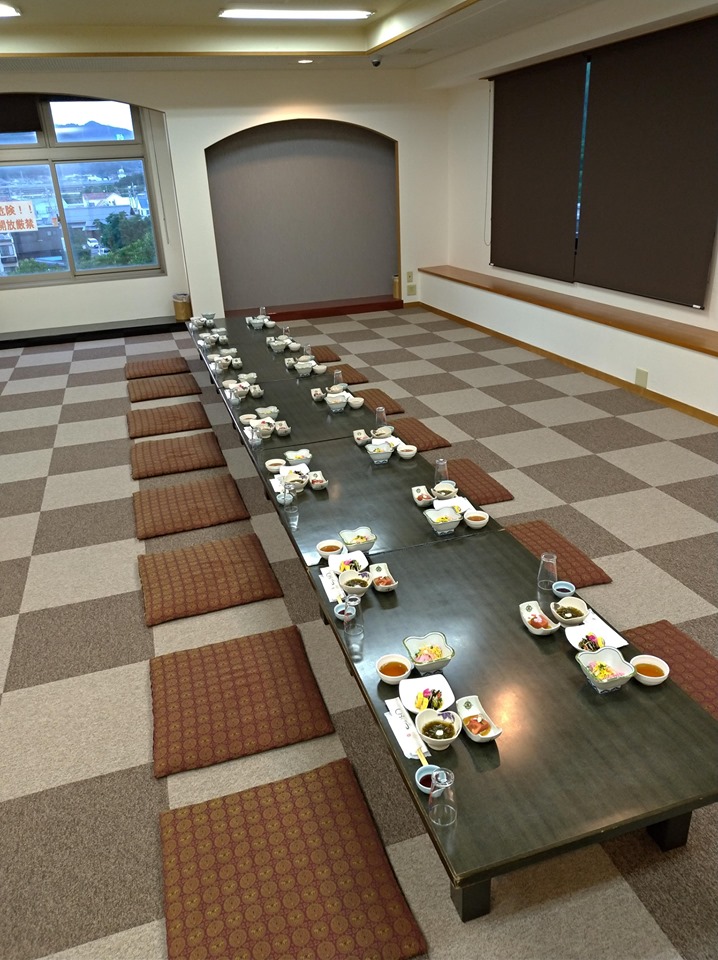
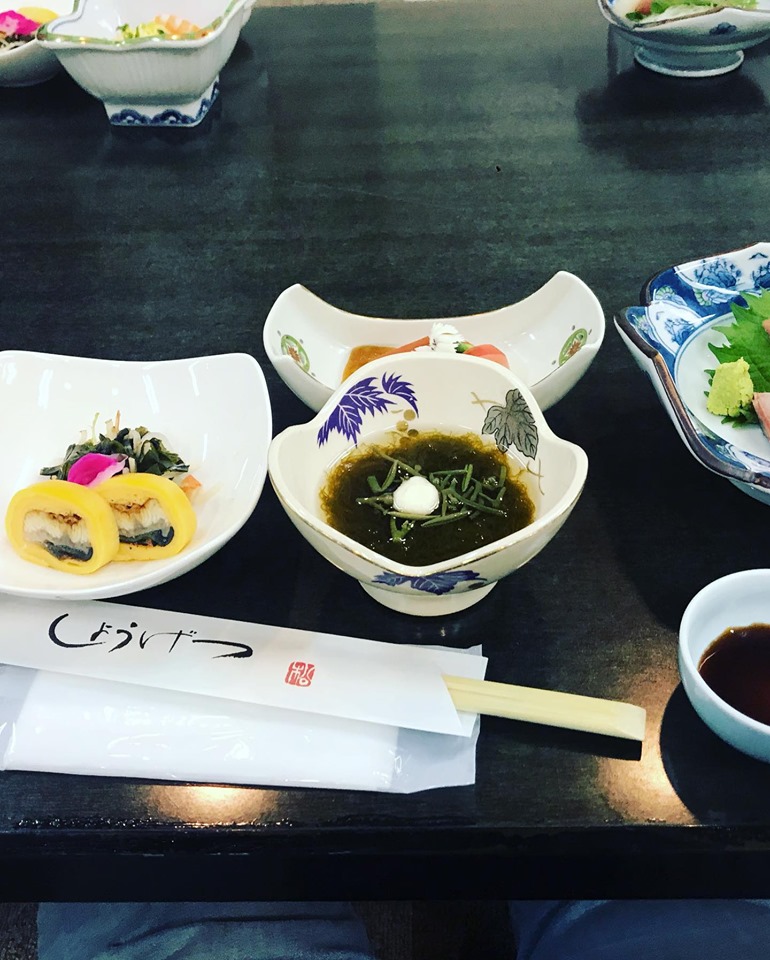

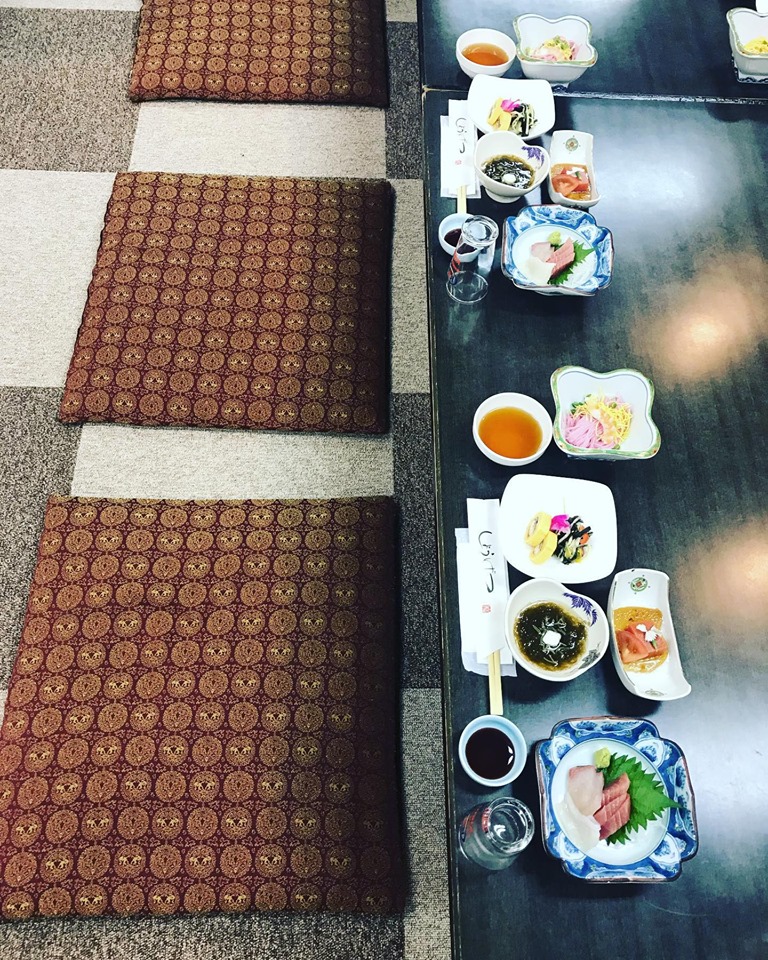
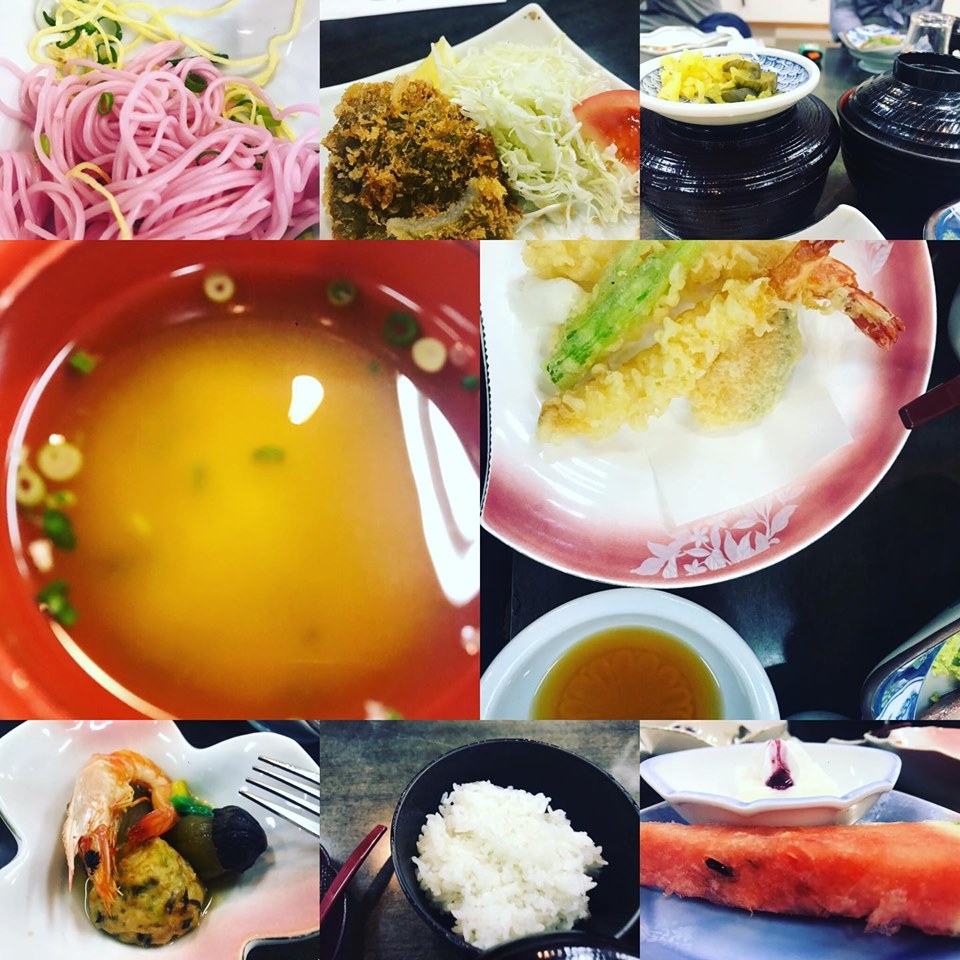
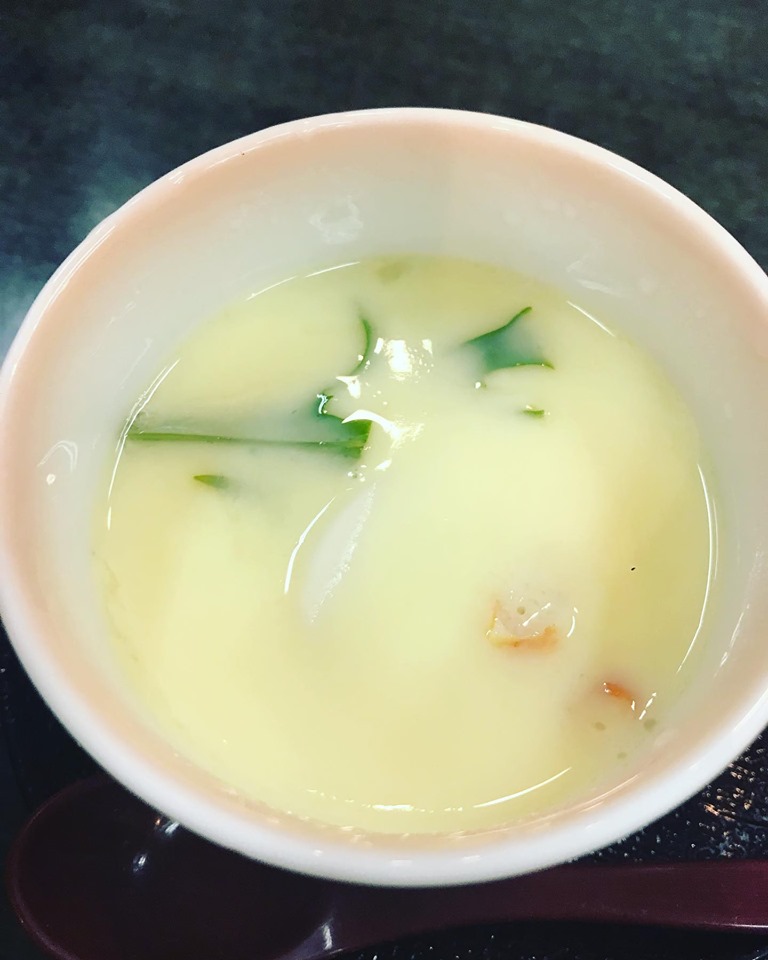
Taking a tea break in Shizuoka
Since Shizuoka is the No. 1 Tea producer in Japan, visiting one of its tea plantations and highlands is a must for any visitor. Our course organizers surprised us with an excursion to a tea picking farm in Shizuoka. At the entrance of the tea farm, some nice ladies helped put our yukata (traditional tea picking clothes) on and supplied us with tea picking baskets followed by a ten minute explanation on how to pick the tea leaves and we were then guided to our designated tea picking area. We enjoyed tea picking in the fields while gazing at the sacred Mouth Fujisan and took a guided tour around the tea factory where we saw the whole process of making green tea. We were then given tea paper bags to store the tea leaves we picked and we were allowed to keep the headscarves we wore during the tea picking experience. Last but not least, we were treated to ice cold matcha drinks and we also had a very delicious matcha ice cream at the farm souvenir shop. We also enjoyed a nice lunch there where we enjoyed rice cakes blended with tea leaves and yummy grilled salmon steaks.
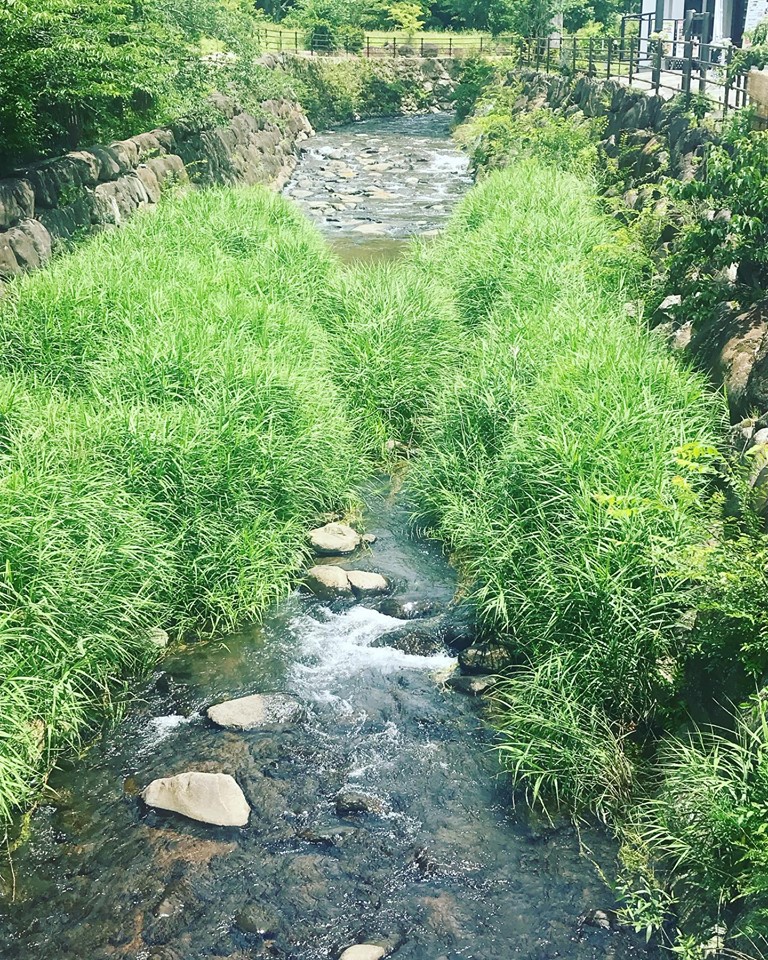
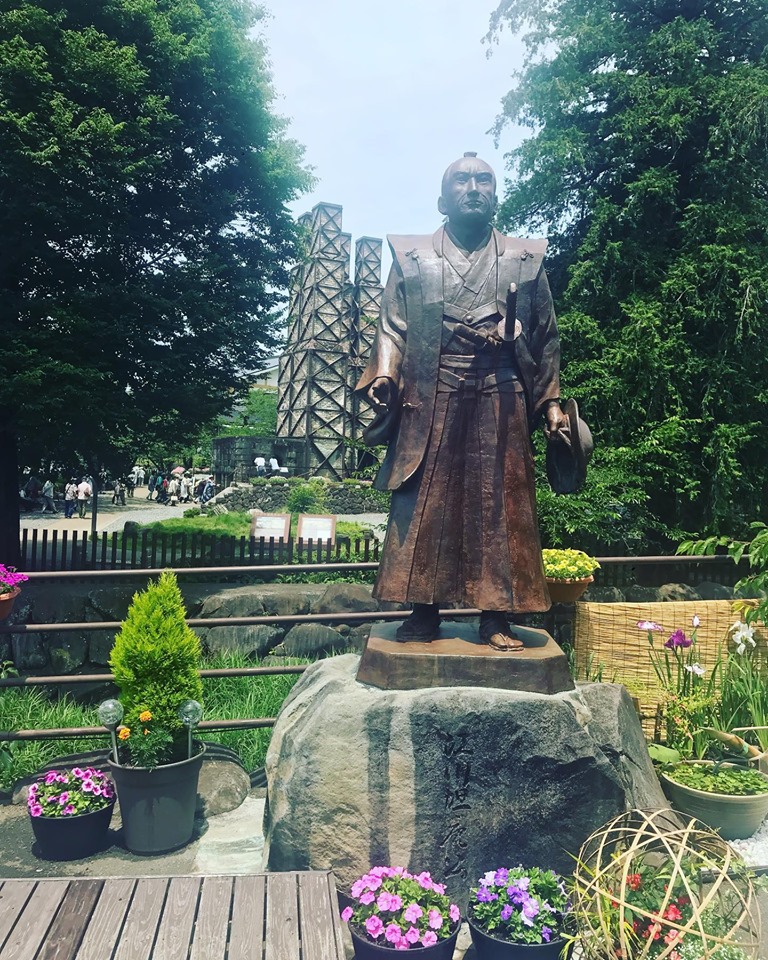

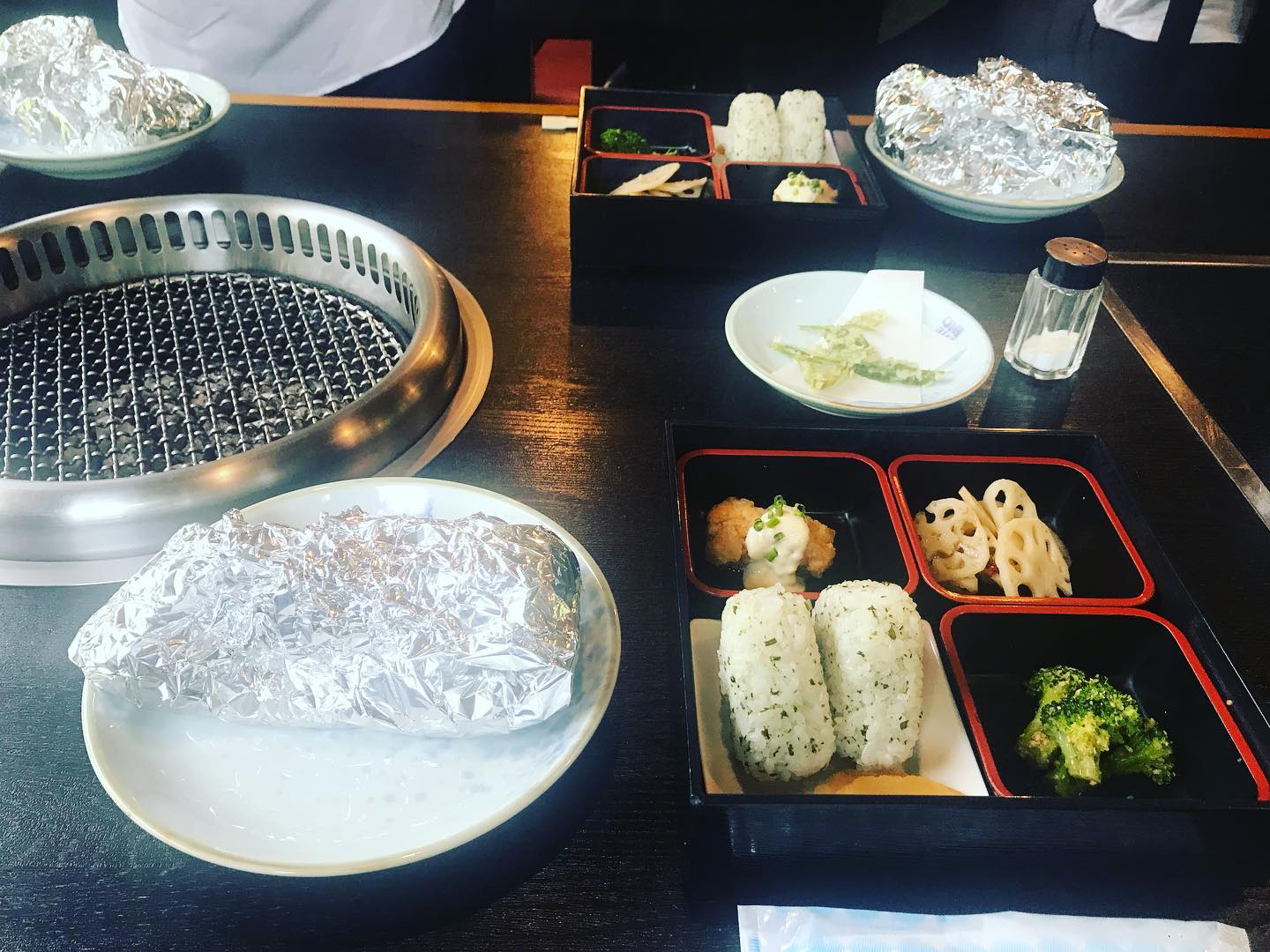
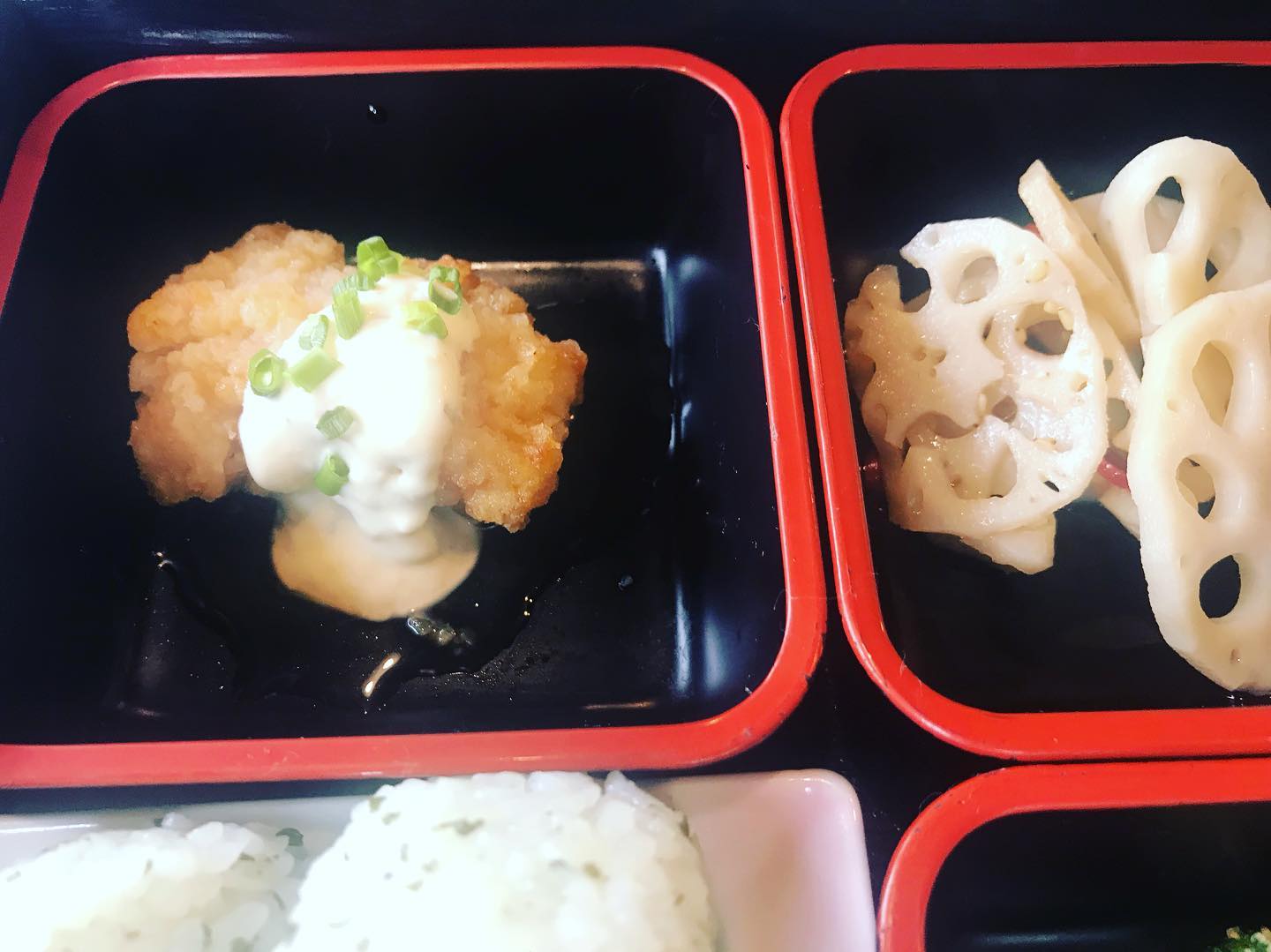
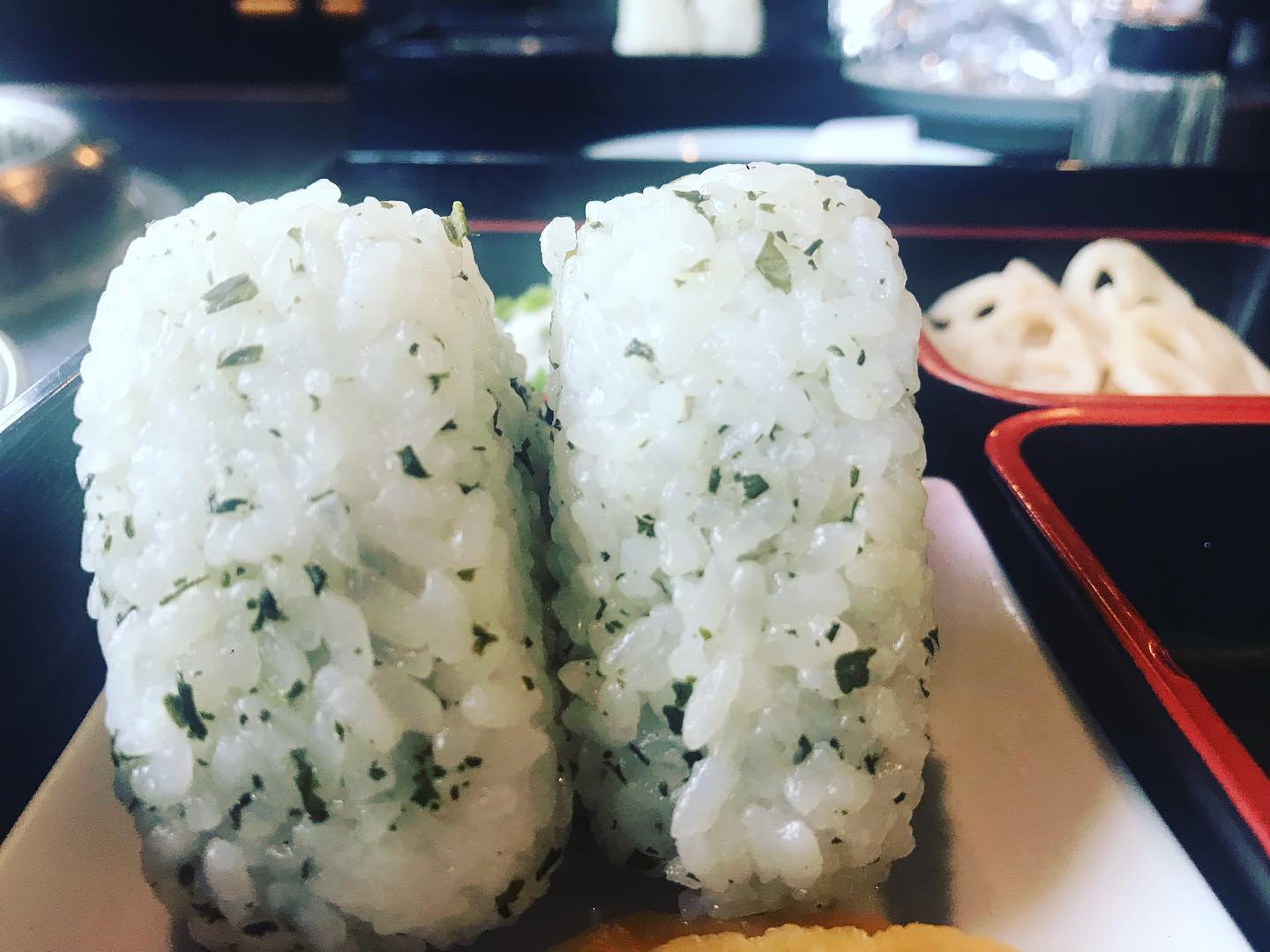

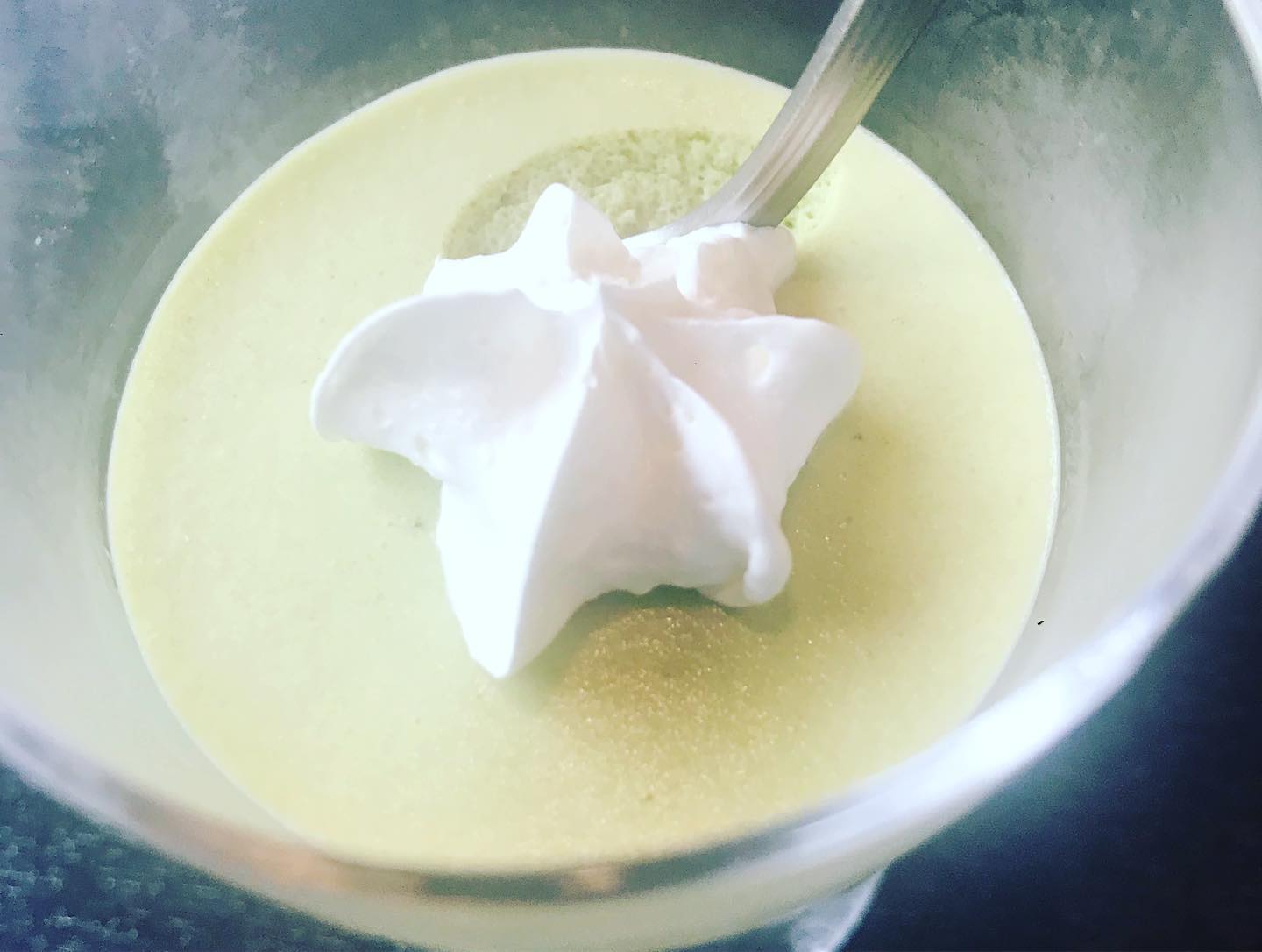
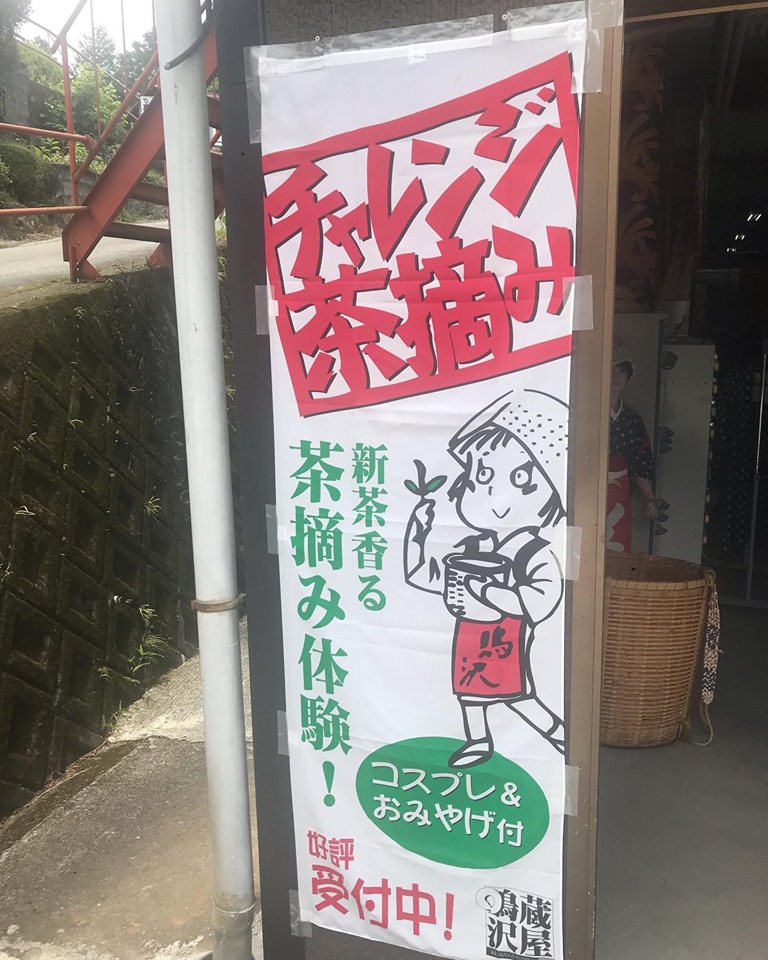
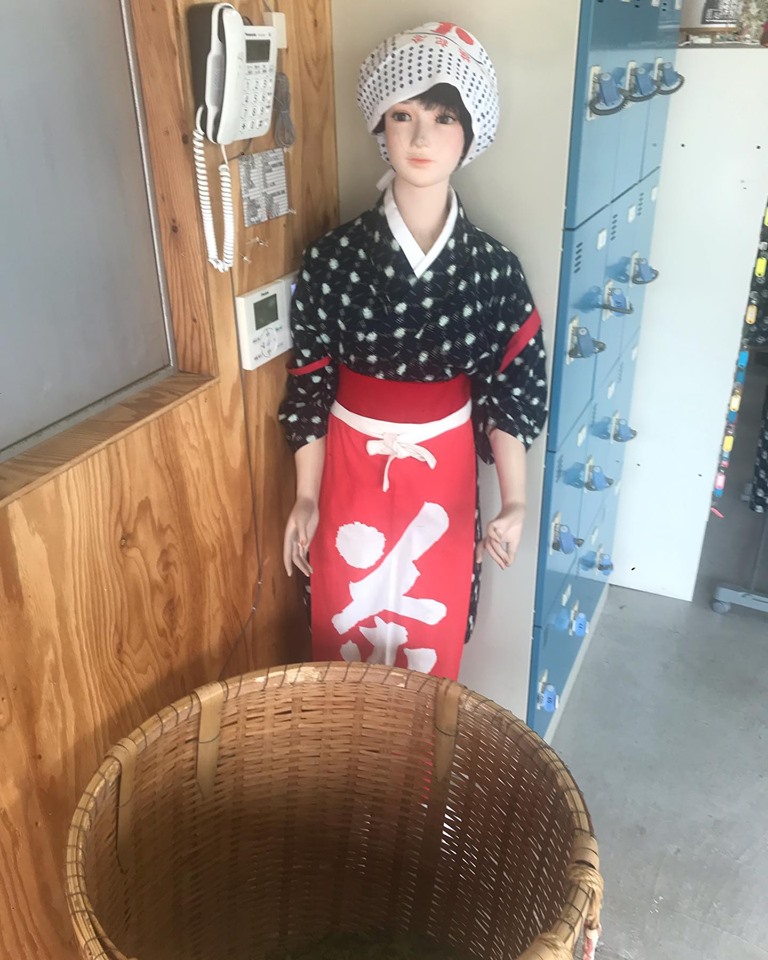
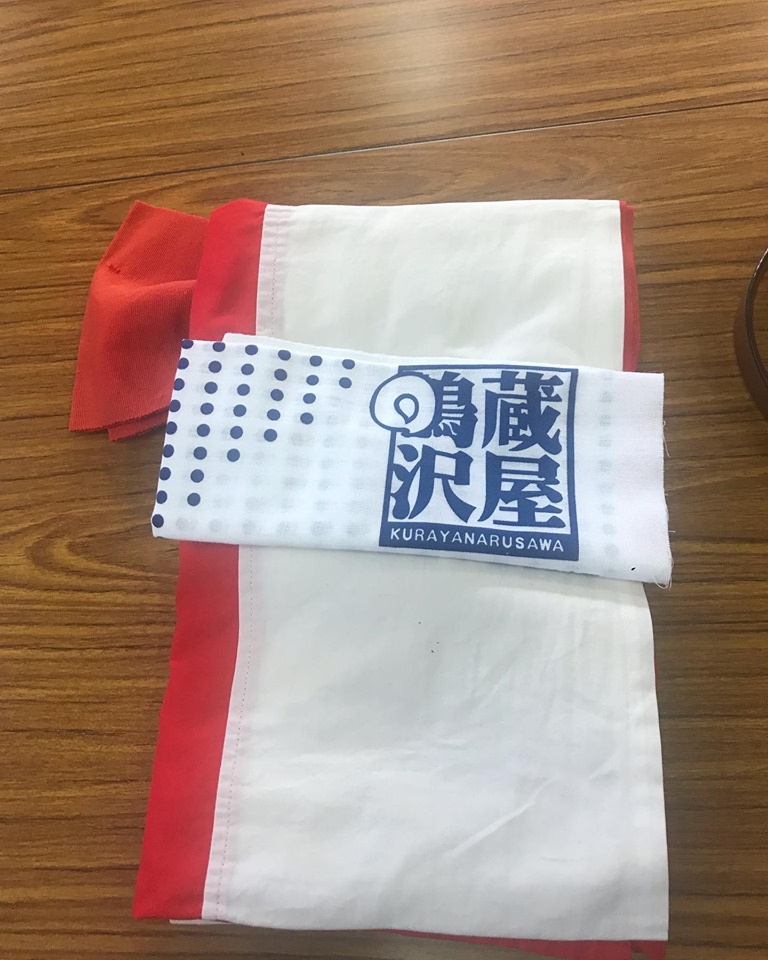
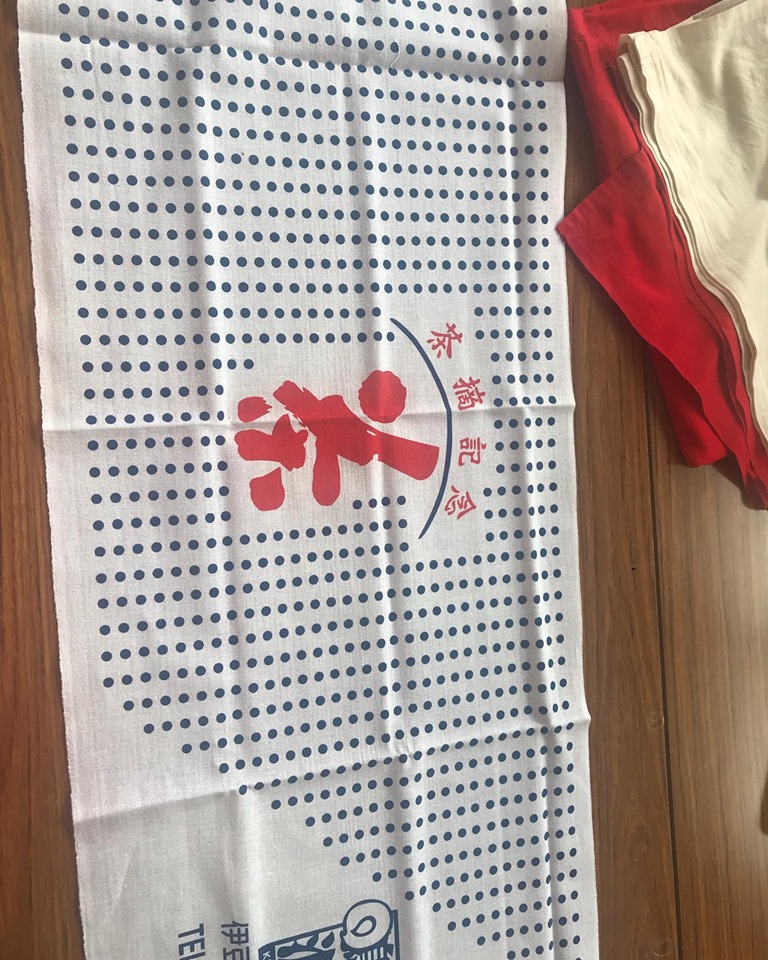
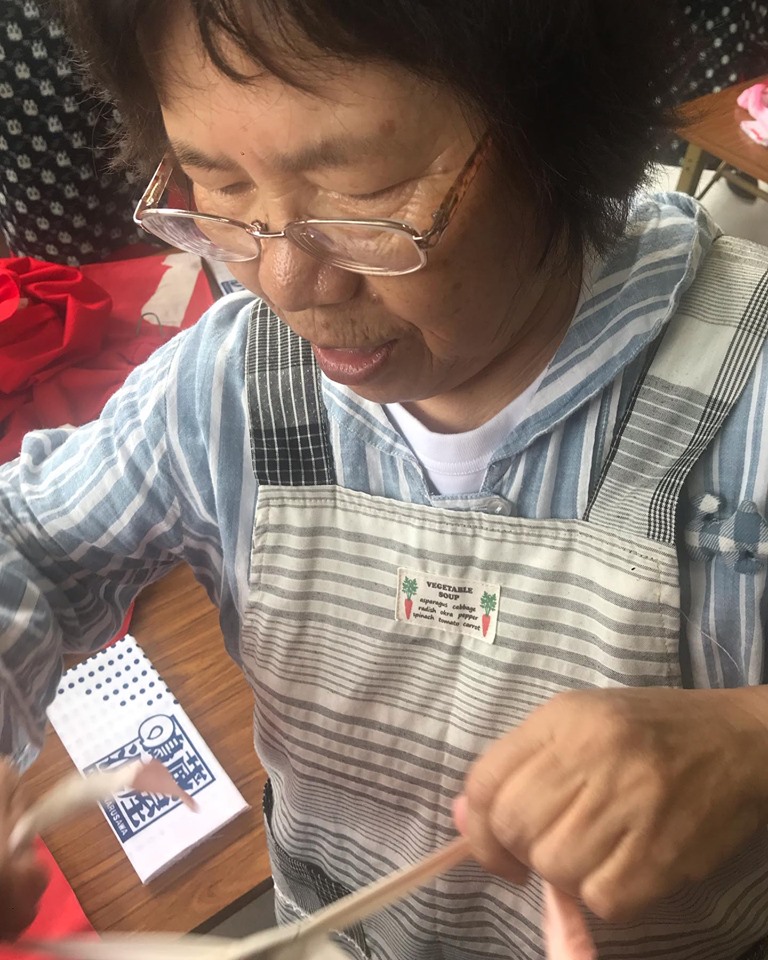
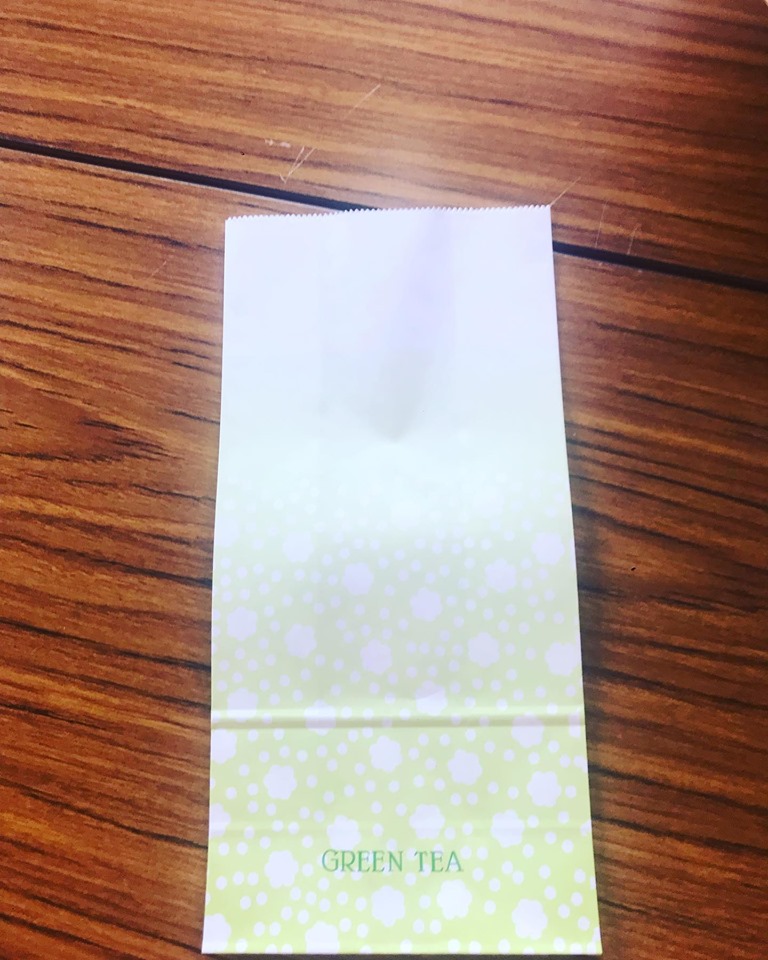
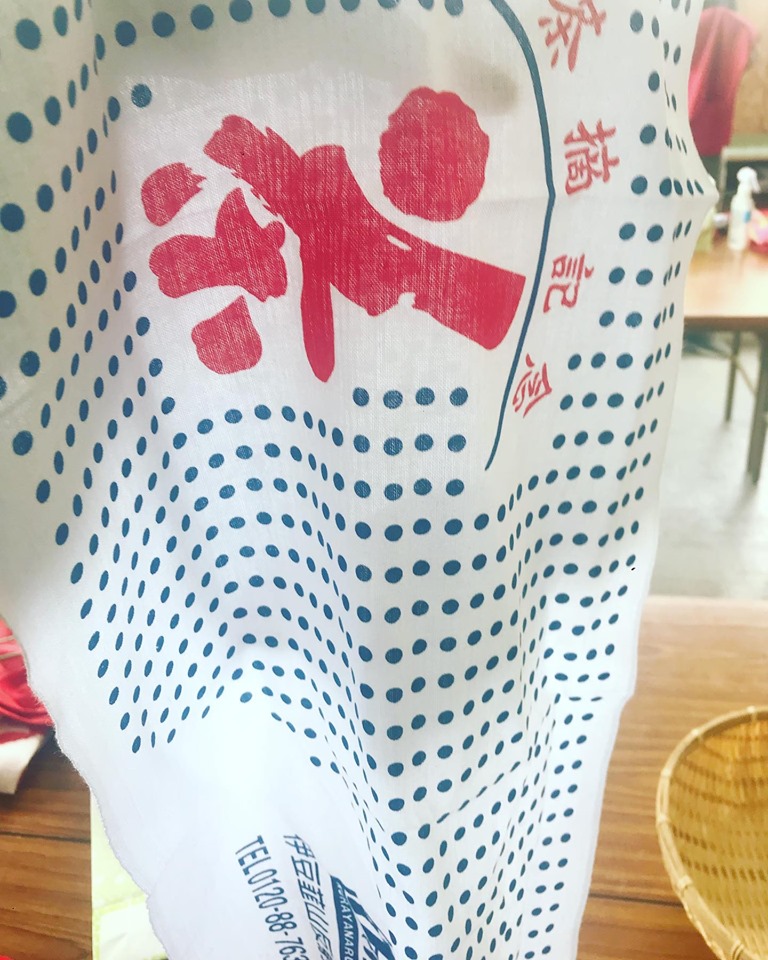
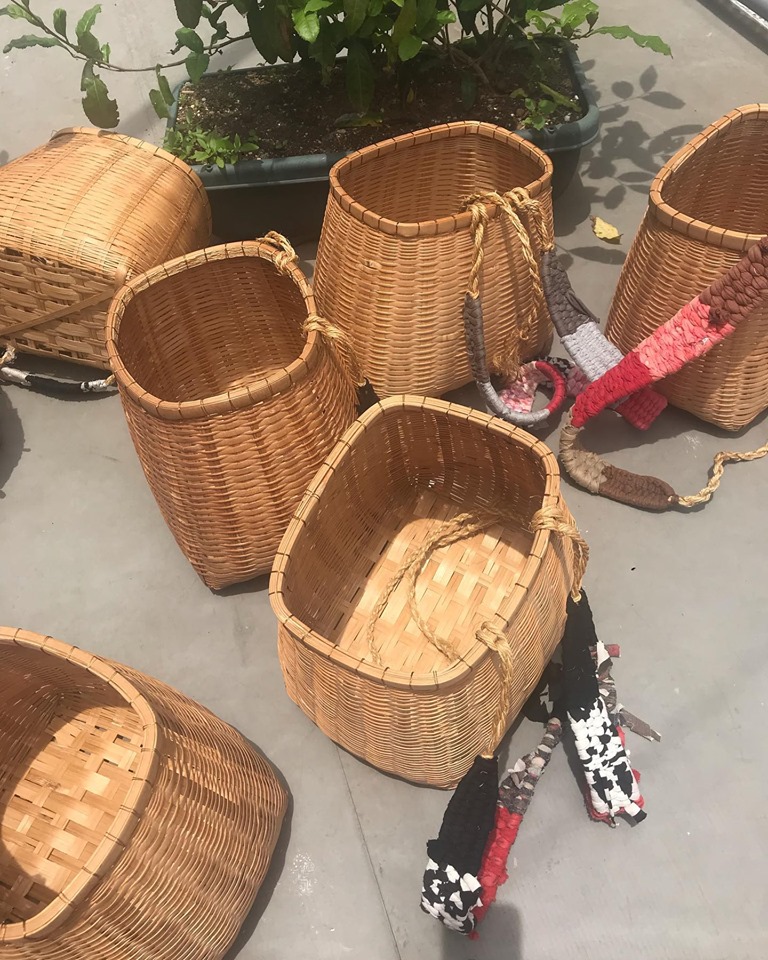
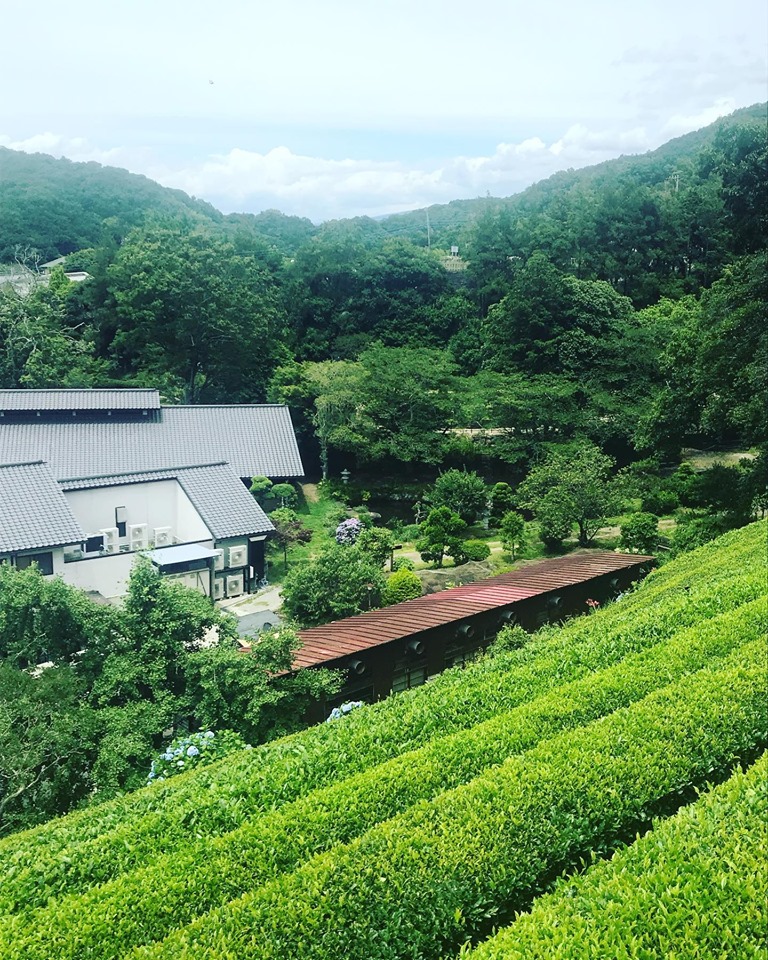
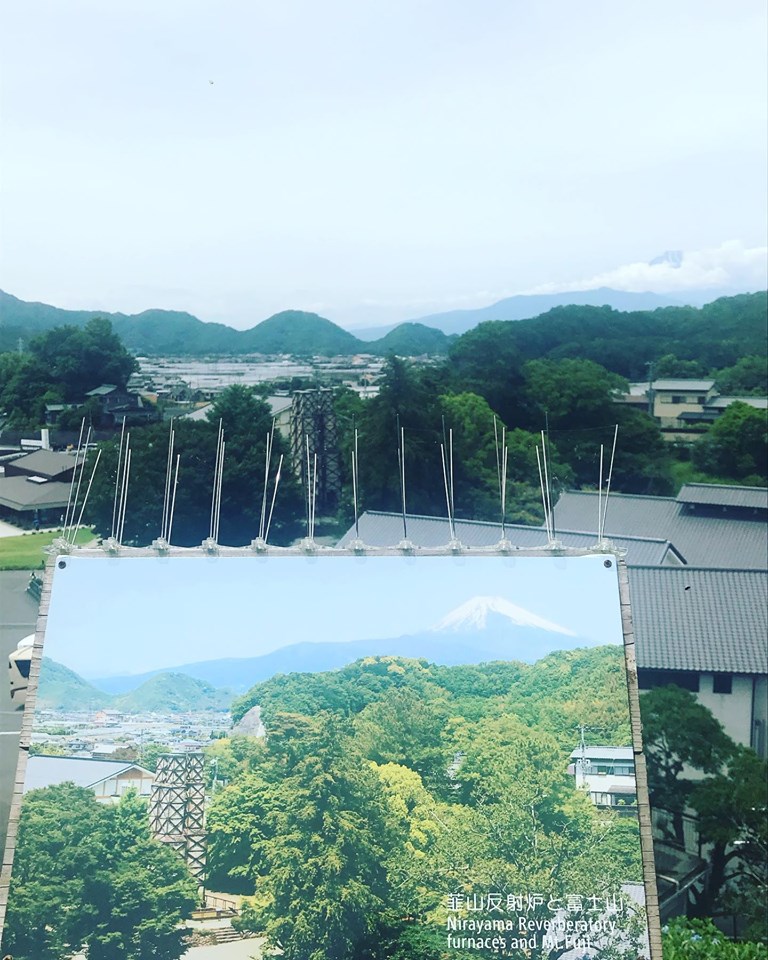
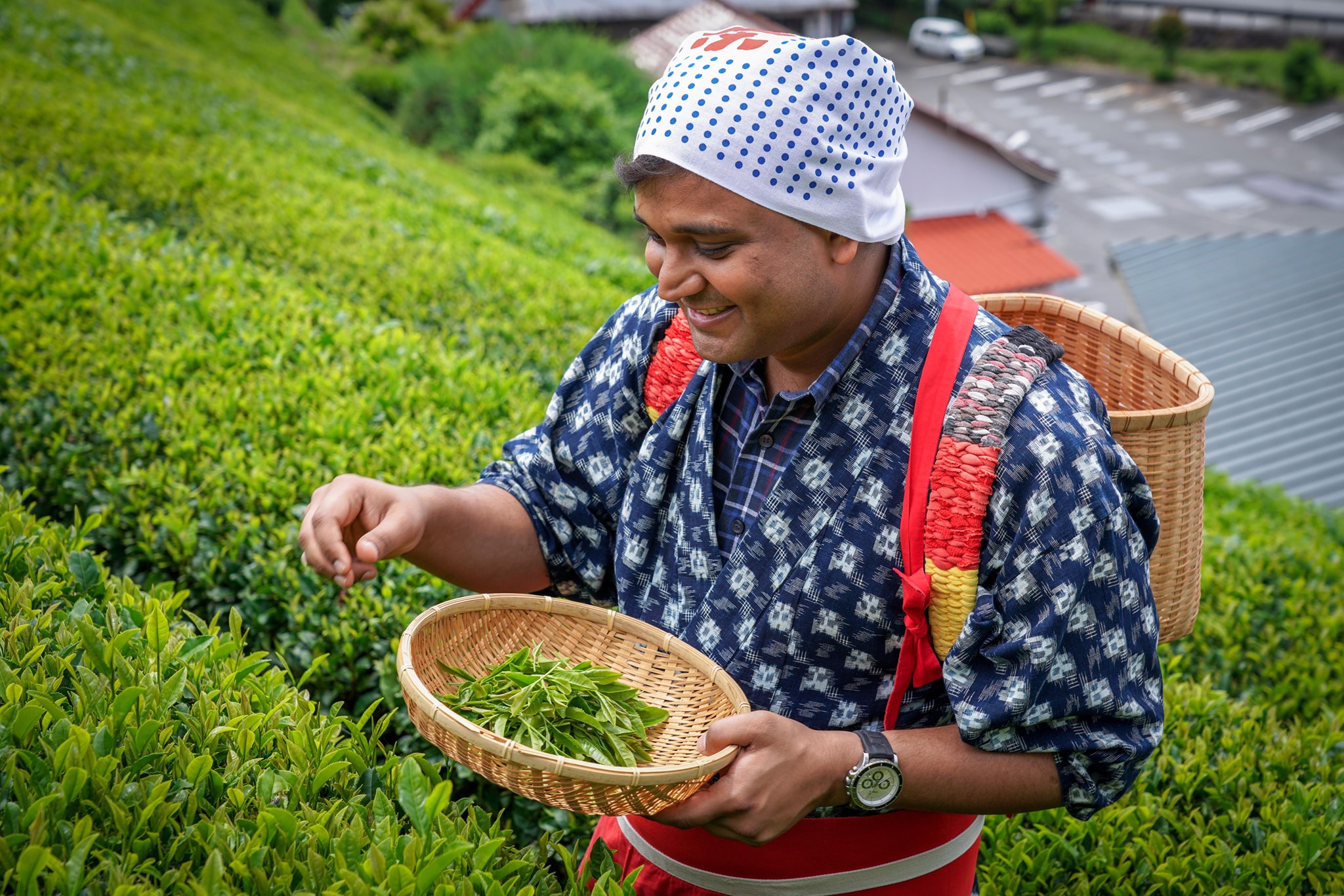
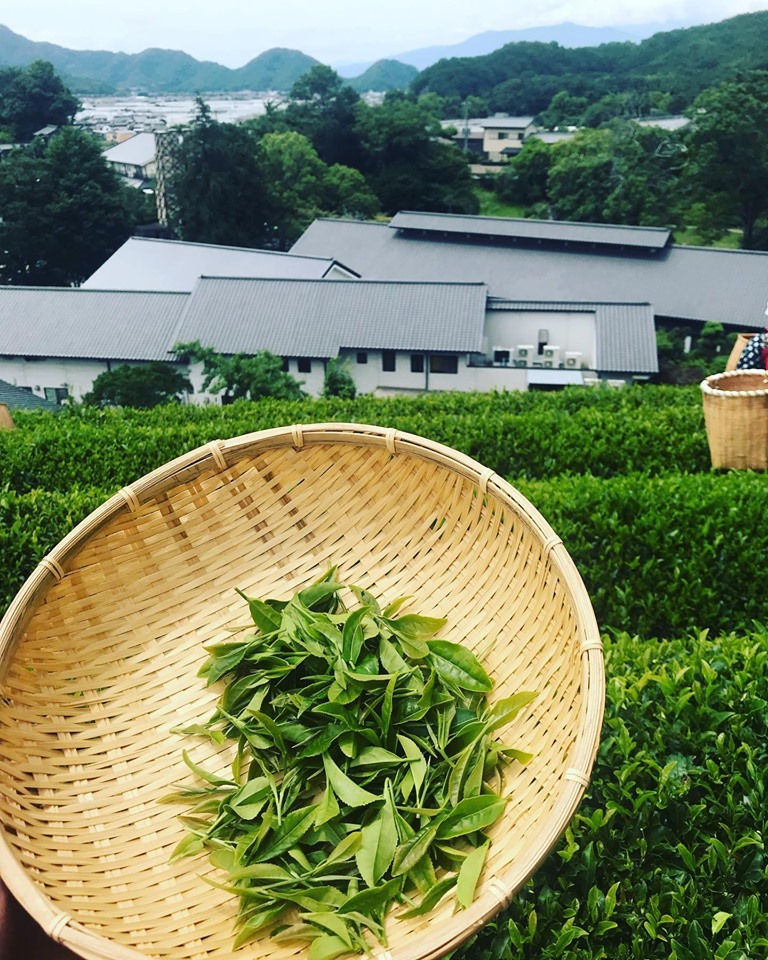
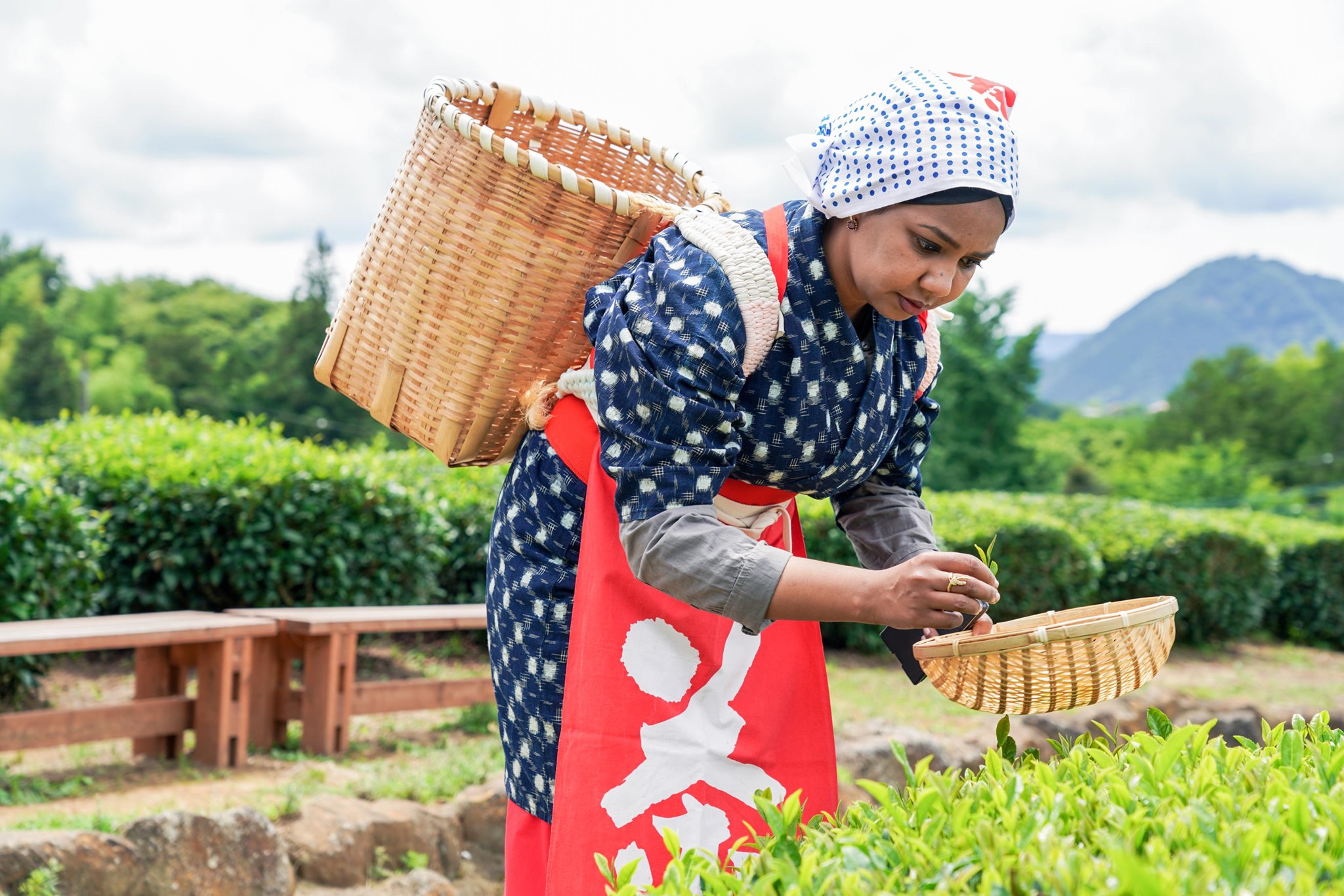
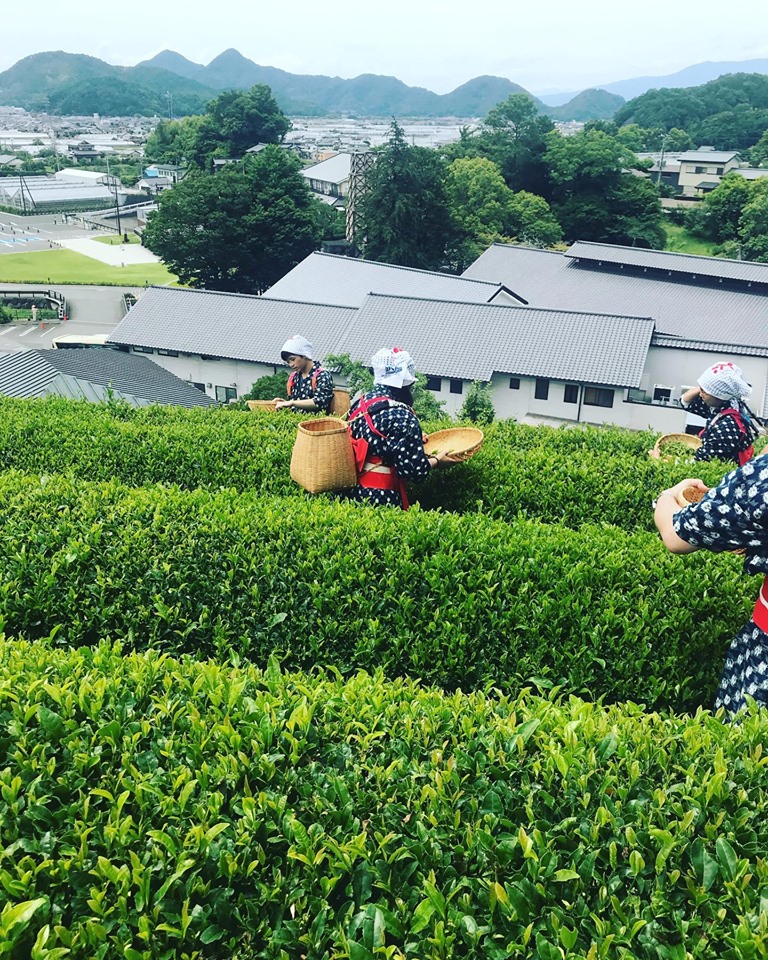
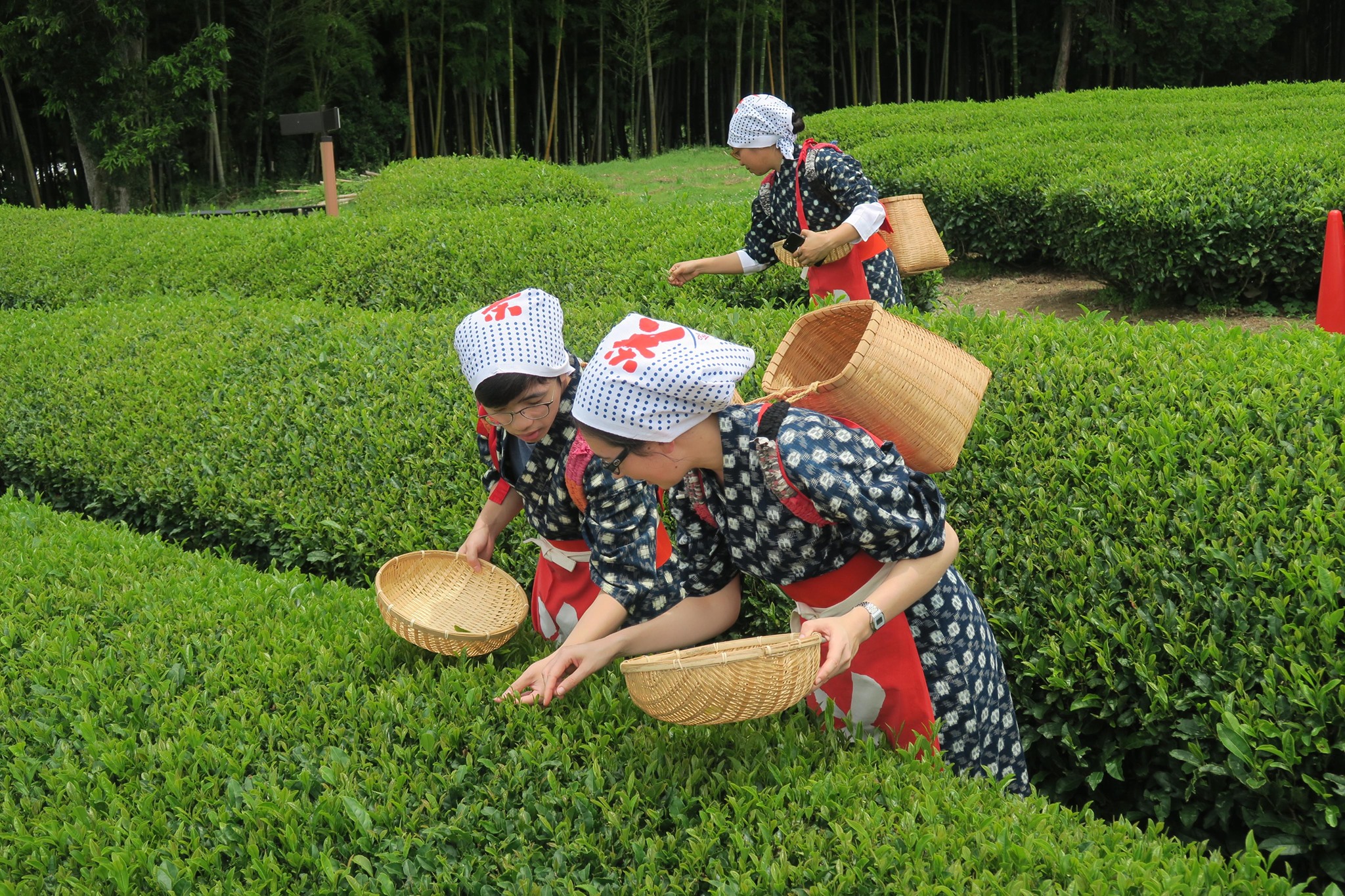
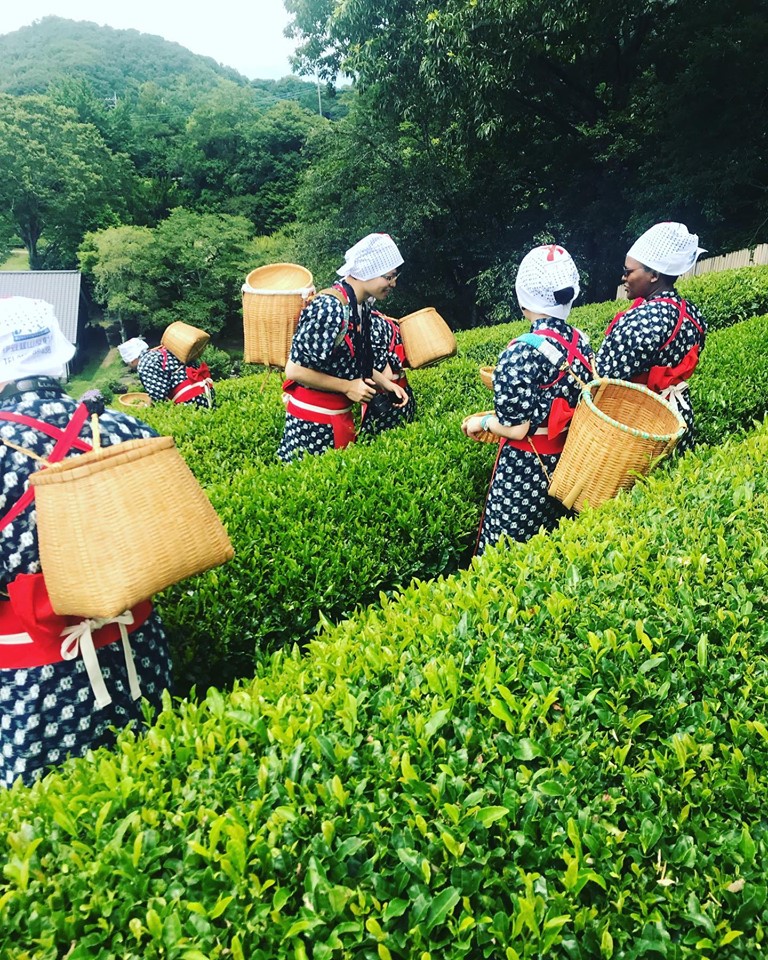
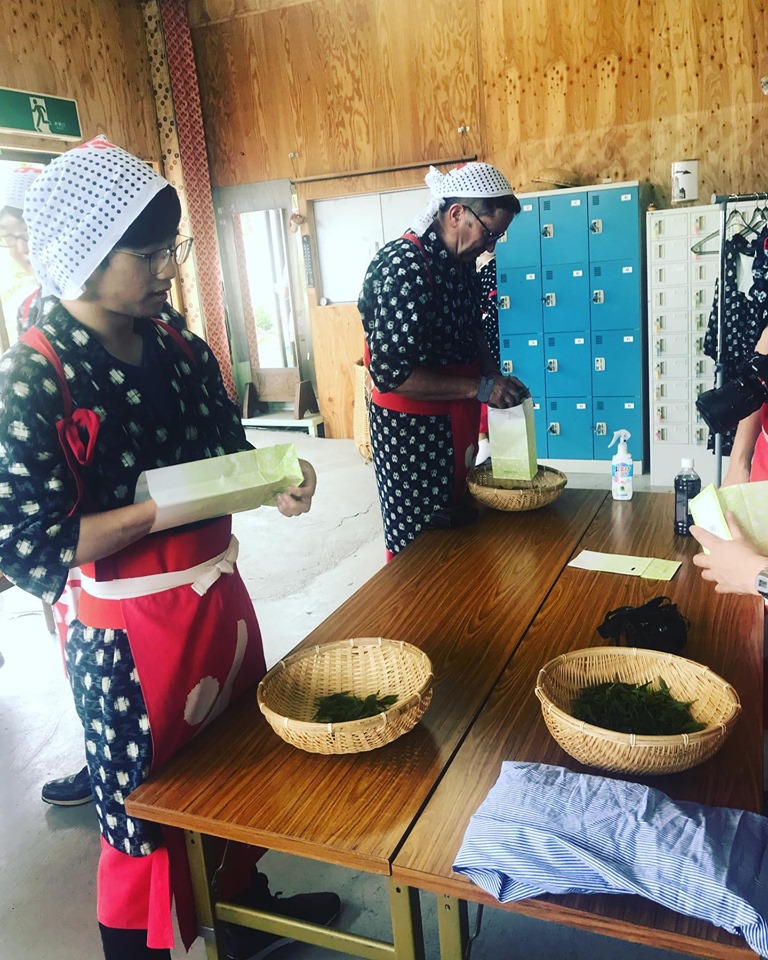
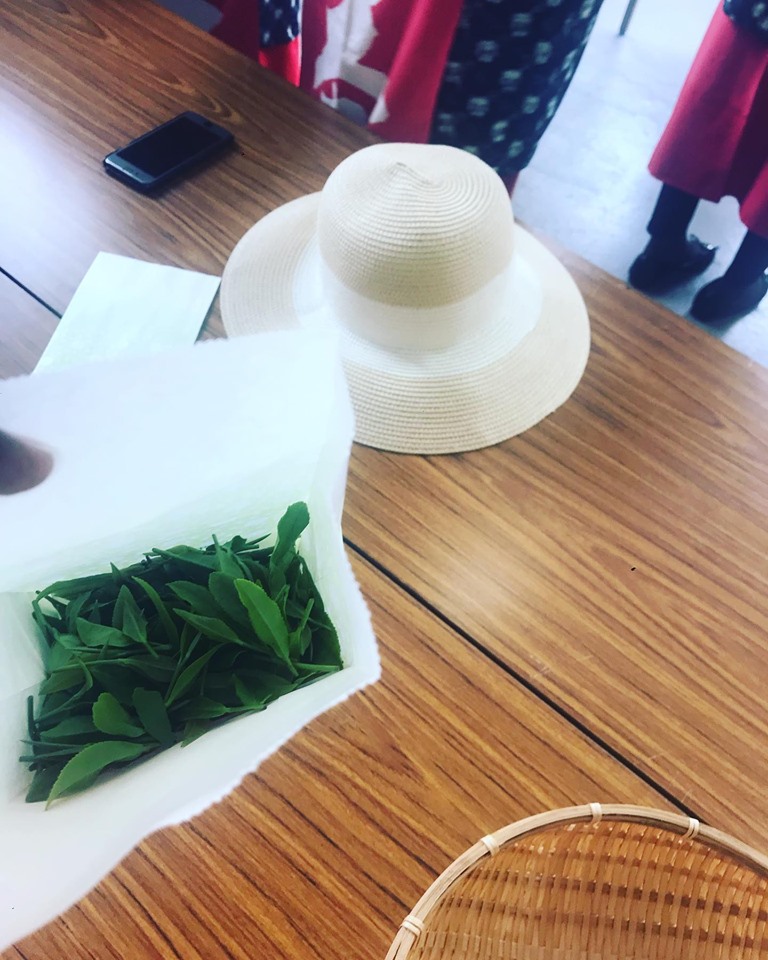
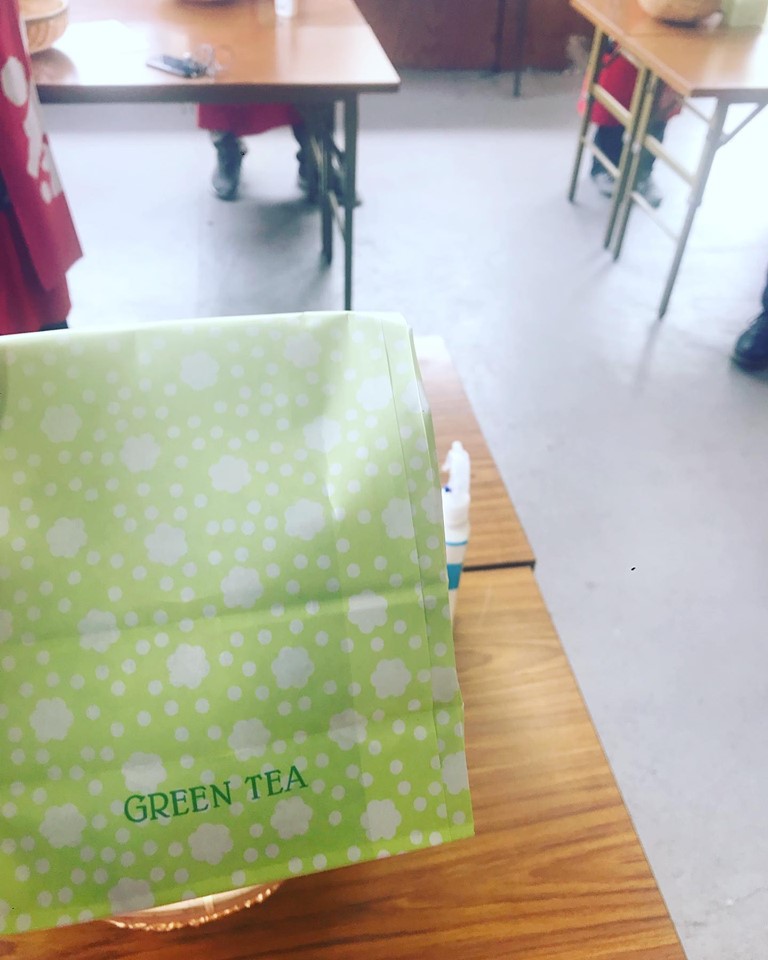
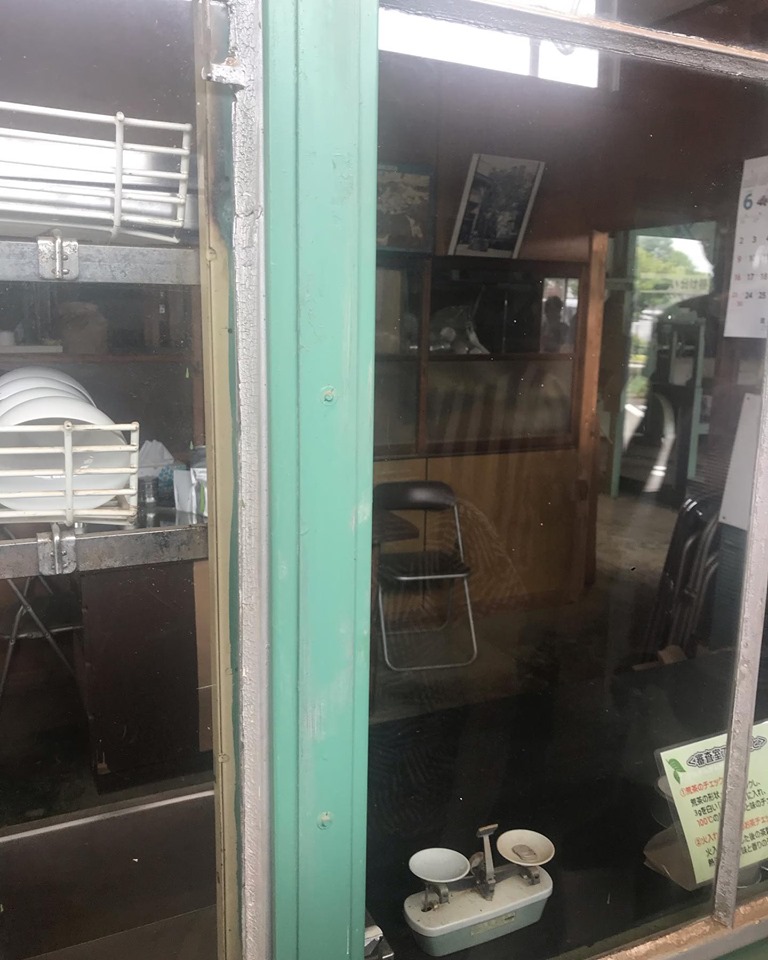
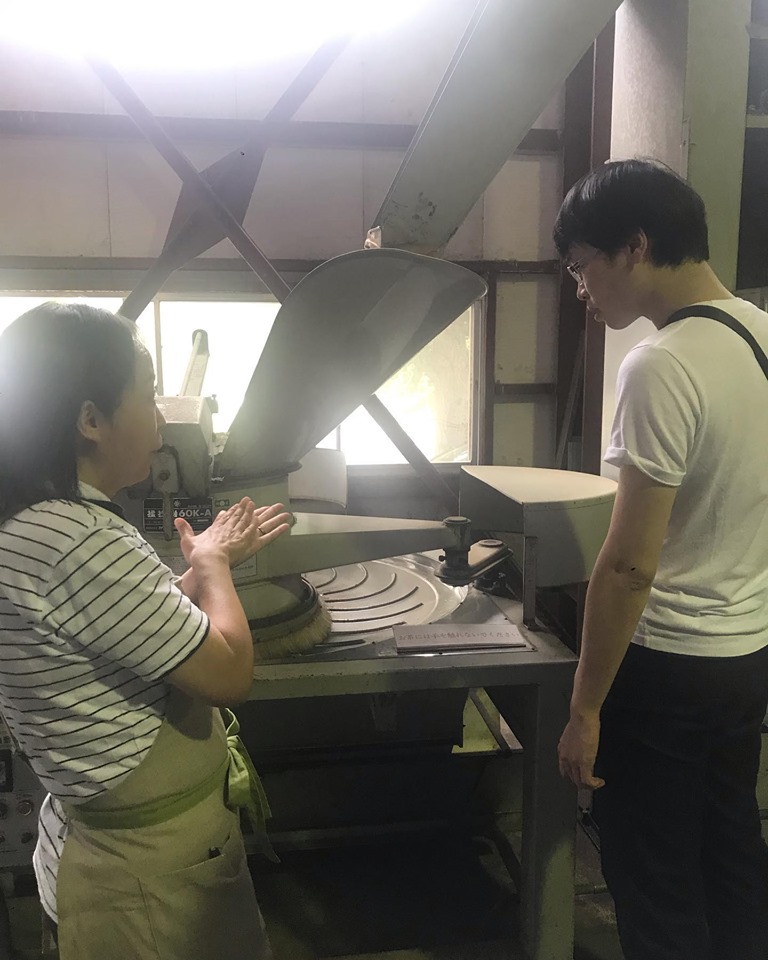
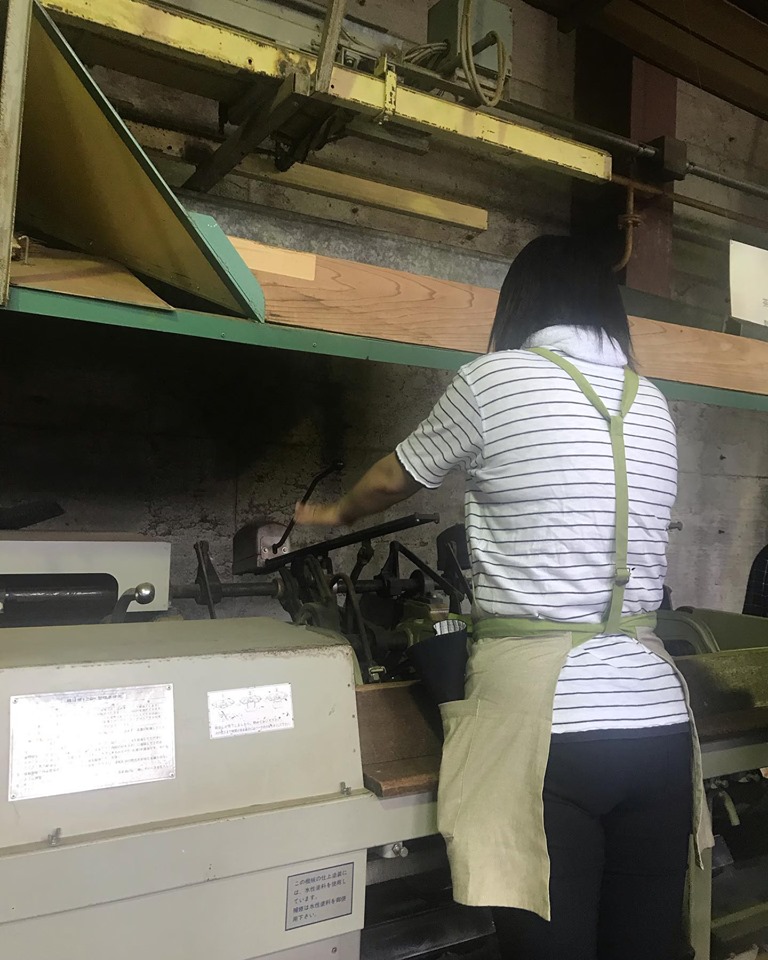
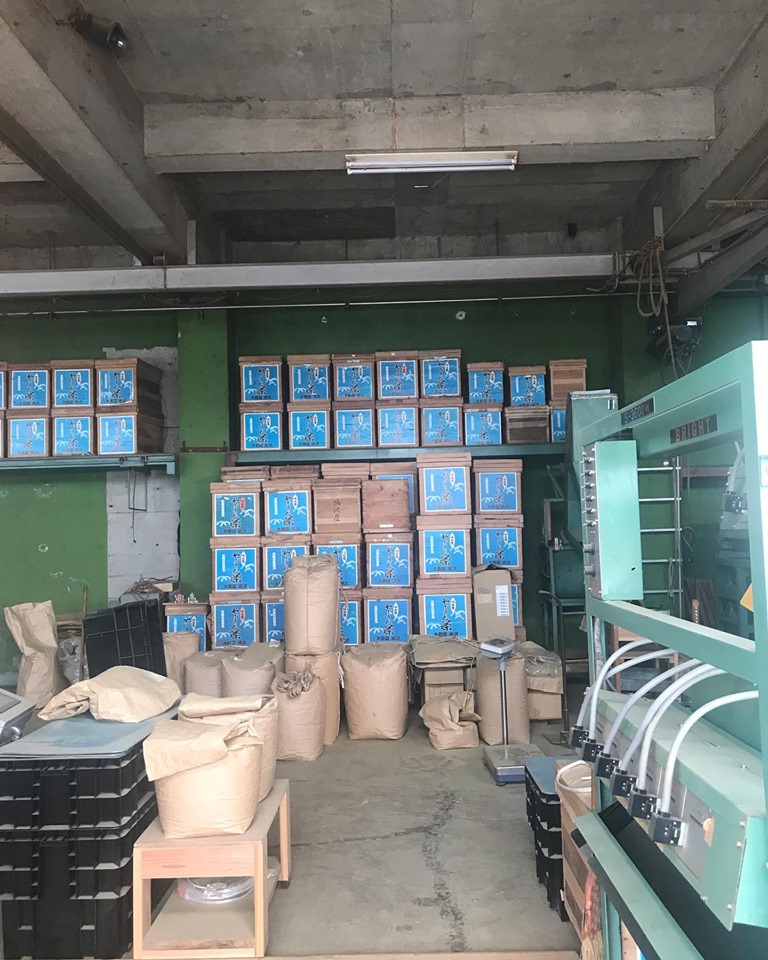
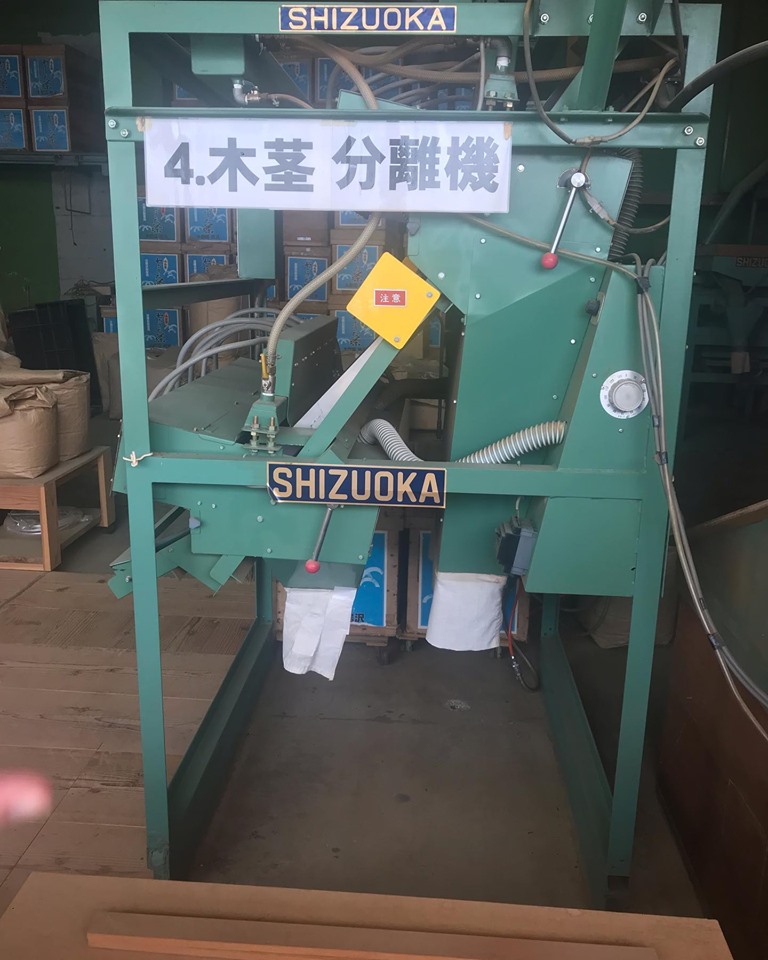



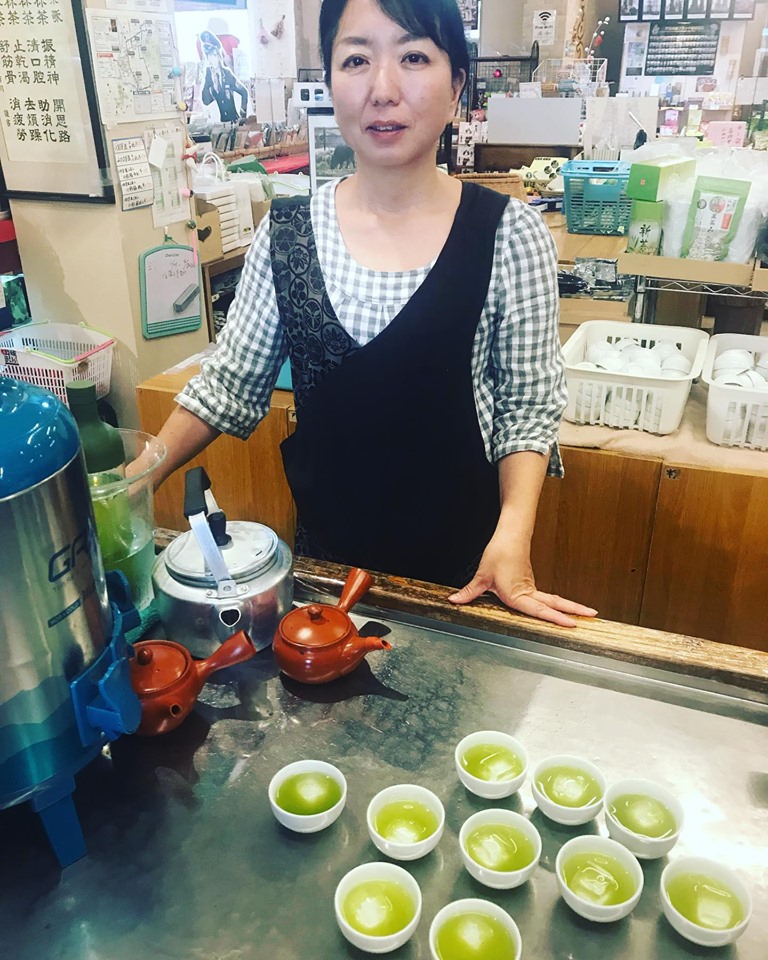
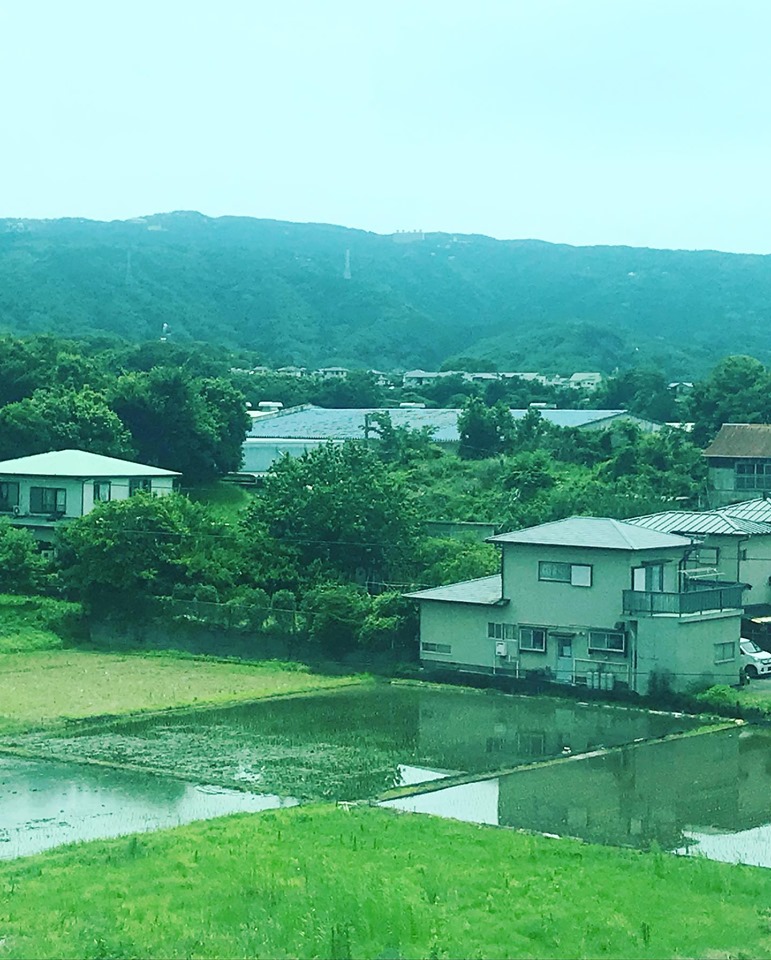
Back in Tokyo
Following our return to Tokyo, we presented the results of the interviews we conducted with the fishermen and the conclusions we drew from the results. We had a chance to reflect on our coursework and field visit plus we were asked to fill an assessment survey regarding our impressions on the outline of the course and the accompanying program. We were also awarded participation certificates, very fancy ones if I may say 


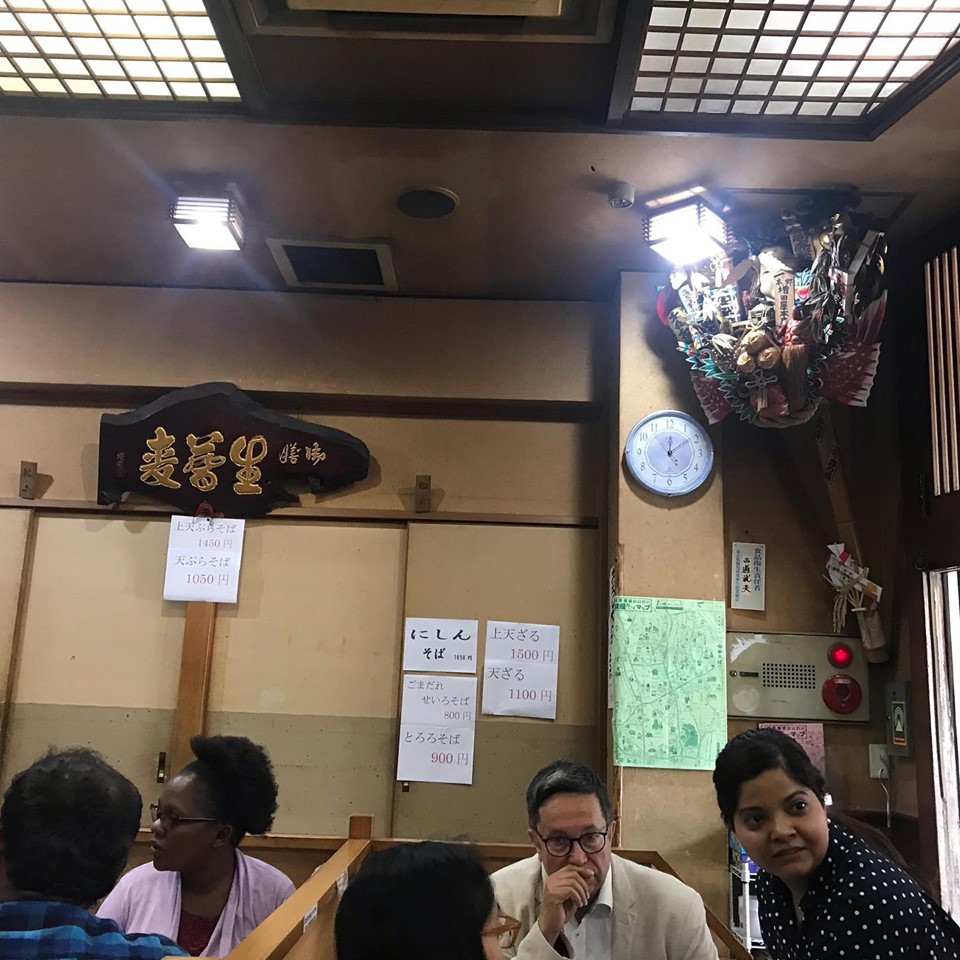
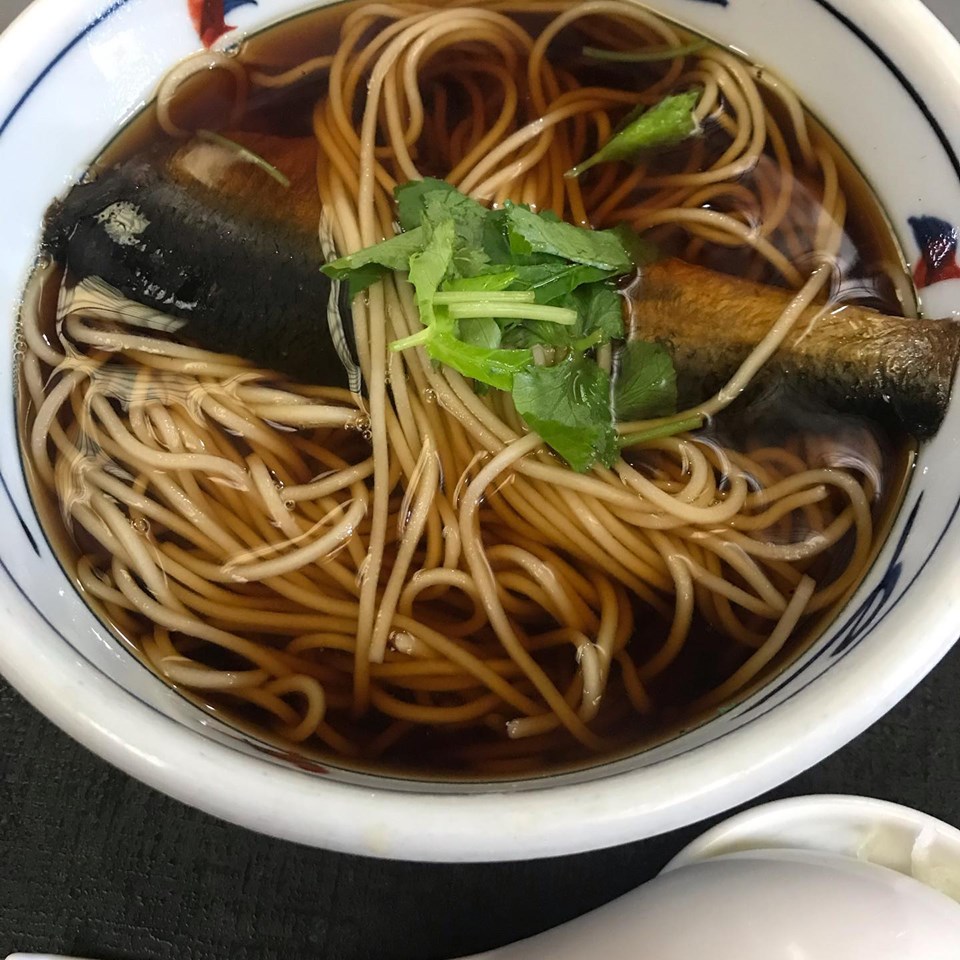
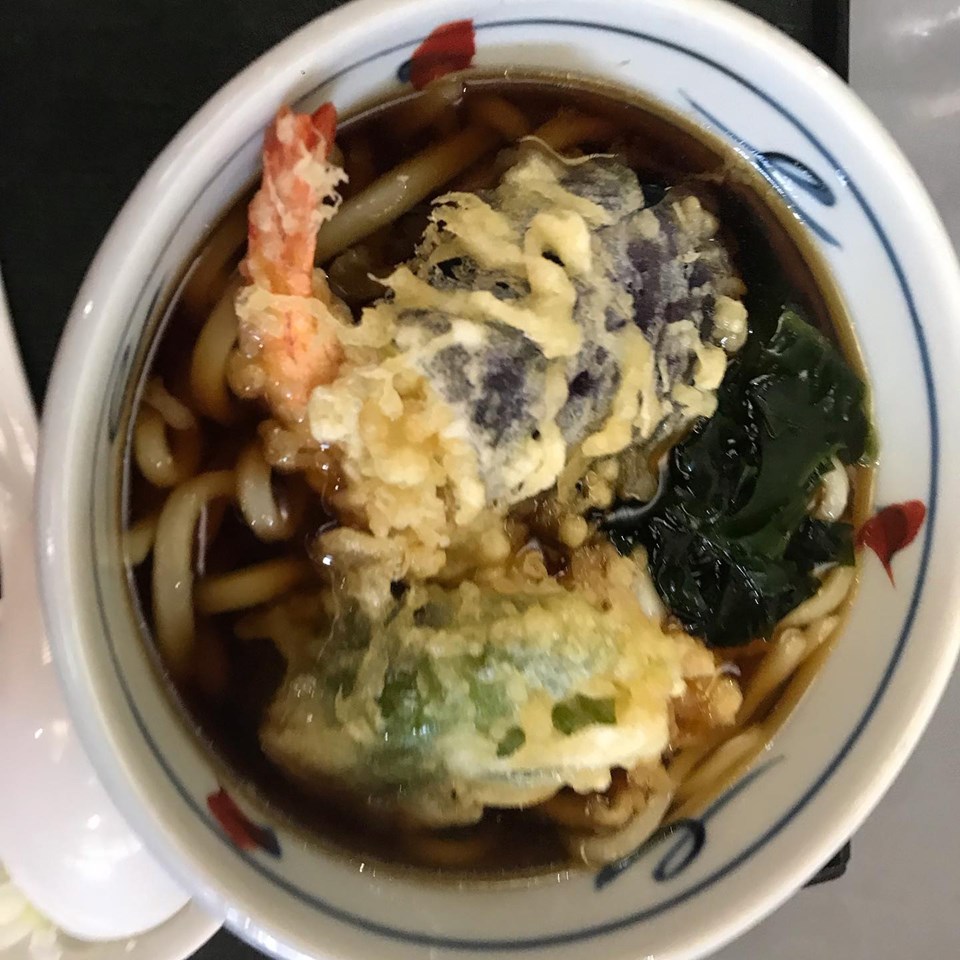
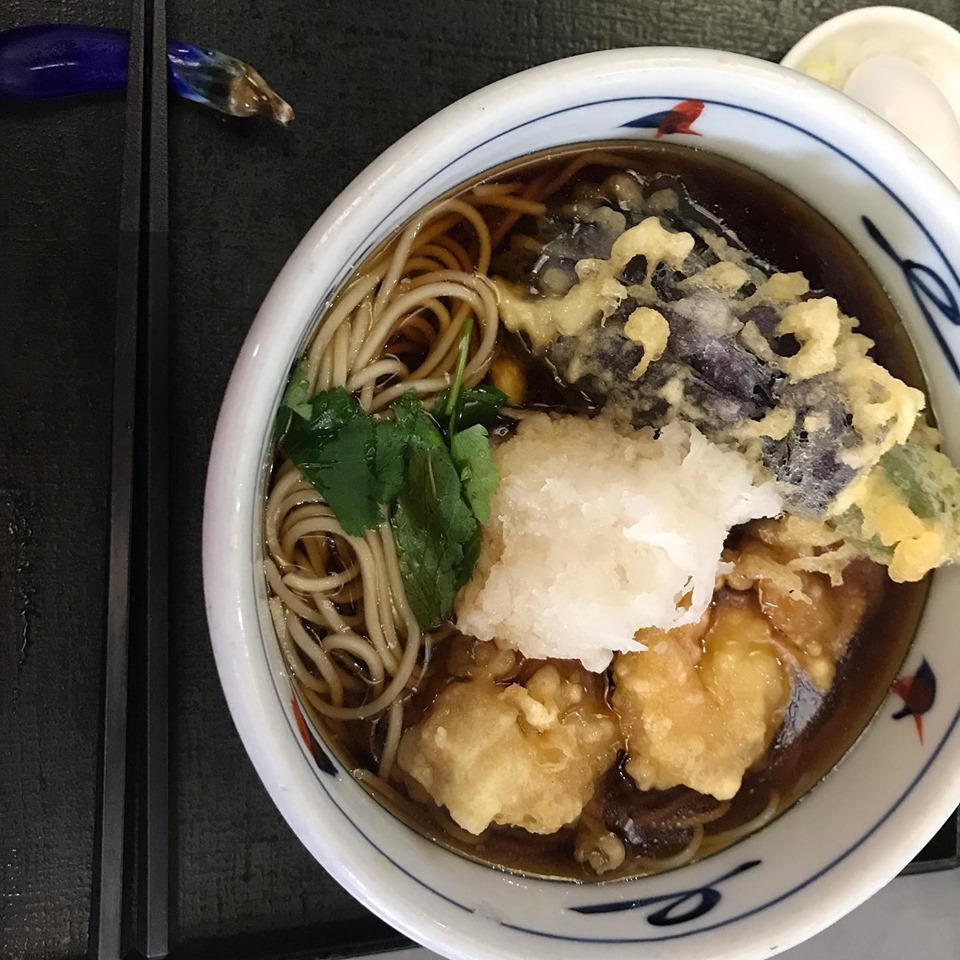
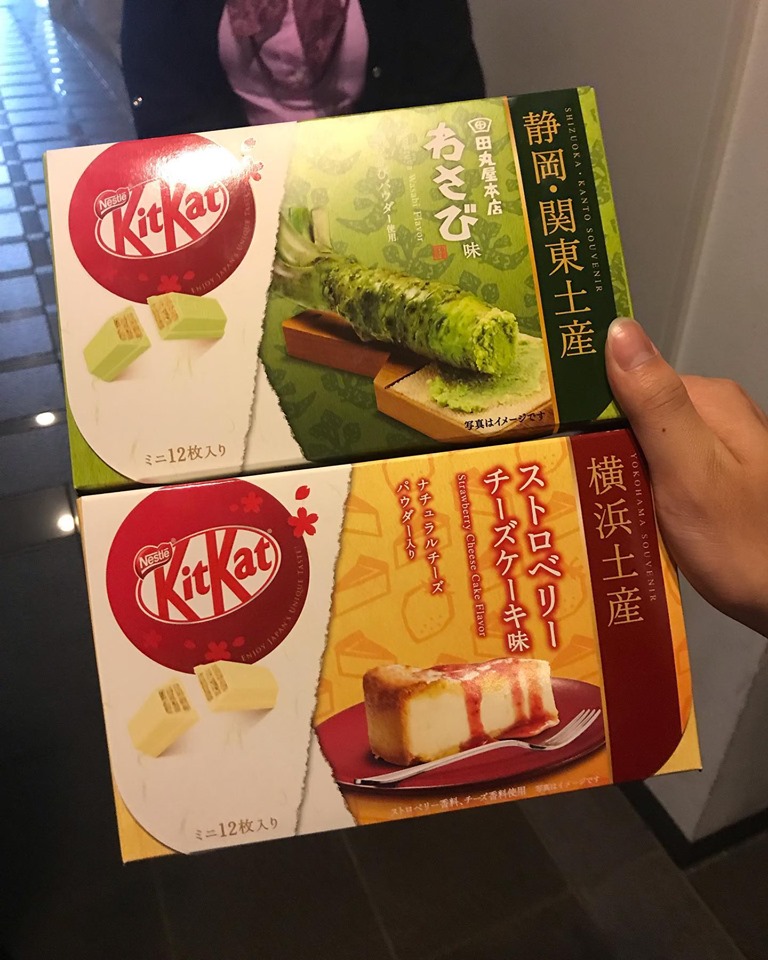
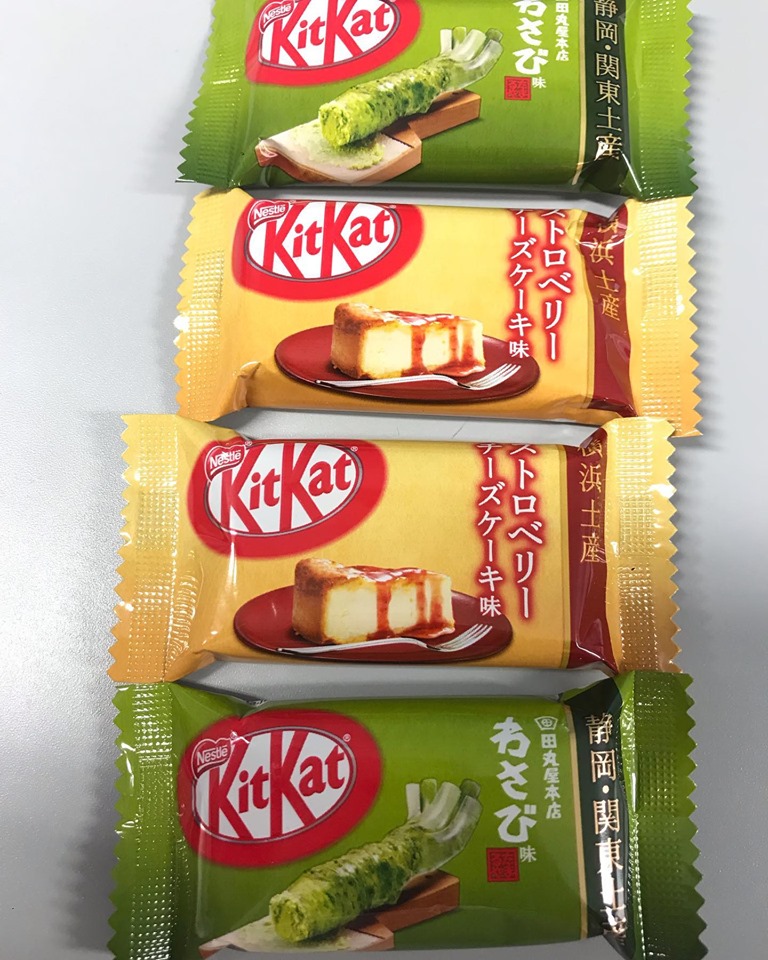
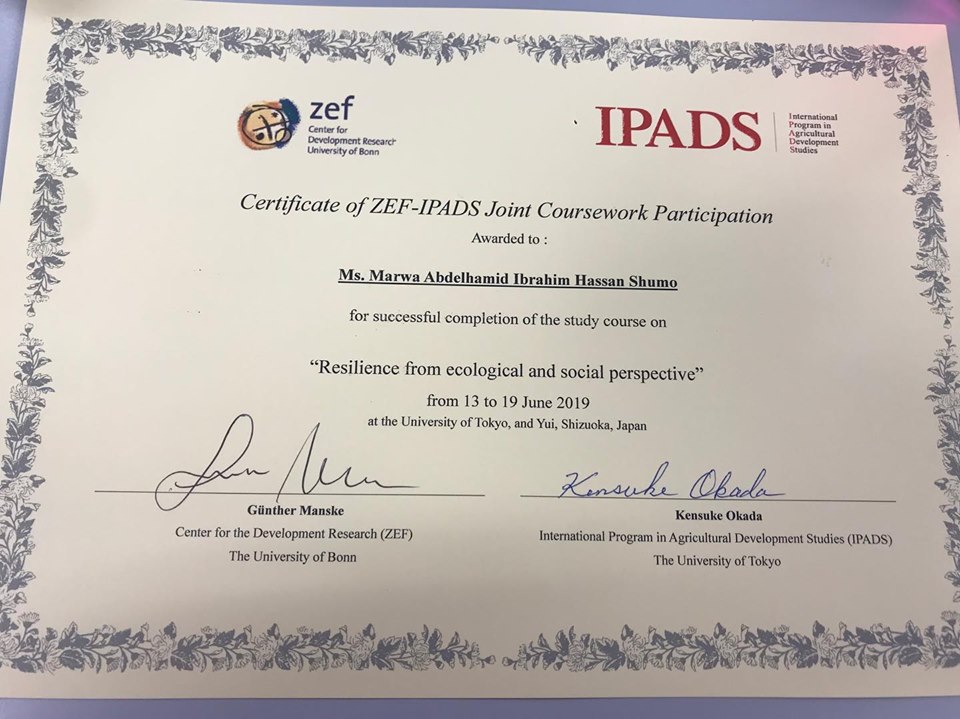

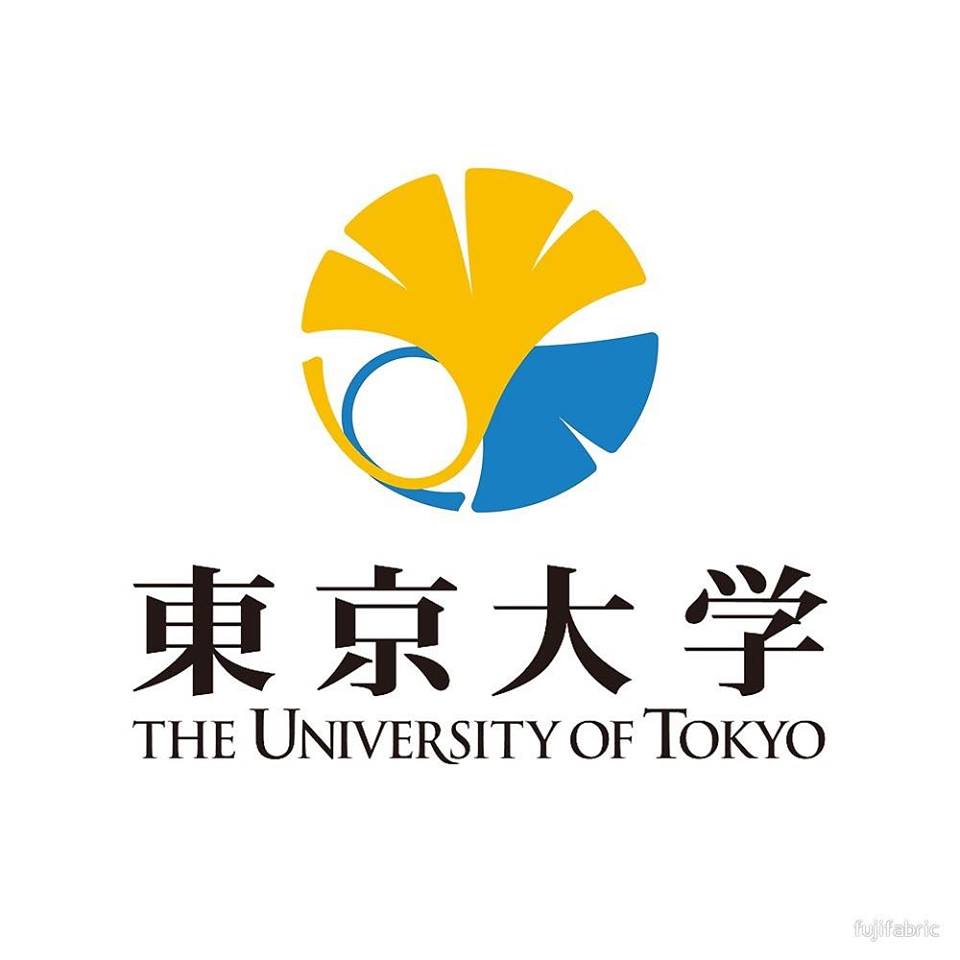
Farewell beautiful Japan
Some of the thoughts that crossed my mind enroute to Germany once I left Japan: Between Germany and Japan, I understood that “resilience” is a learnt -behavior ignited by will power, hope and the longing to move forward in dignity.
While preparing for this blog post, I came across the following images of Japan and Germany on twitter. The common virtues that both the German and Japanese nations share are visible to the naked eye. People belonging to the two nations adore nature and arts to start with, but what they have in common runs much more deeper. The people of the two nations respect time, boundaries and adhere to high work ethics. They also maintain a high level of self governance, awareness and motivation. While looking at the images from post world war Japan and Germany, I thought to myself, nothing resembles resilience more than the state of both Germany and Japan today vs. their state post world war. Resilience appears to be a learnt -behavior, if the Germans and the Japanese could learn to be this resilient then everyone else could learn as well. But, its also fair to say, that learning alone is not enough, there must a strong will, a sense of responsibility as well as the willingness to lead a life of dignity in order for us to become resilient not only towards wars, catastrophes and natural disasters, but also towards injustice and corruption.
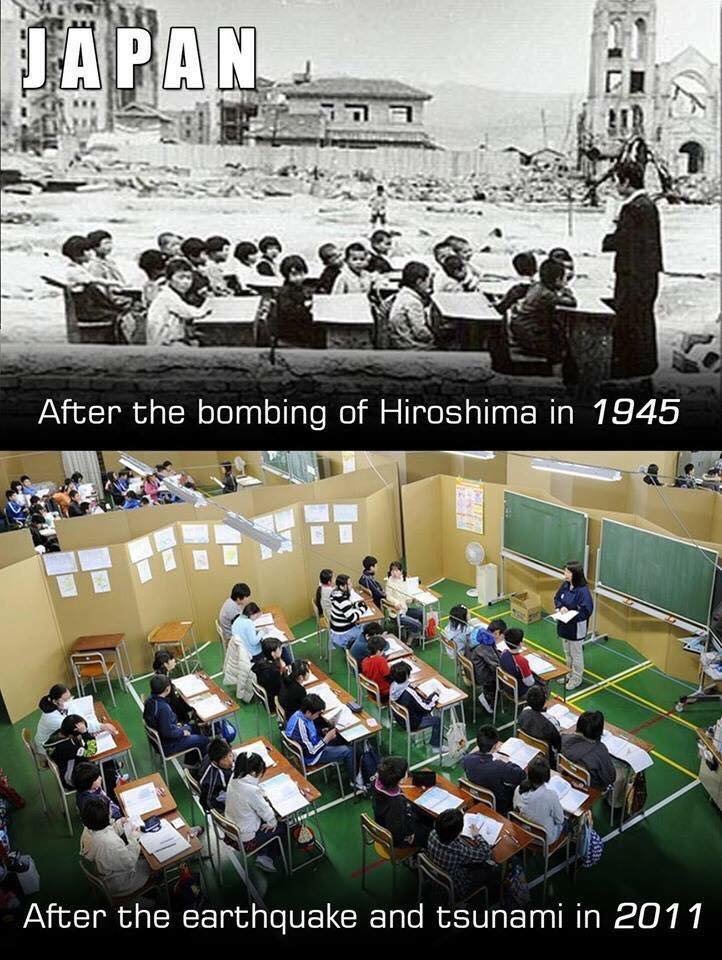

I would like to thank Dr Hiroe for organizing such a unique program for us and Dr. Takashi for planning the wonderful field excursion along the coast of Suruga Bay. I would also like to thank Prof Okada and Prof Yamamoto for their hospitality, wisdom and the interesting discussions they shared with us. Our IPADS colleagues and friends: Sonali, Diana, Ivan and Charlie and Abby we spent great times together brainstorming and pair-sharing. Apologies for bombarding you all with questions about places to visit, subway lines, Japanese food and where to buy Japanese souvenirs from 

